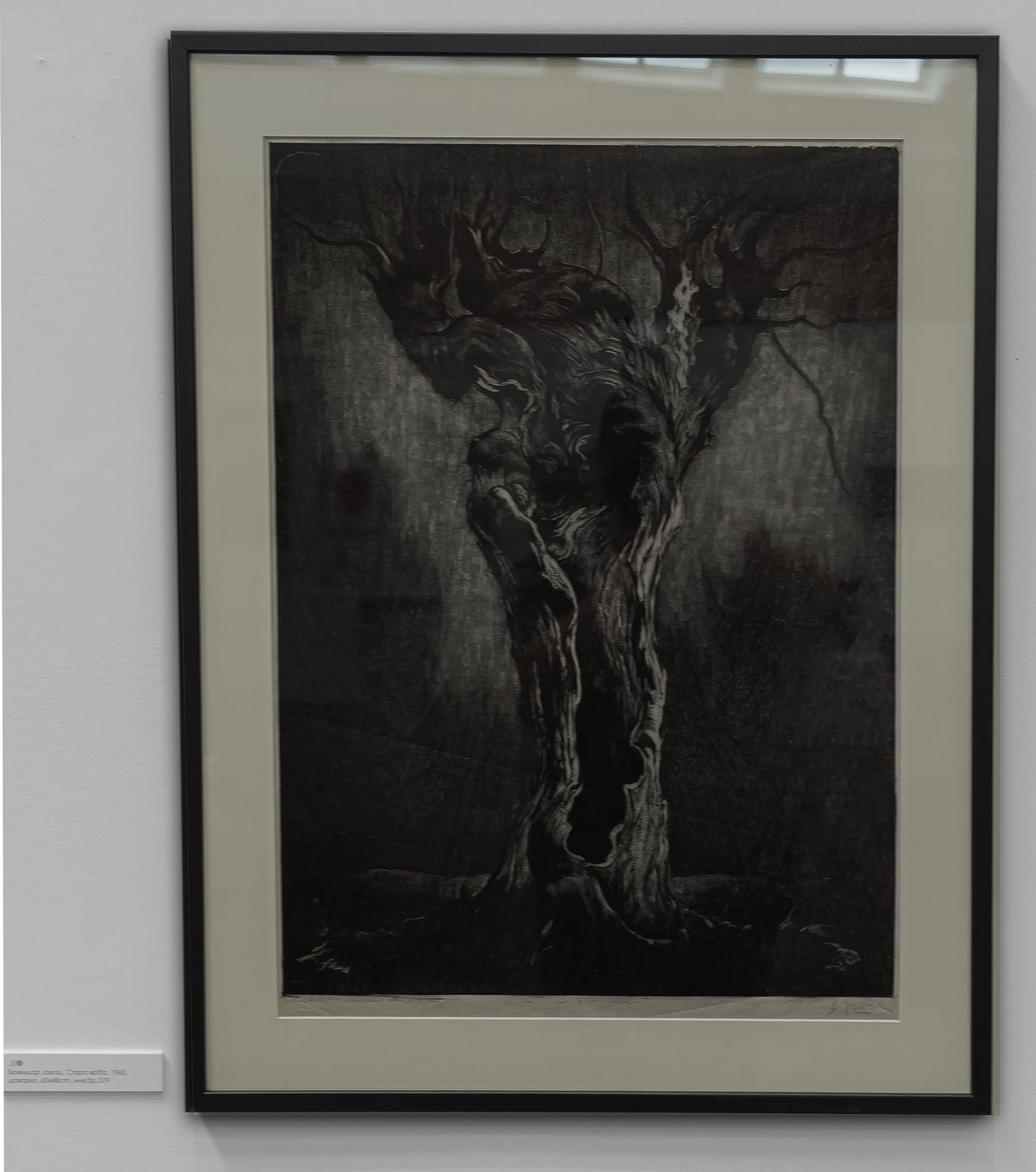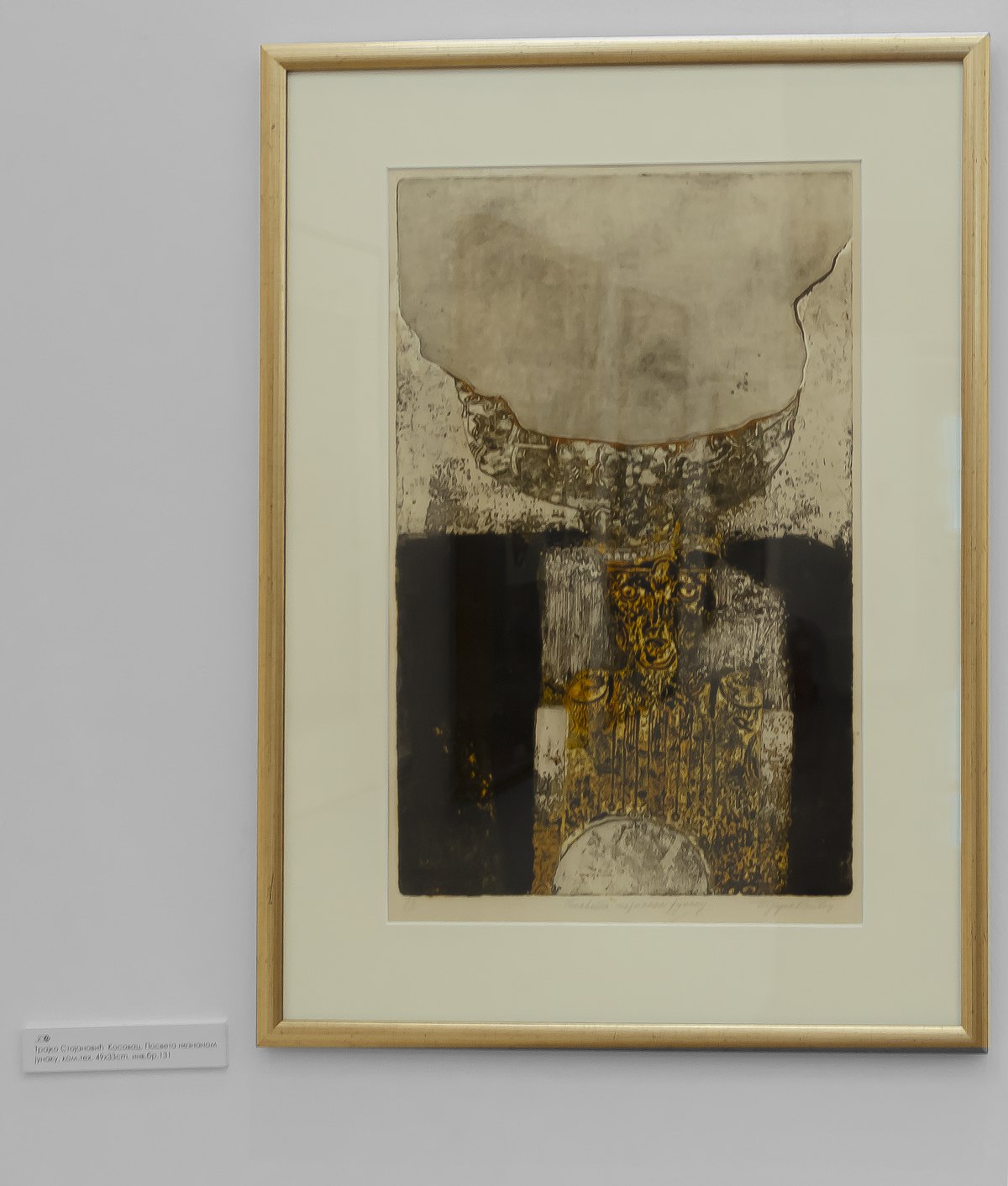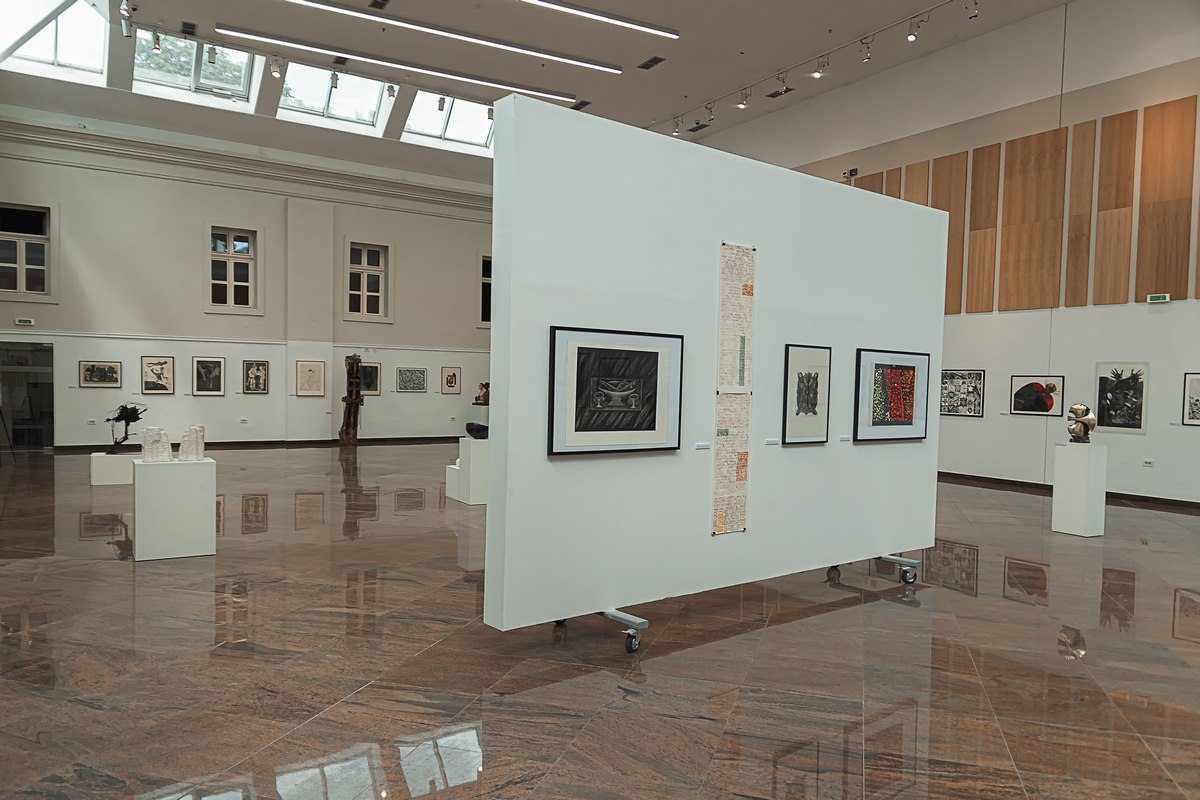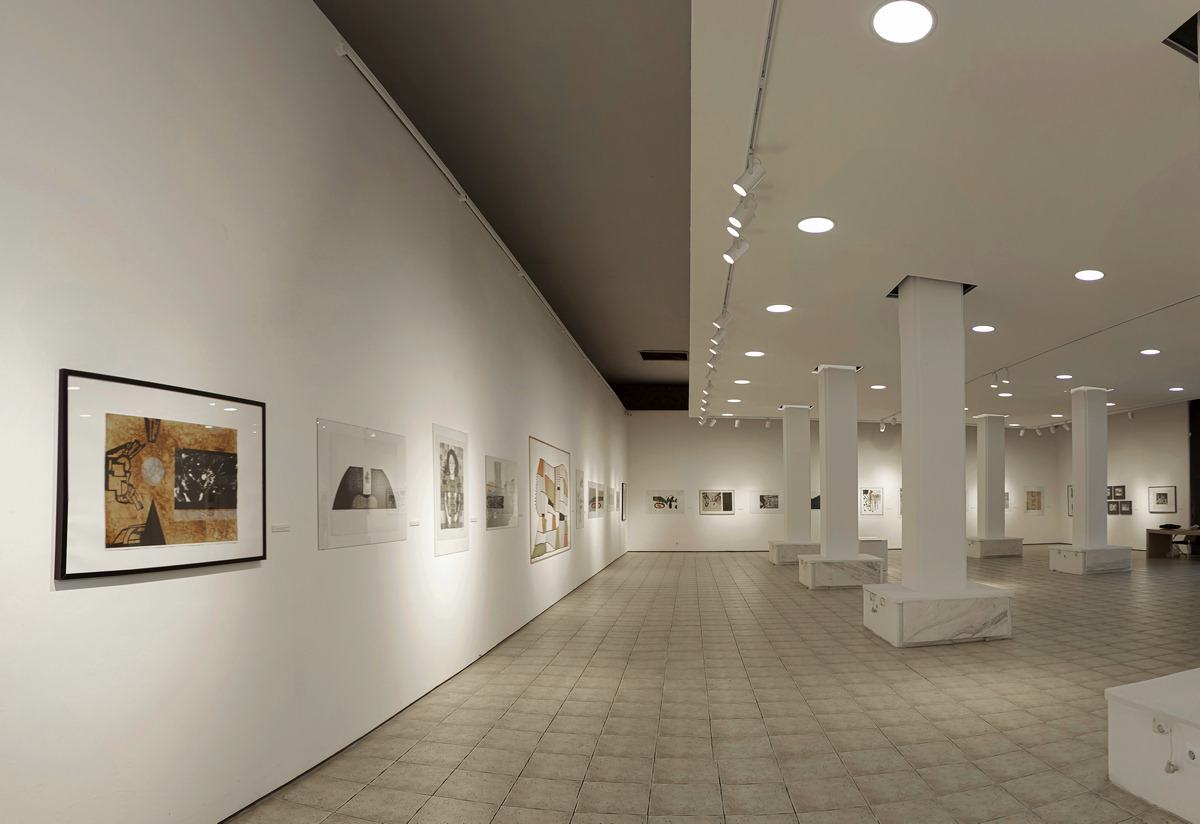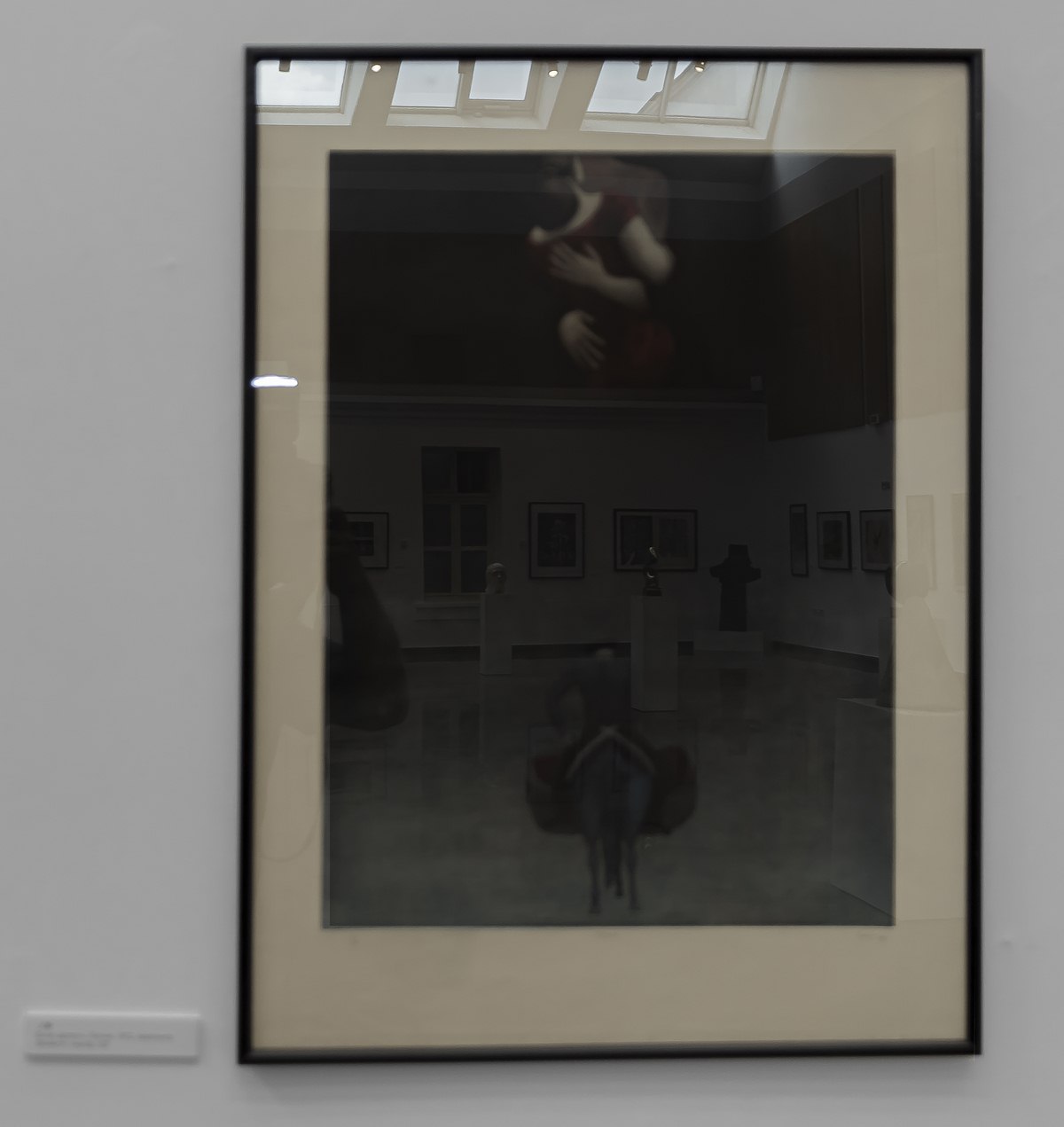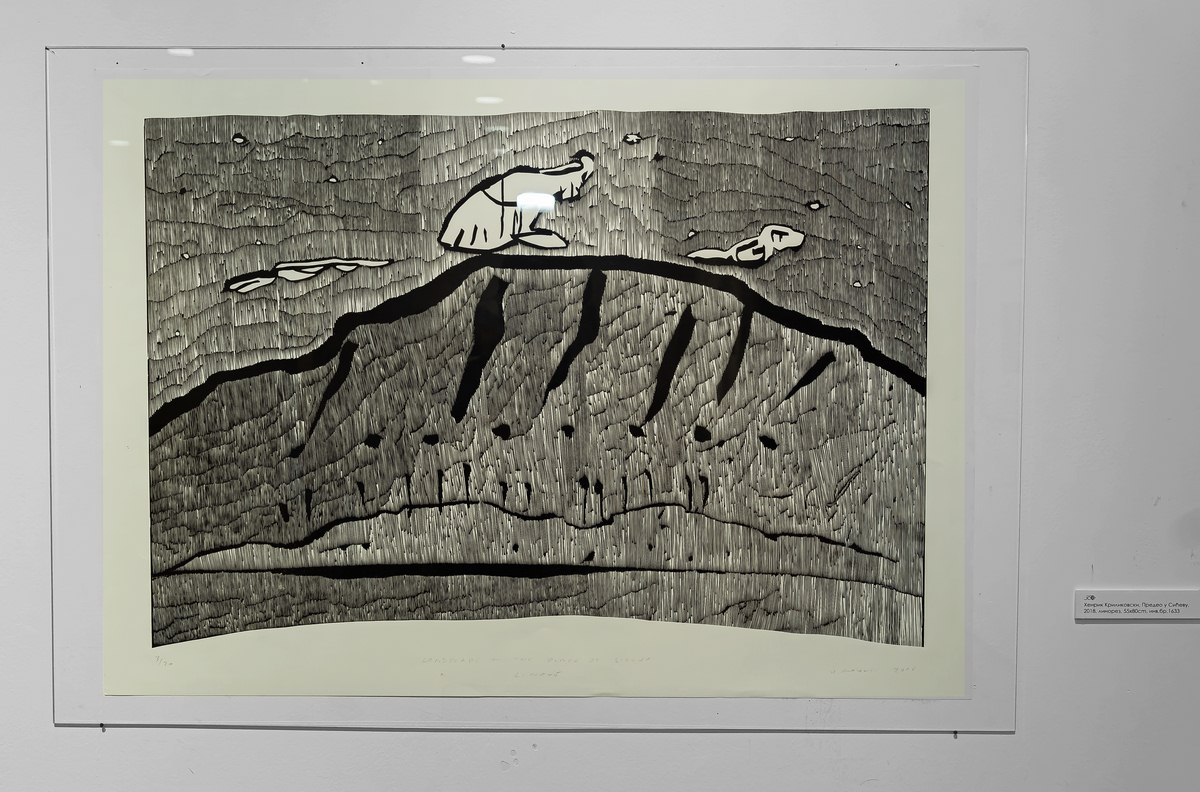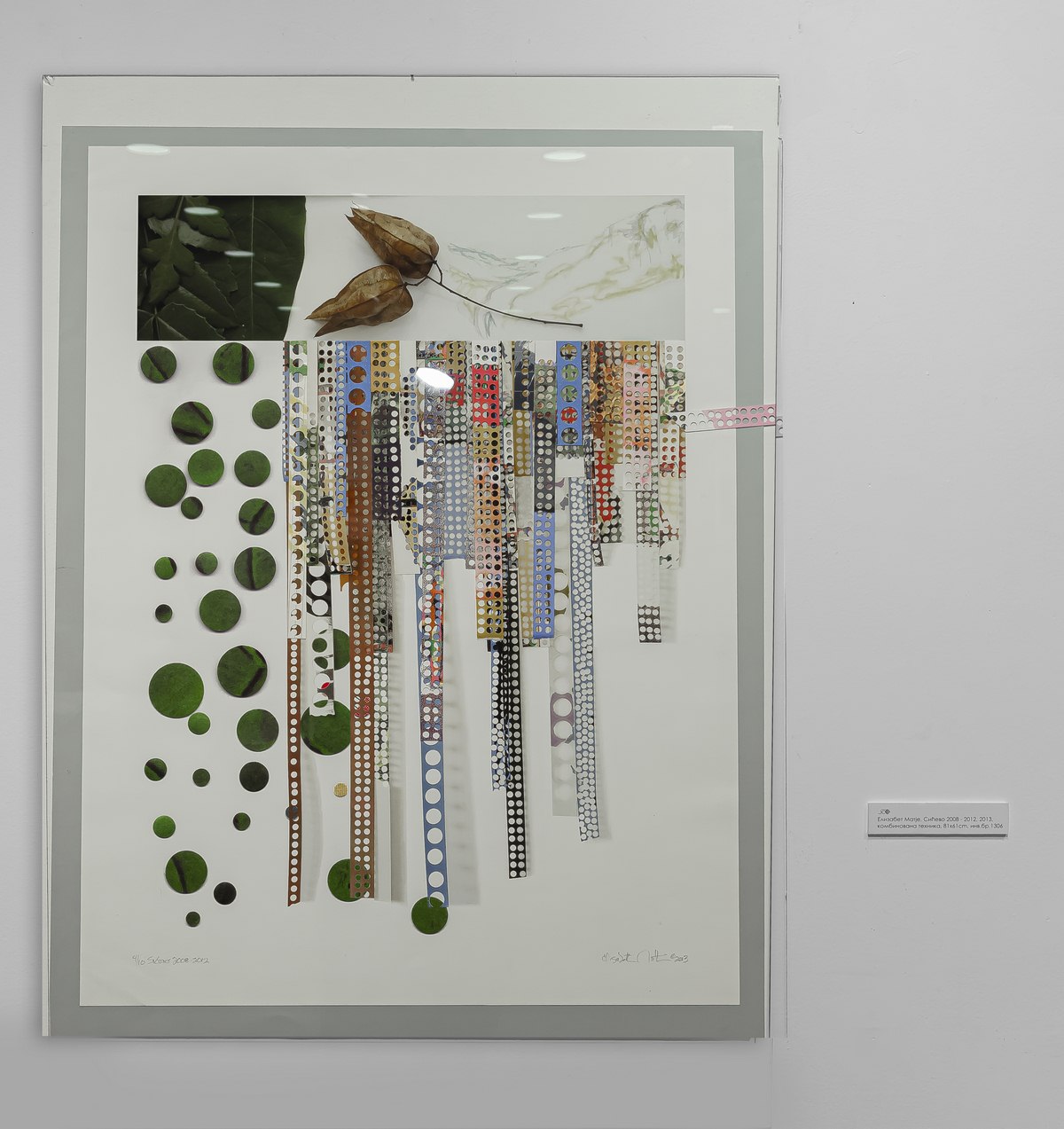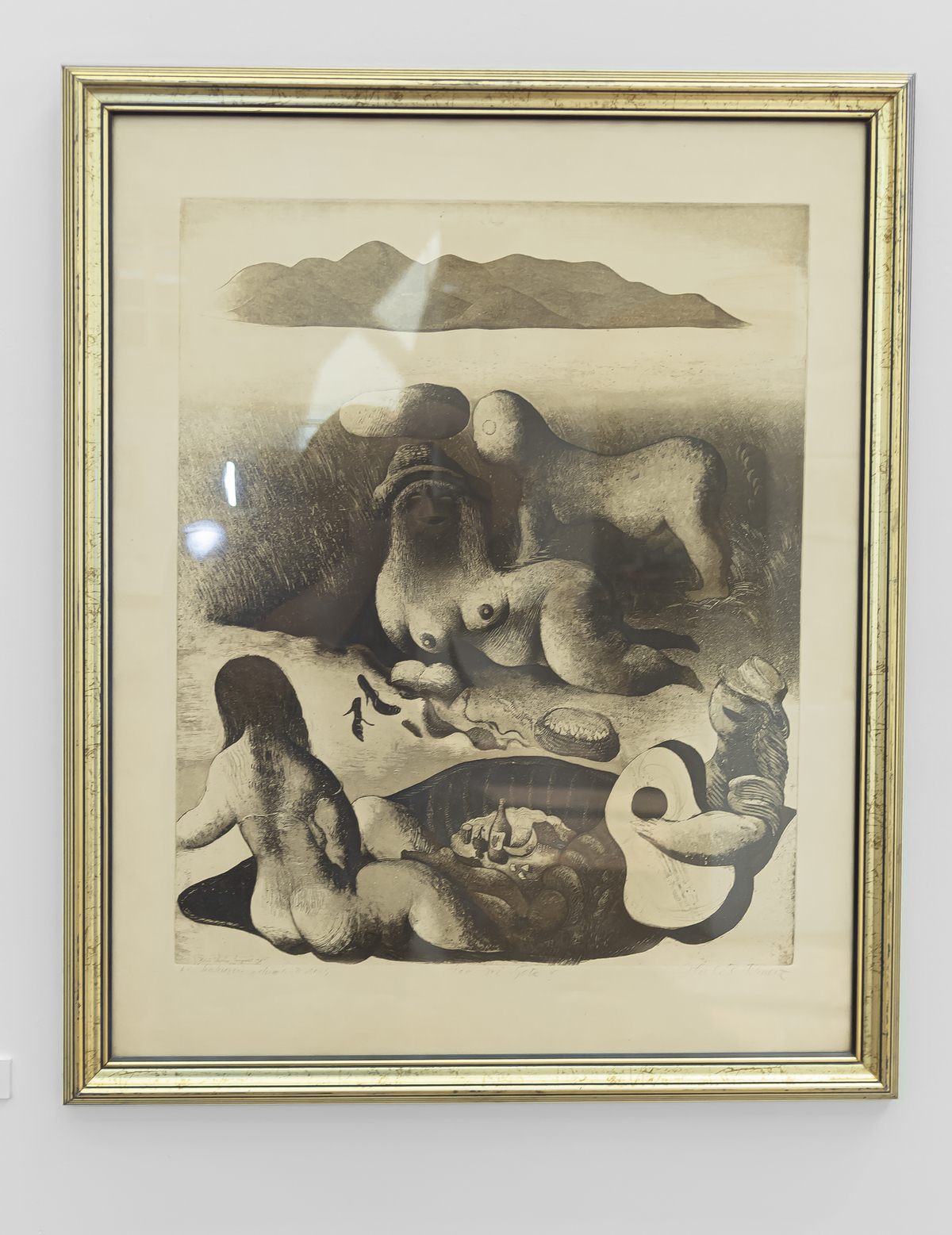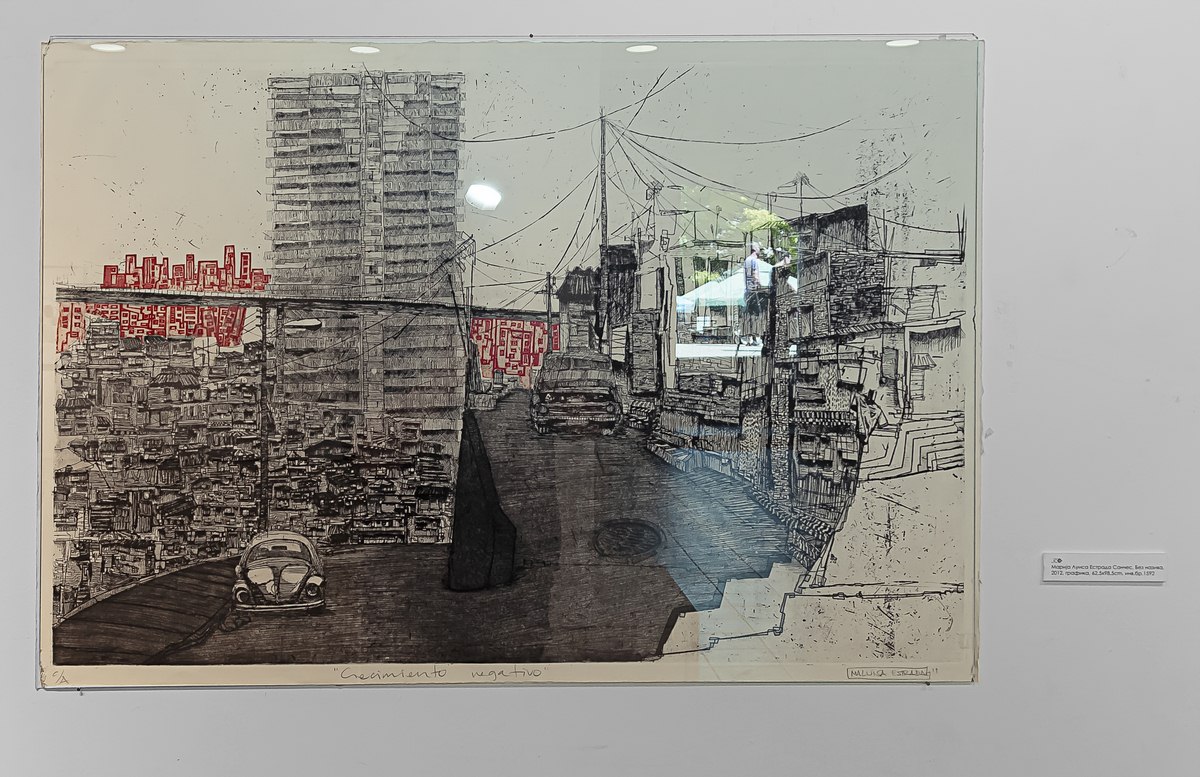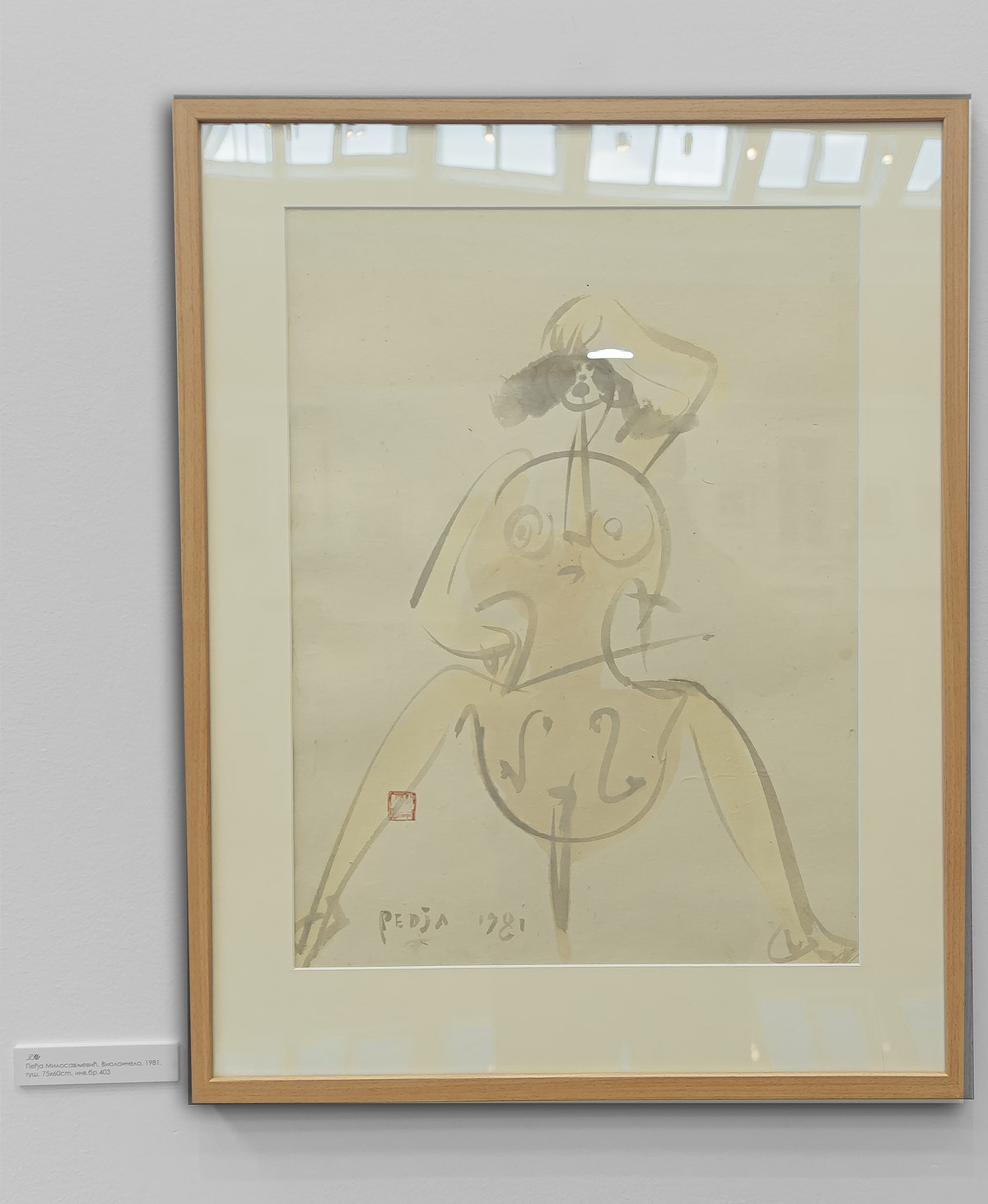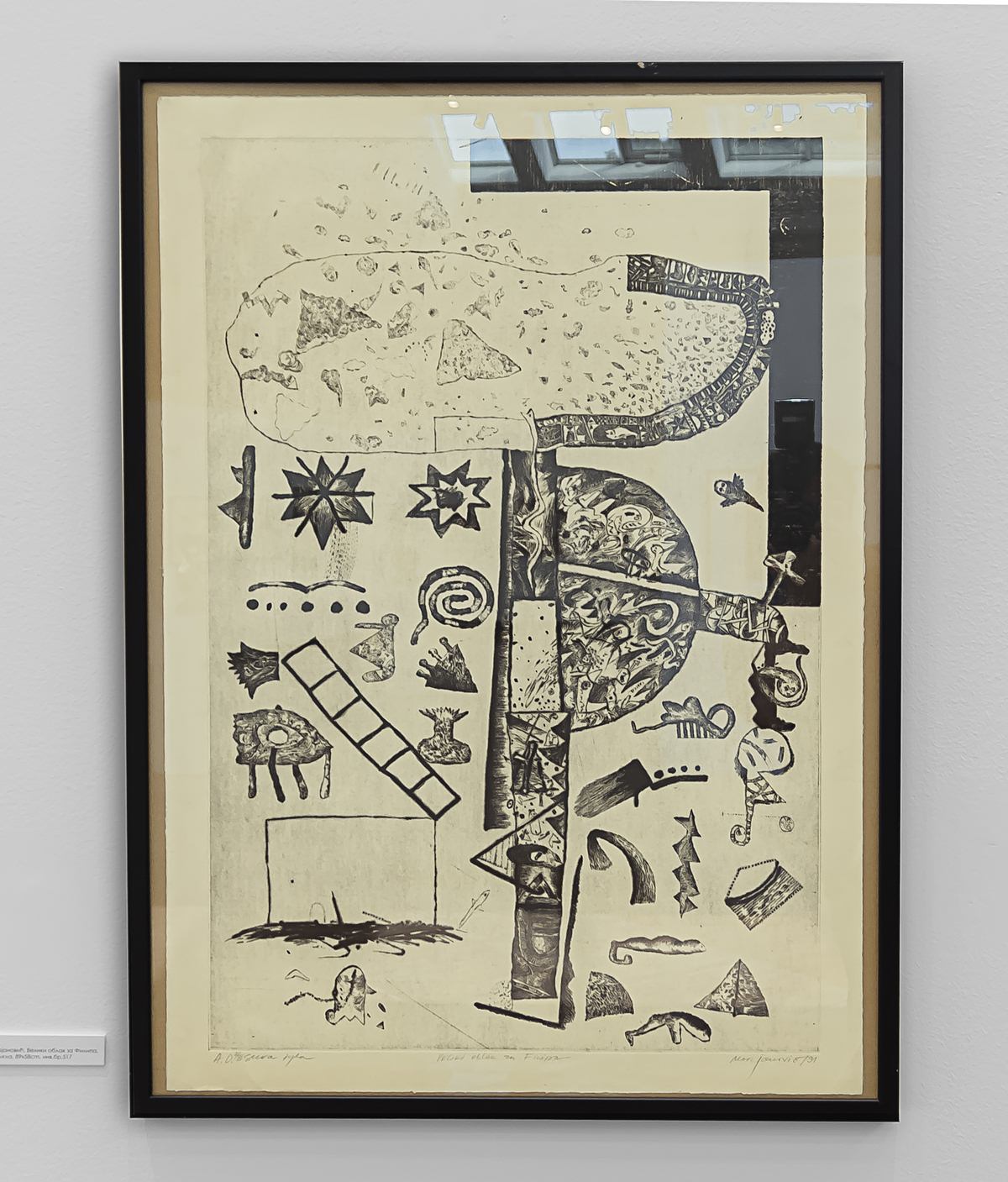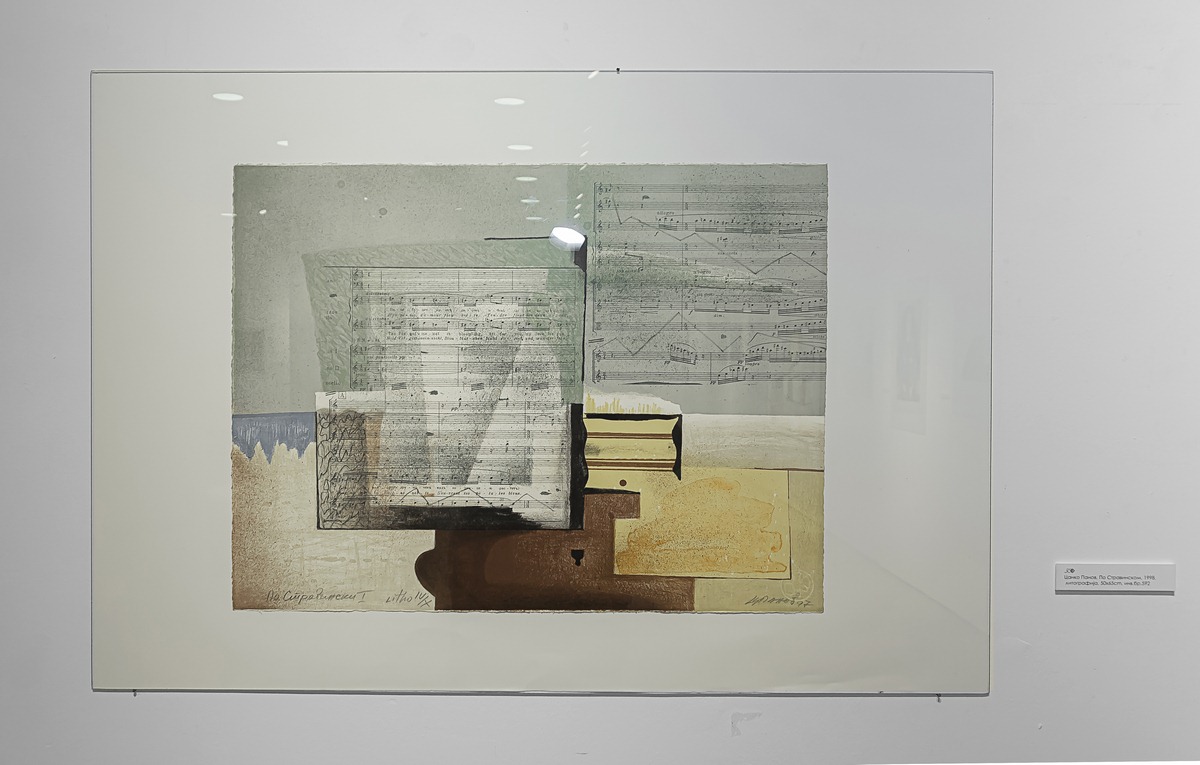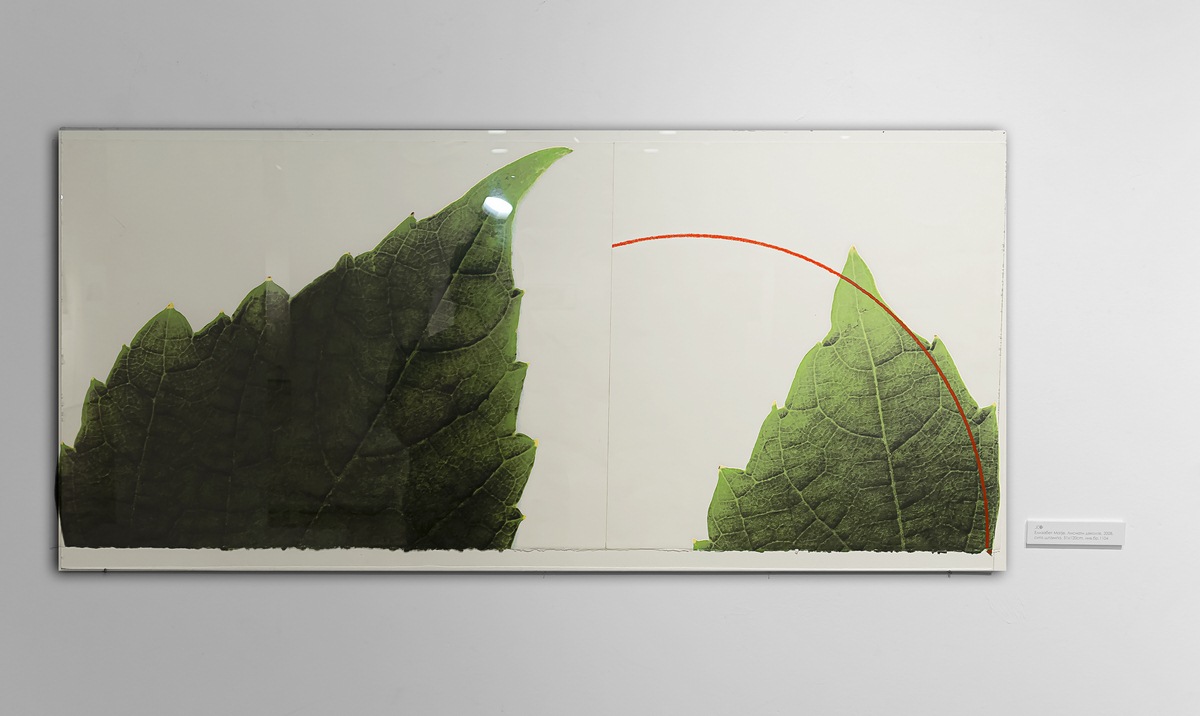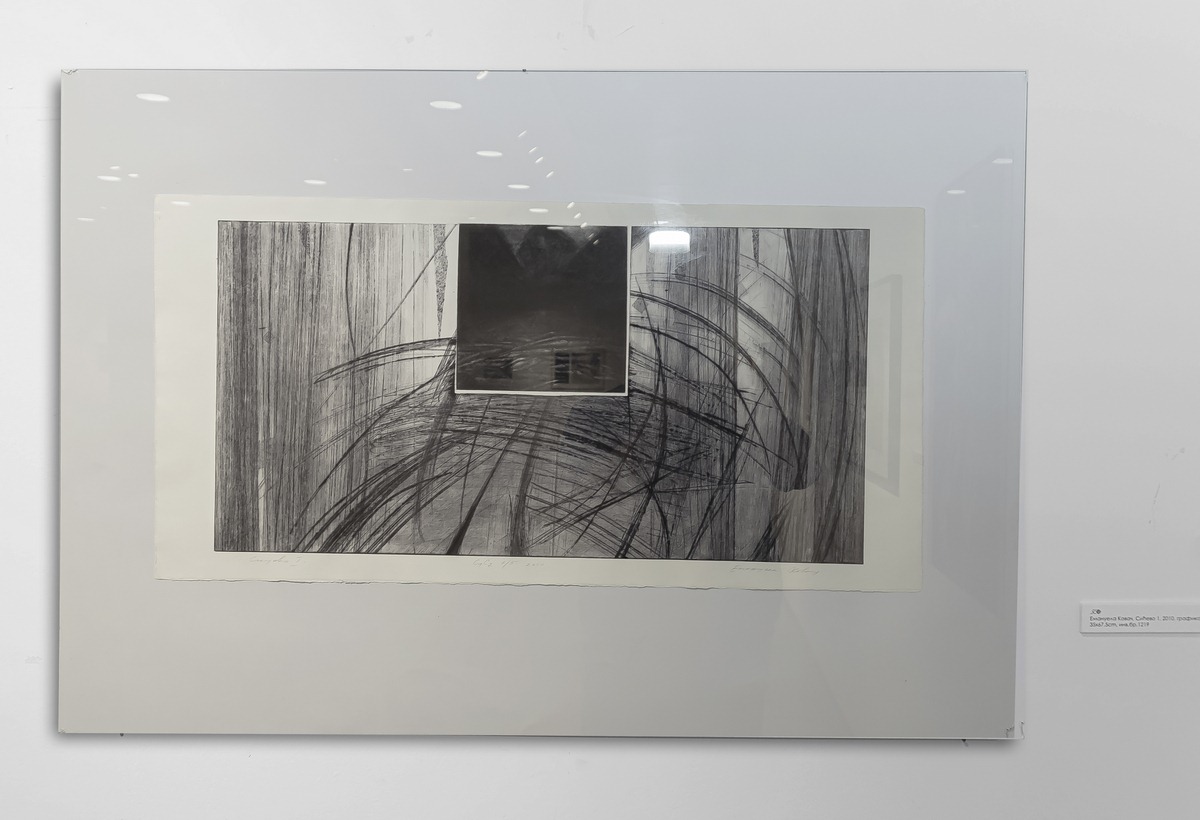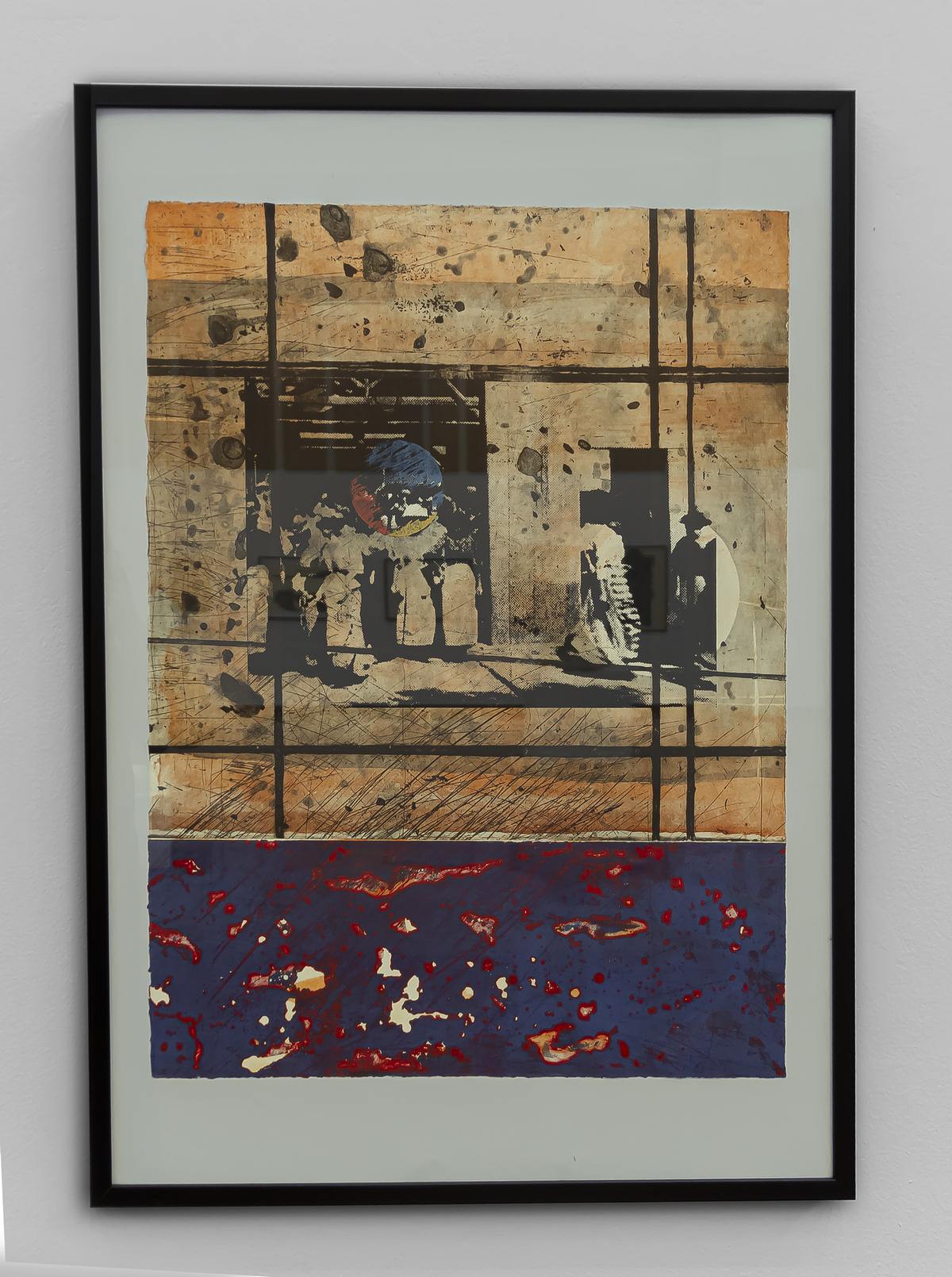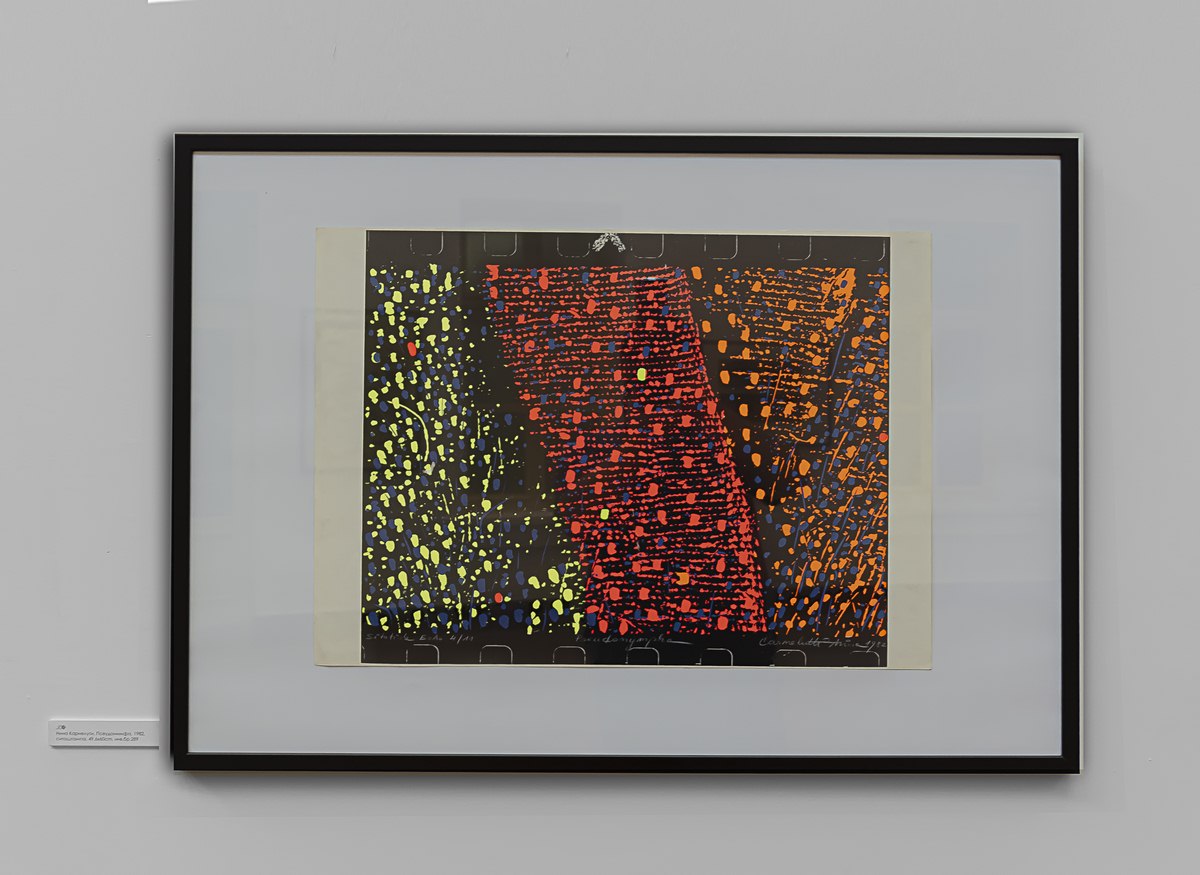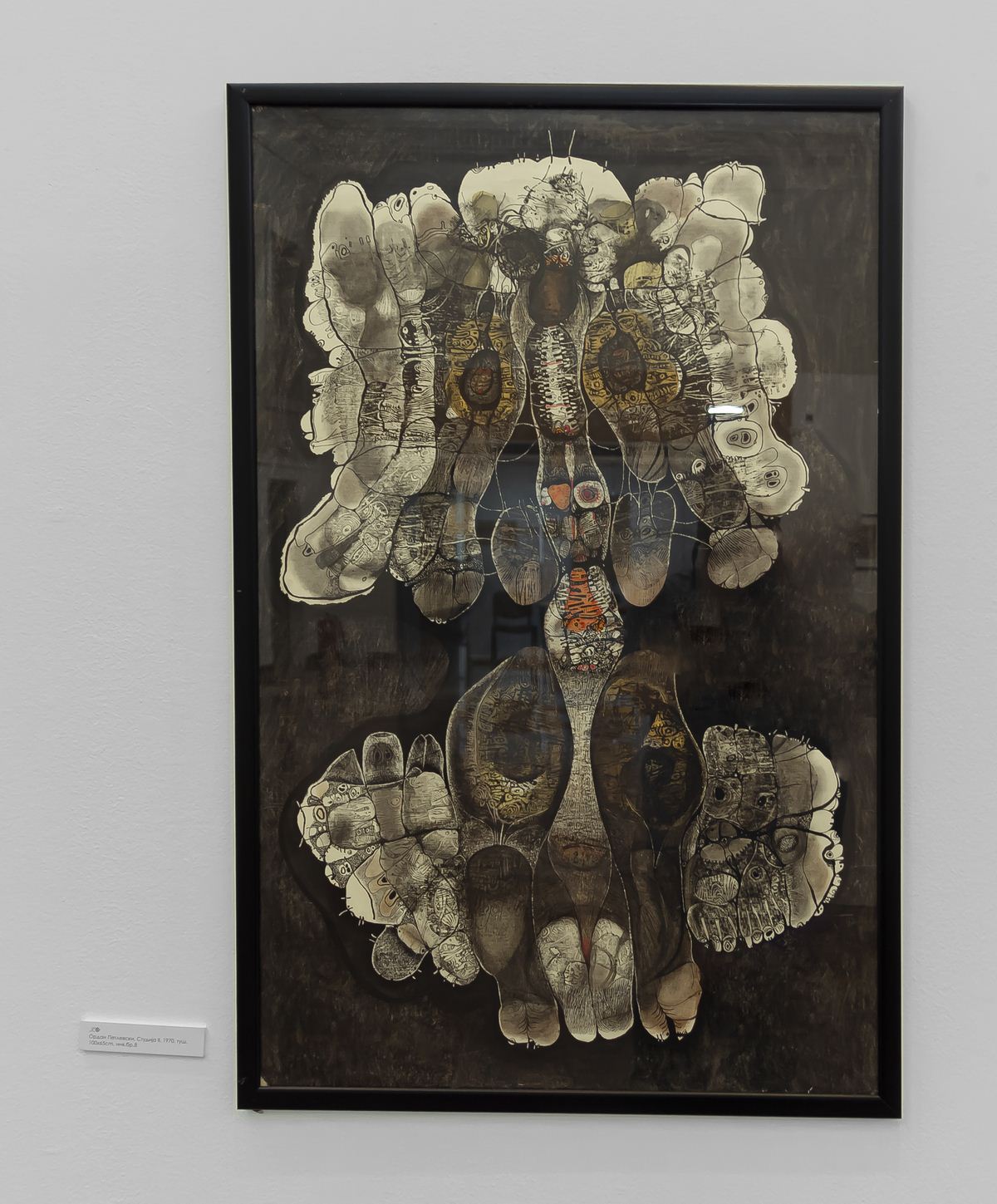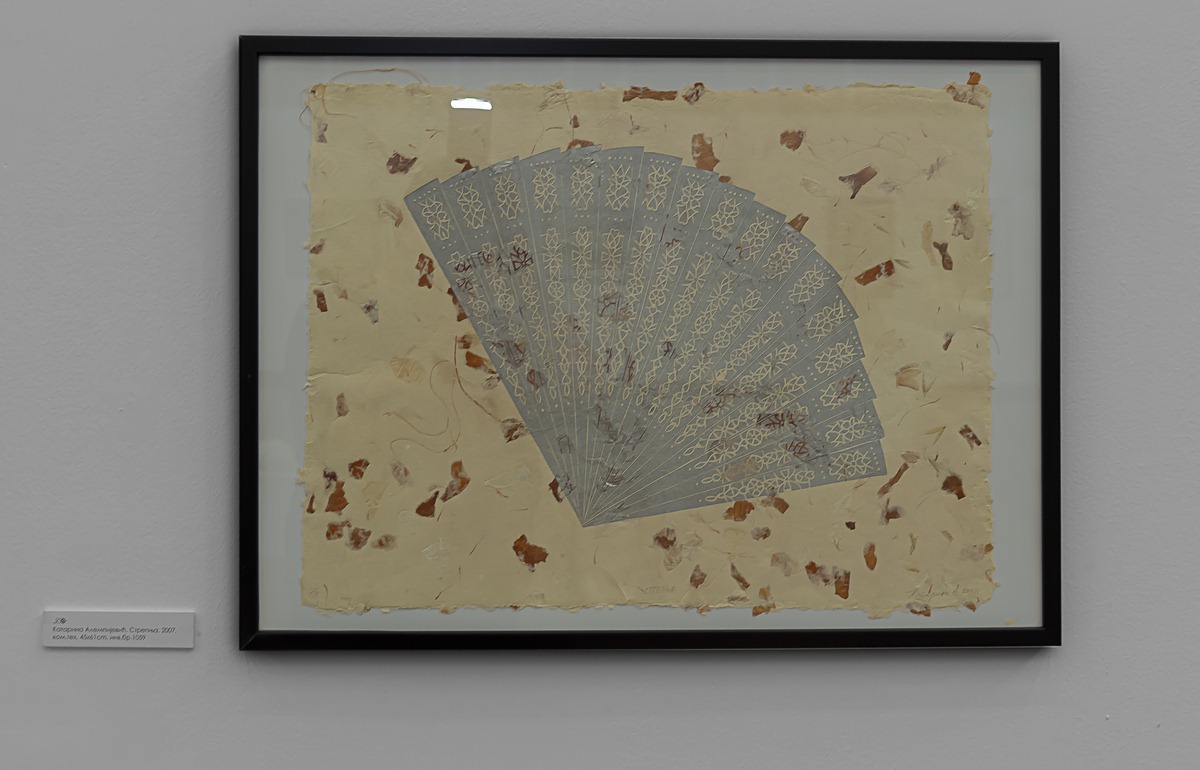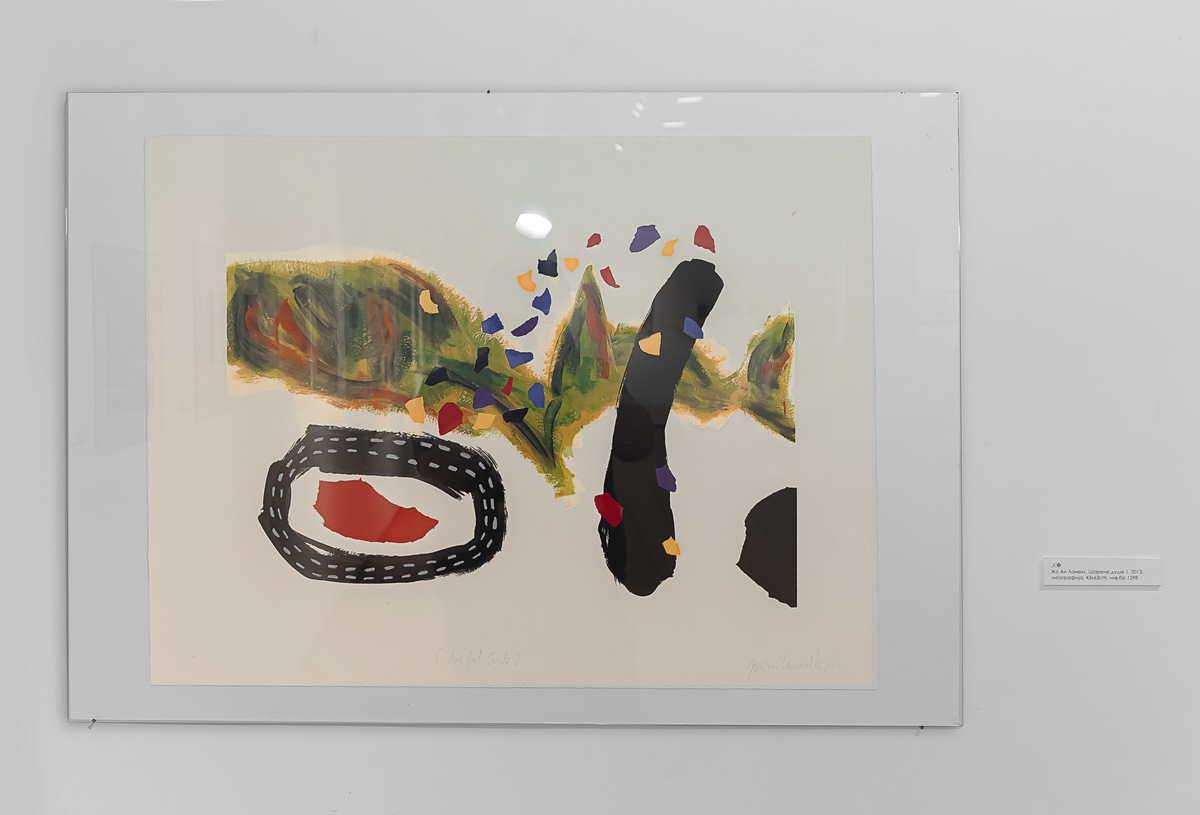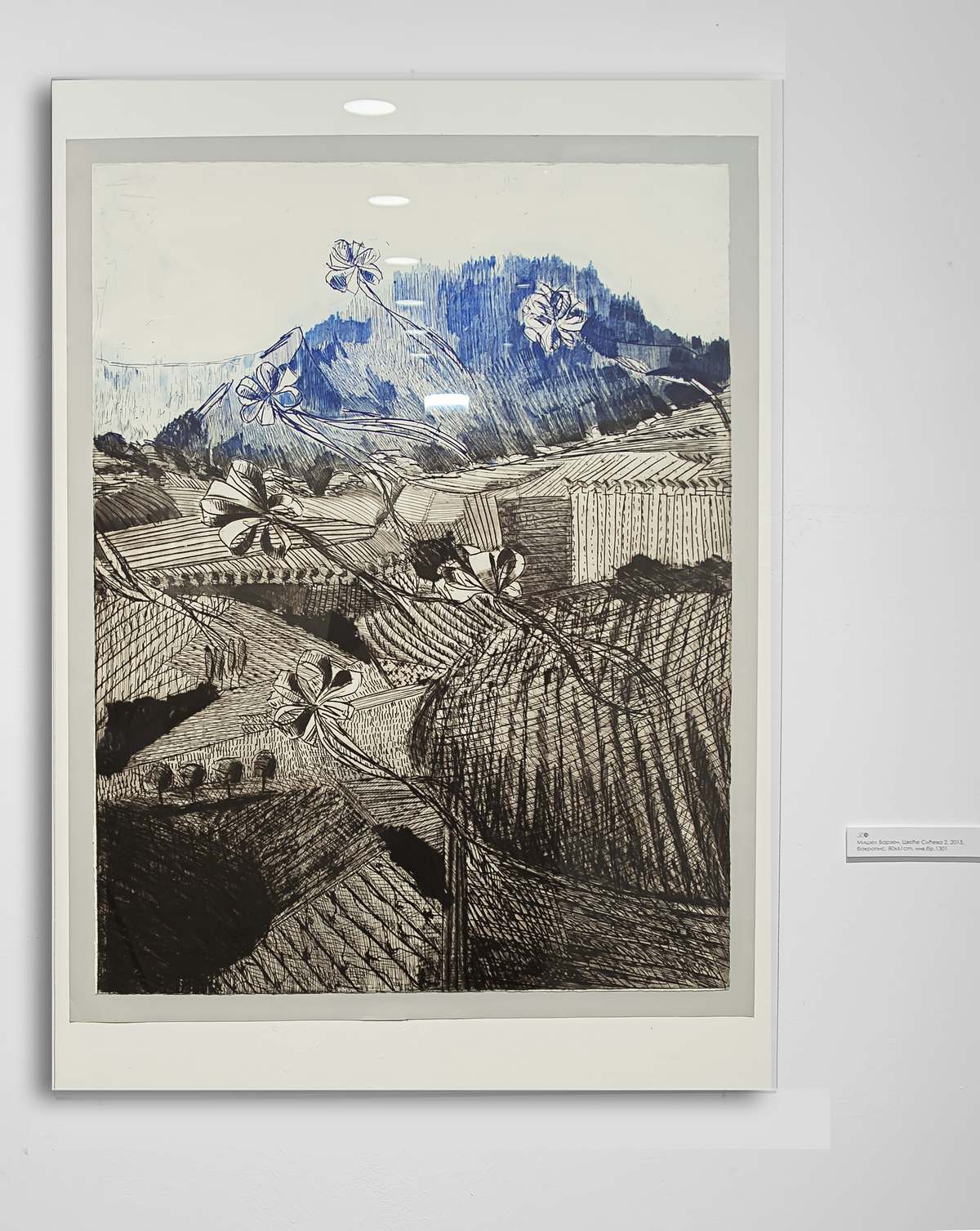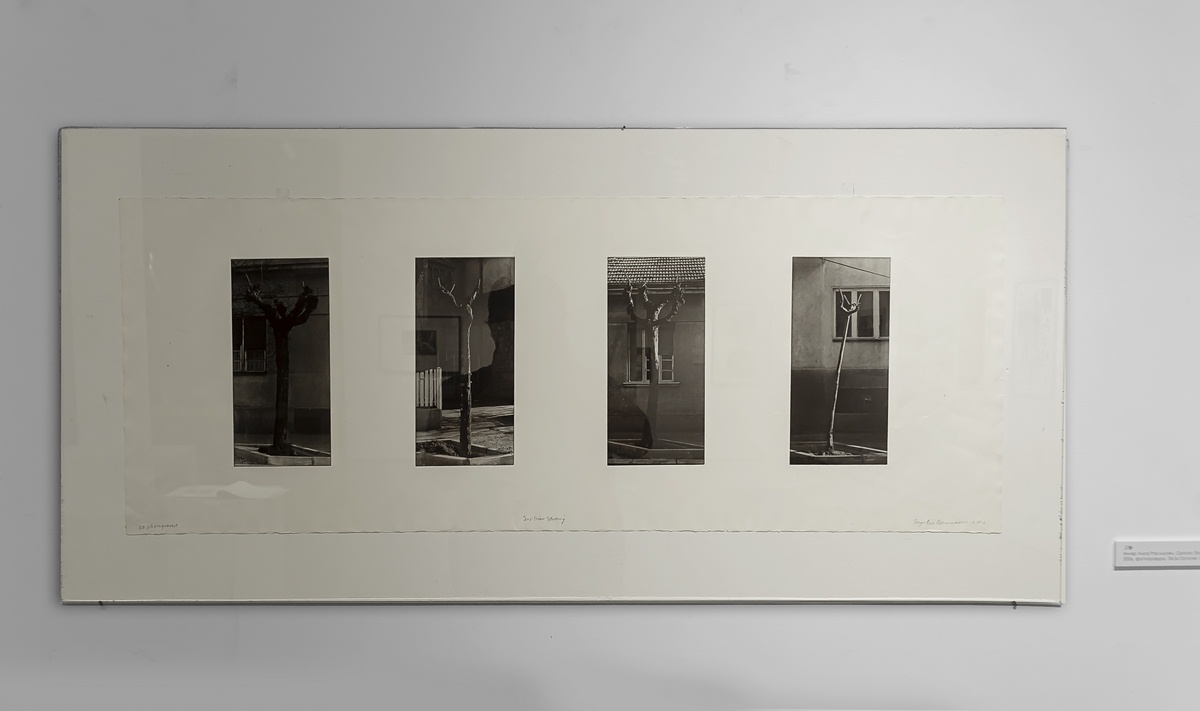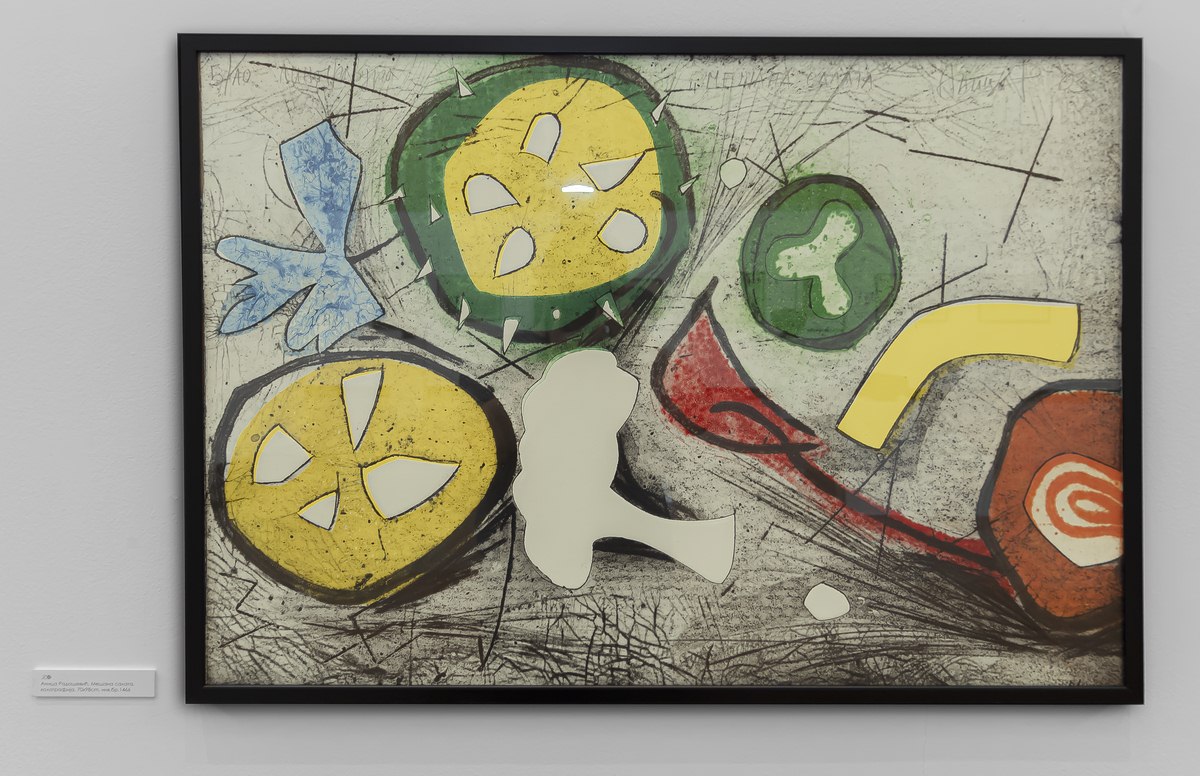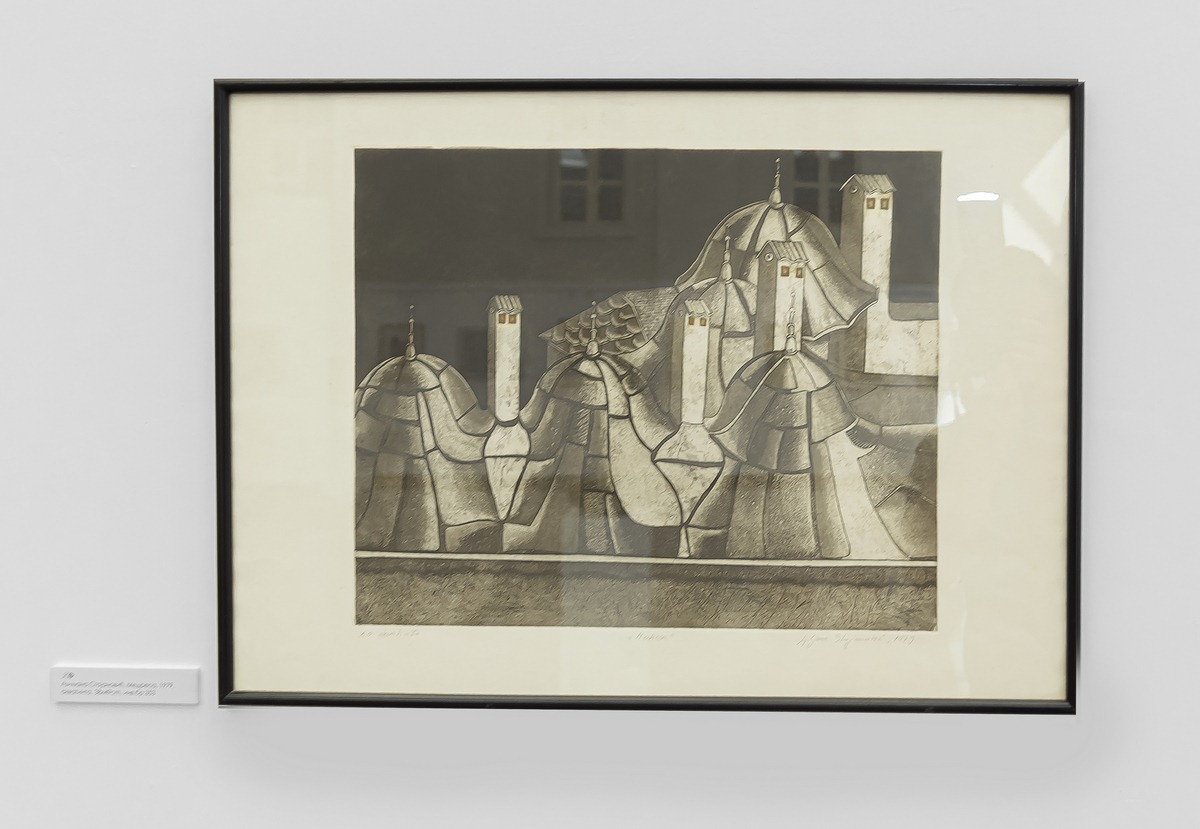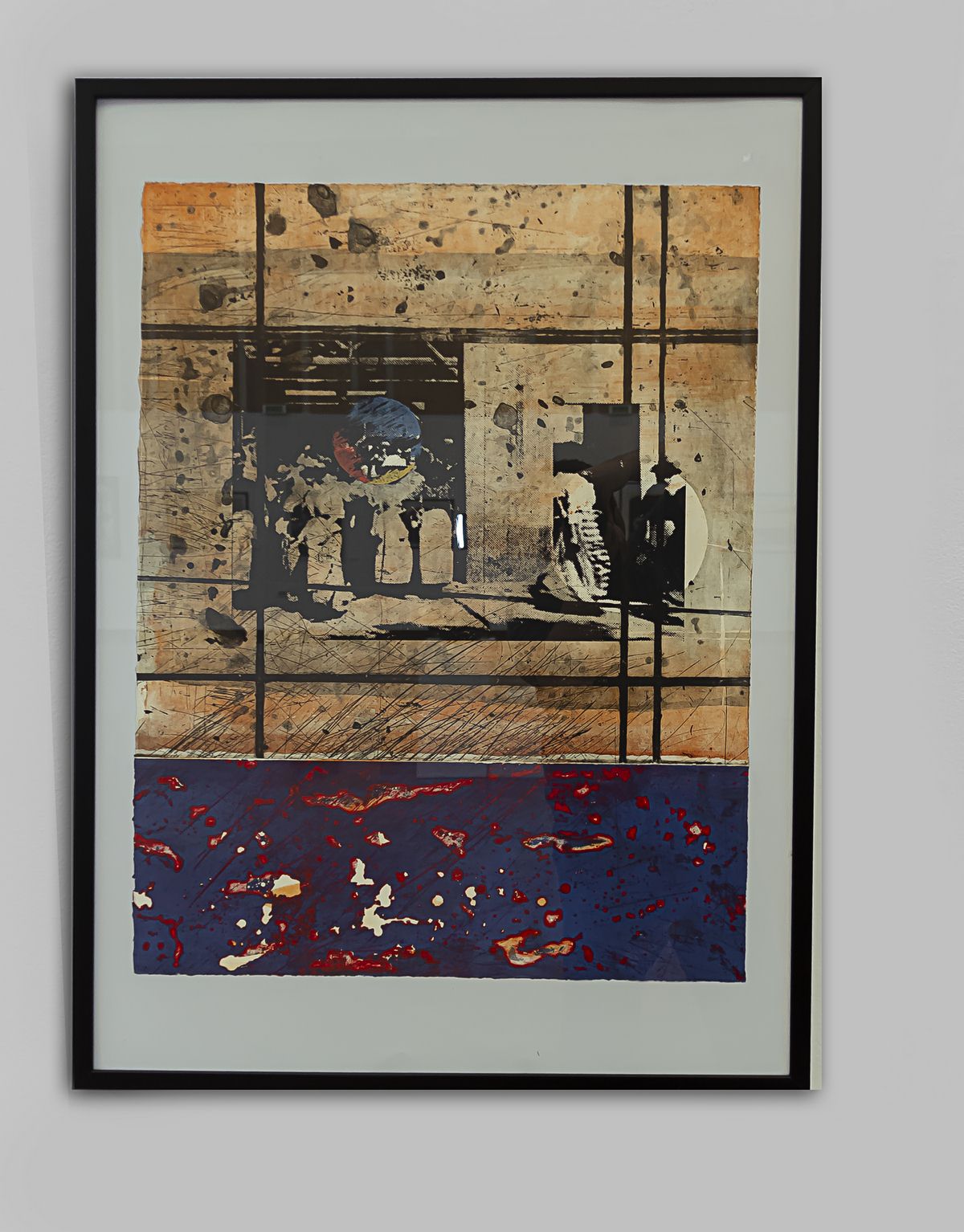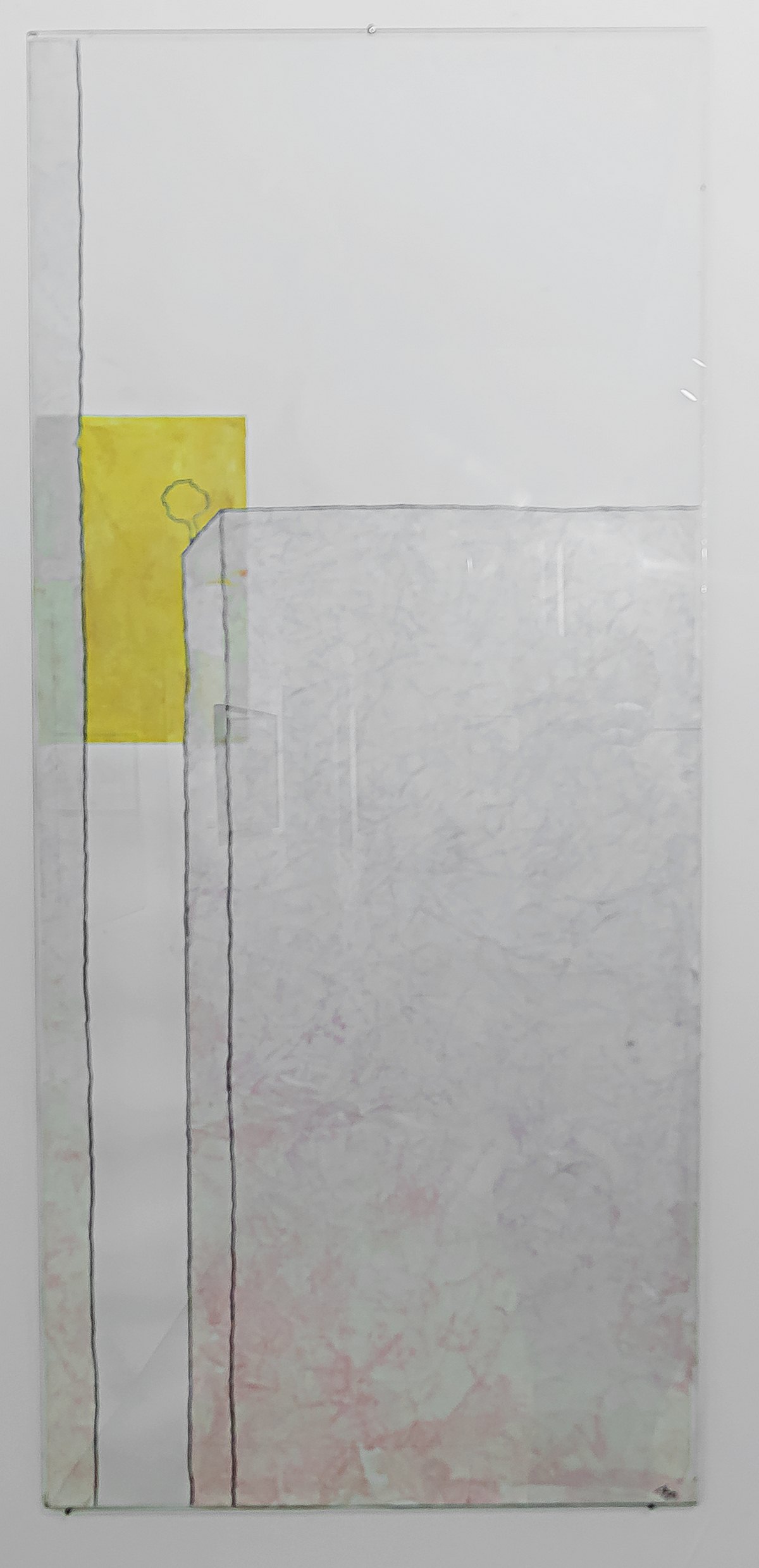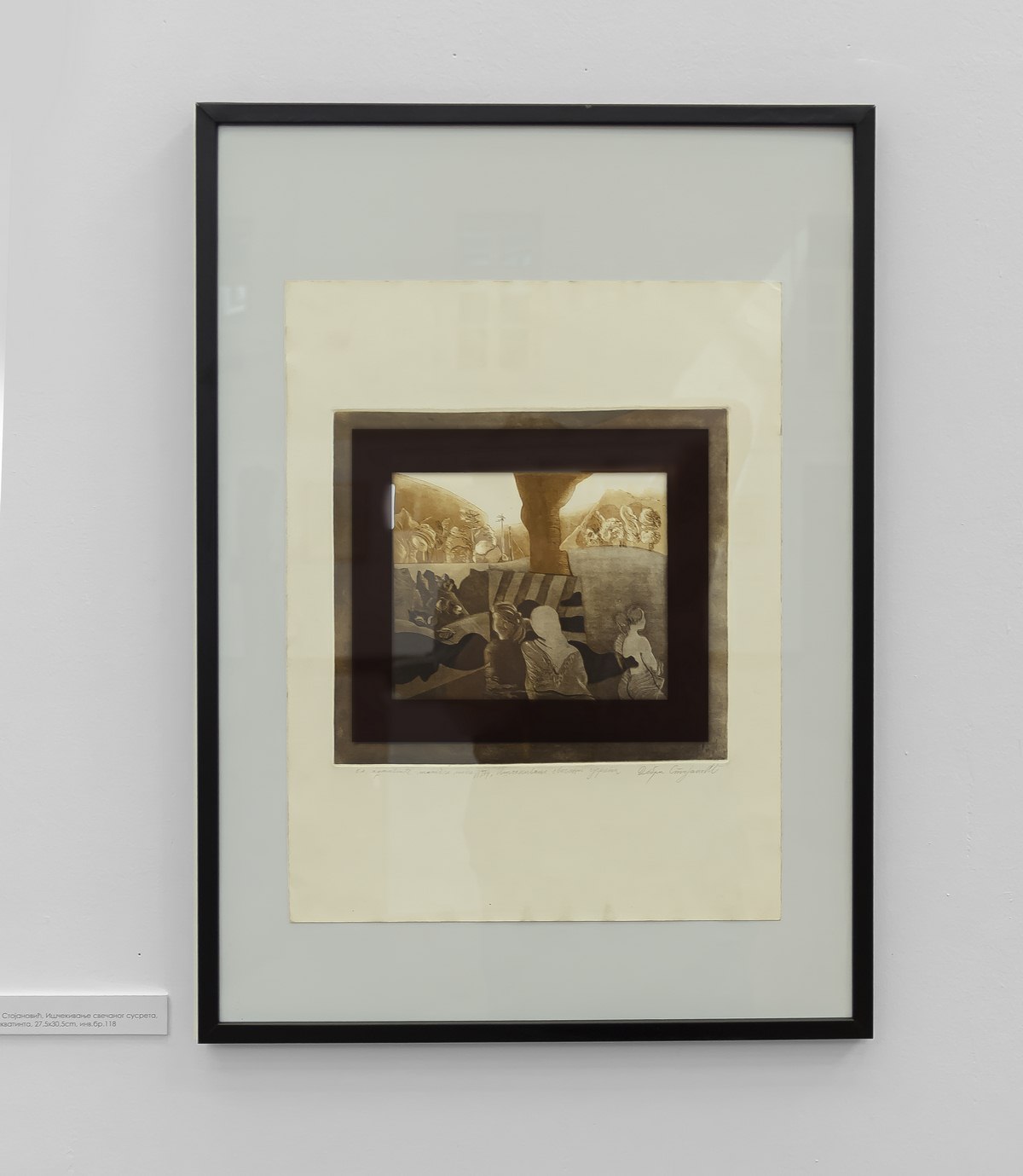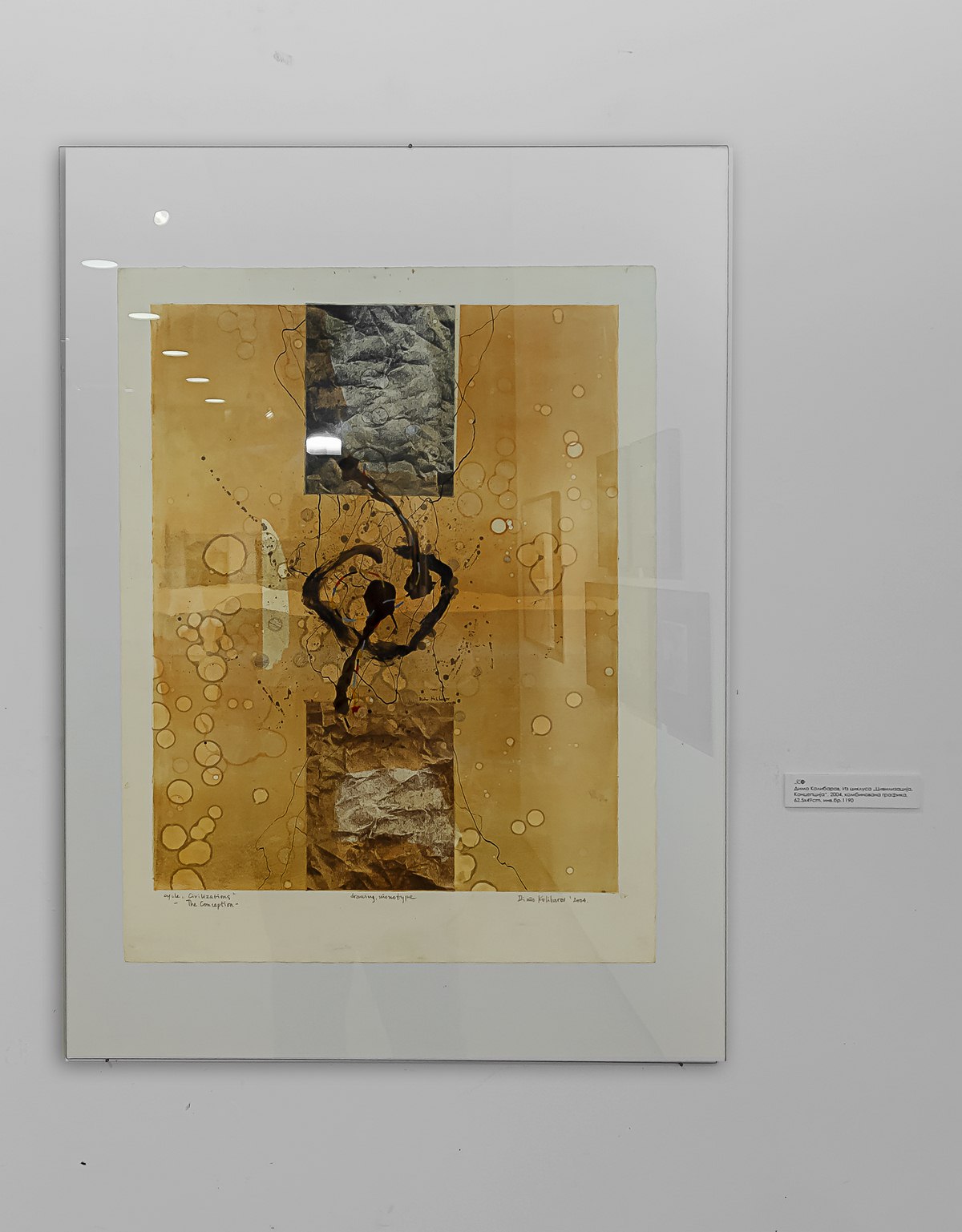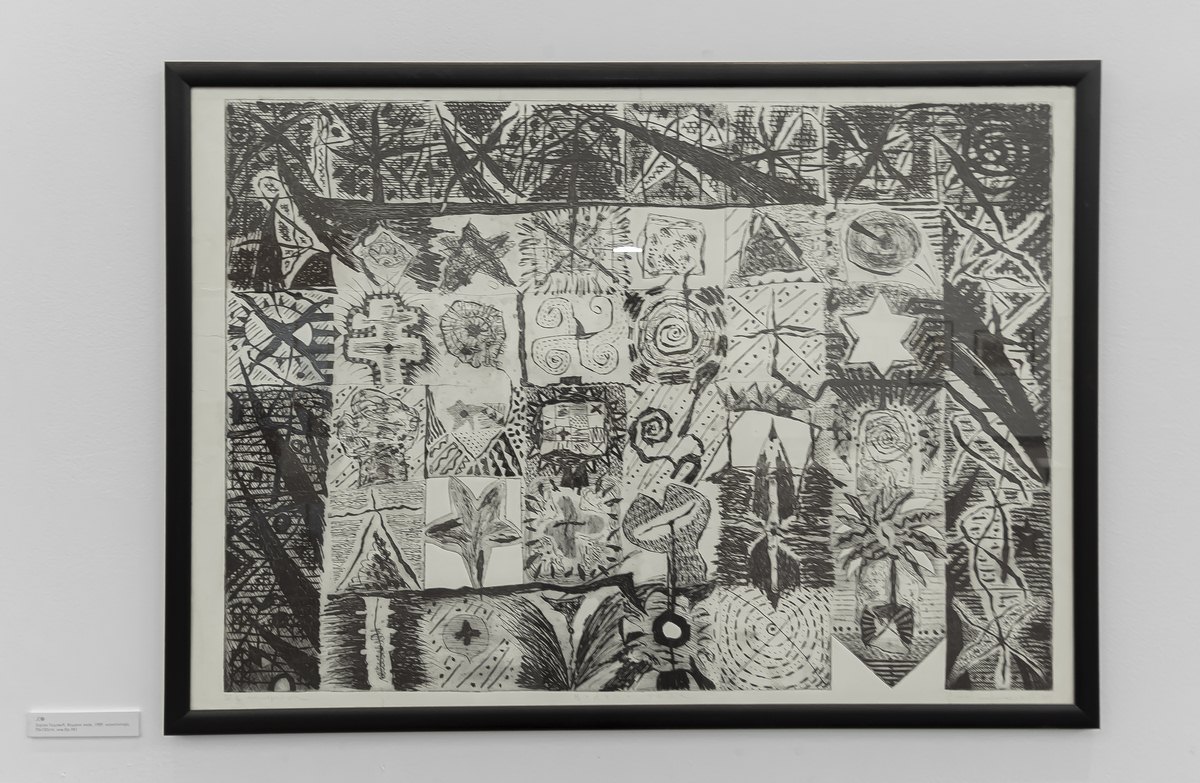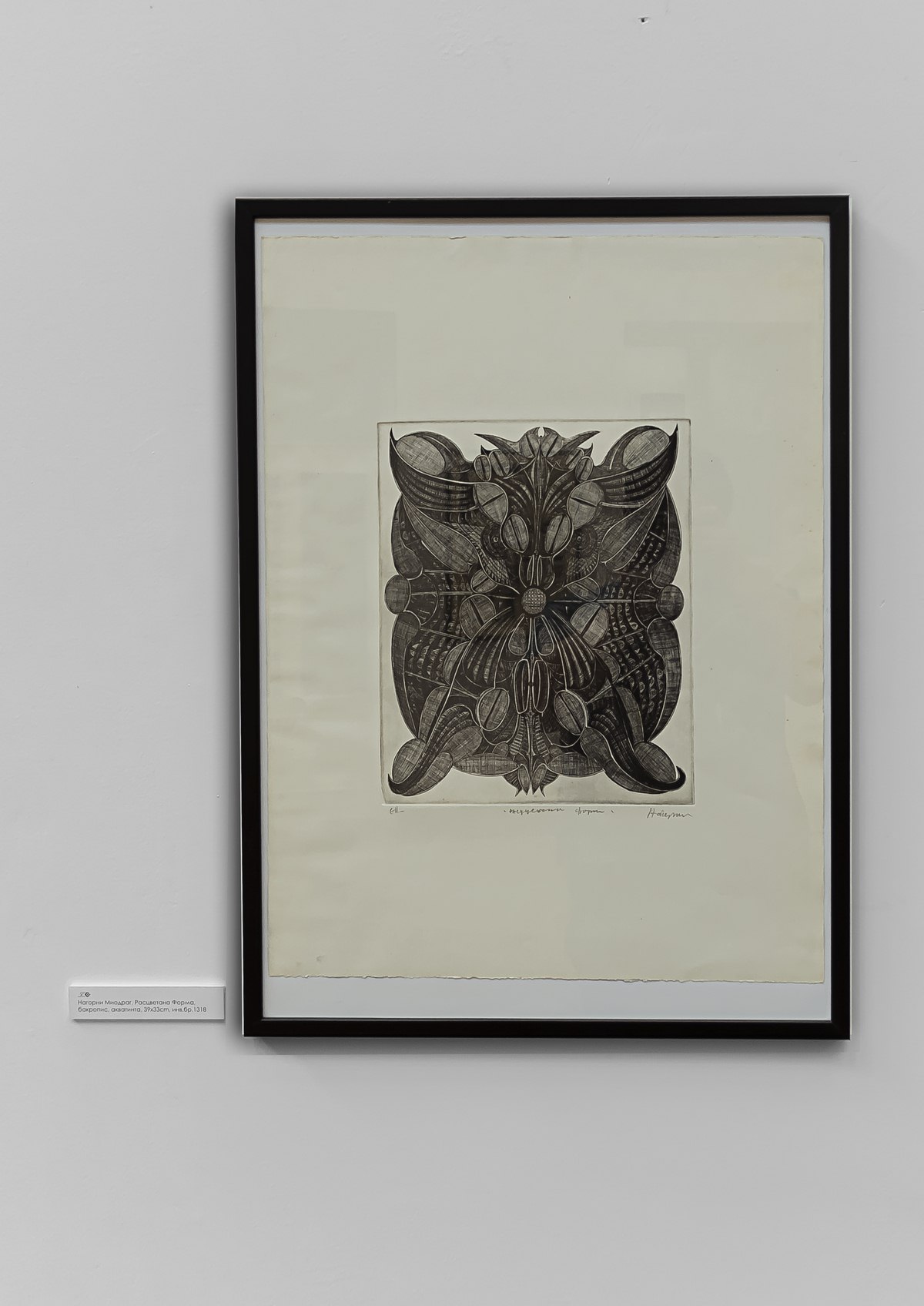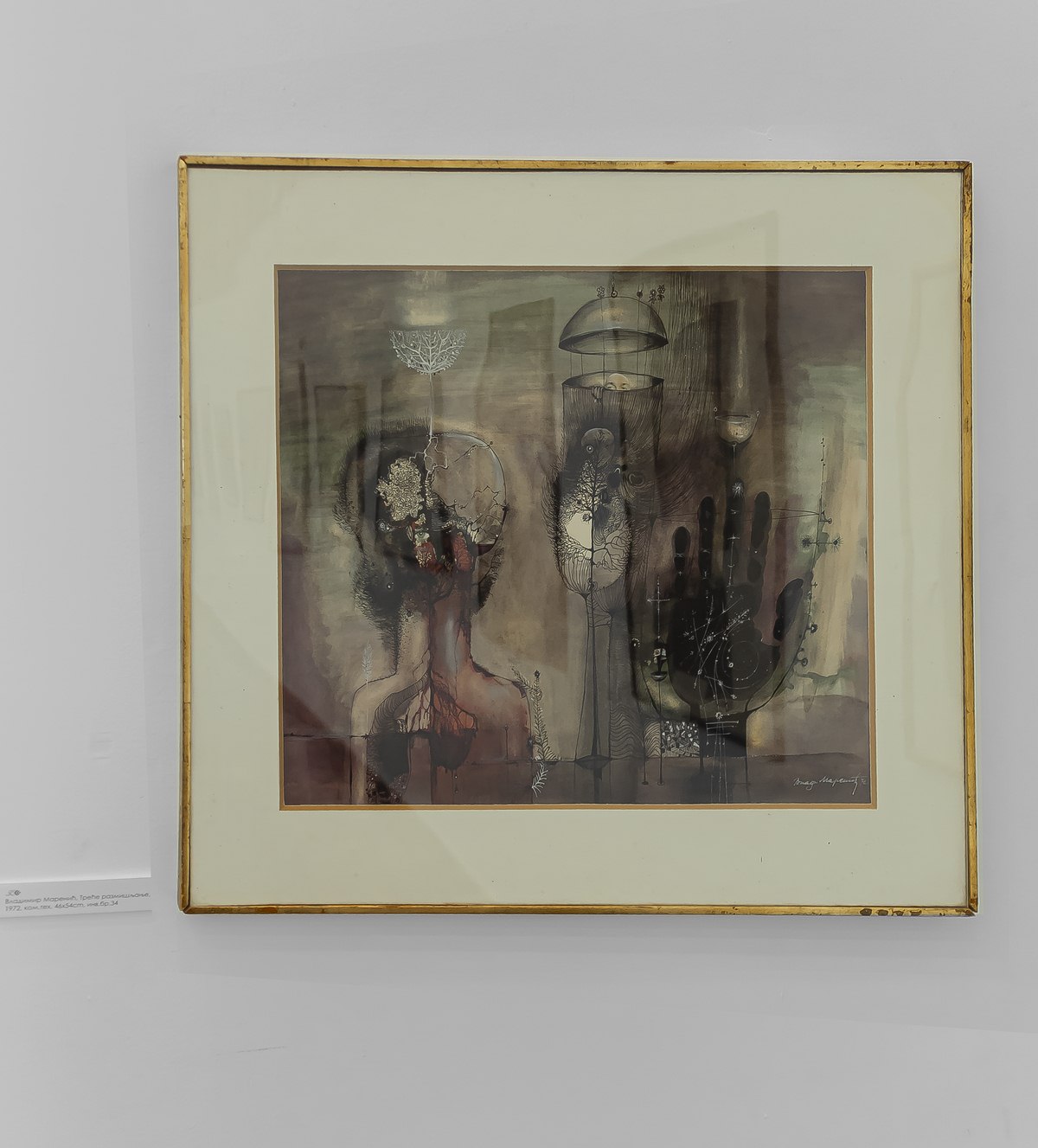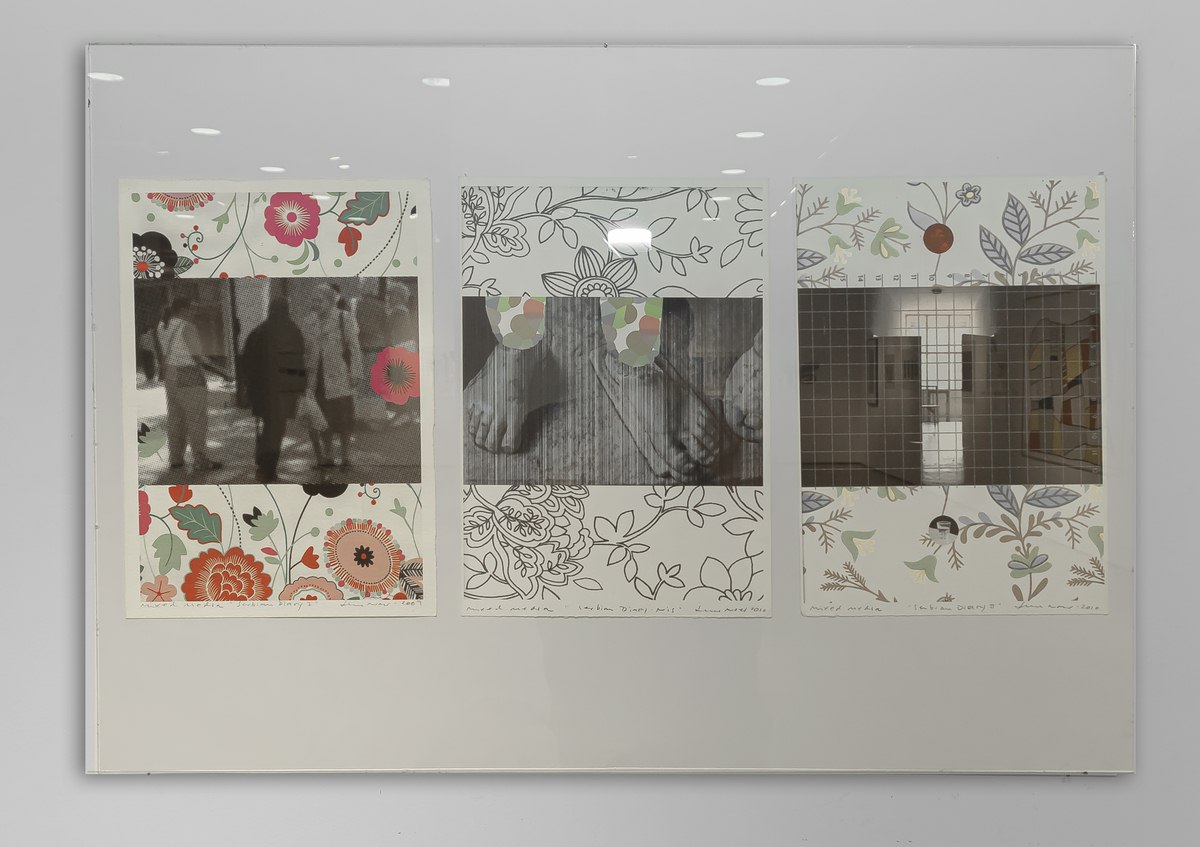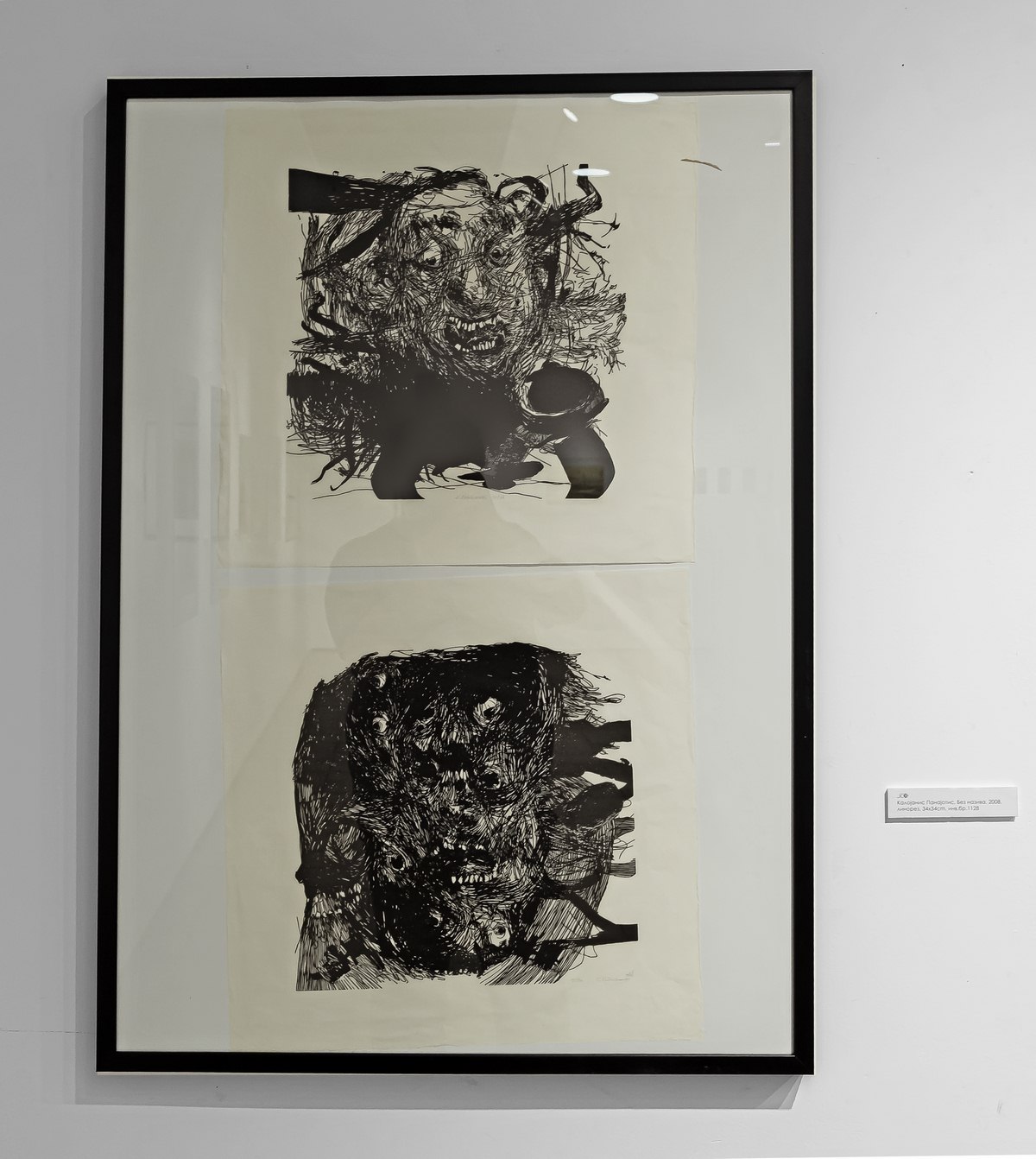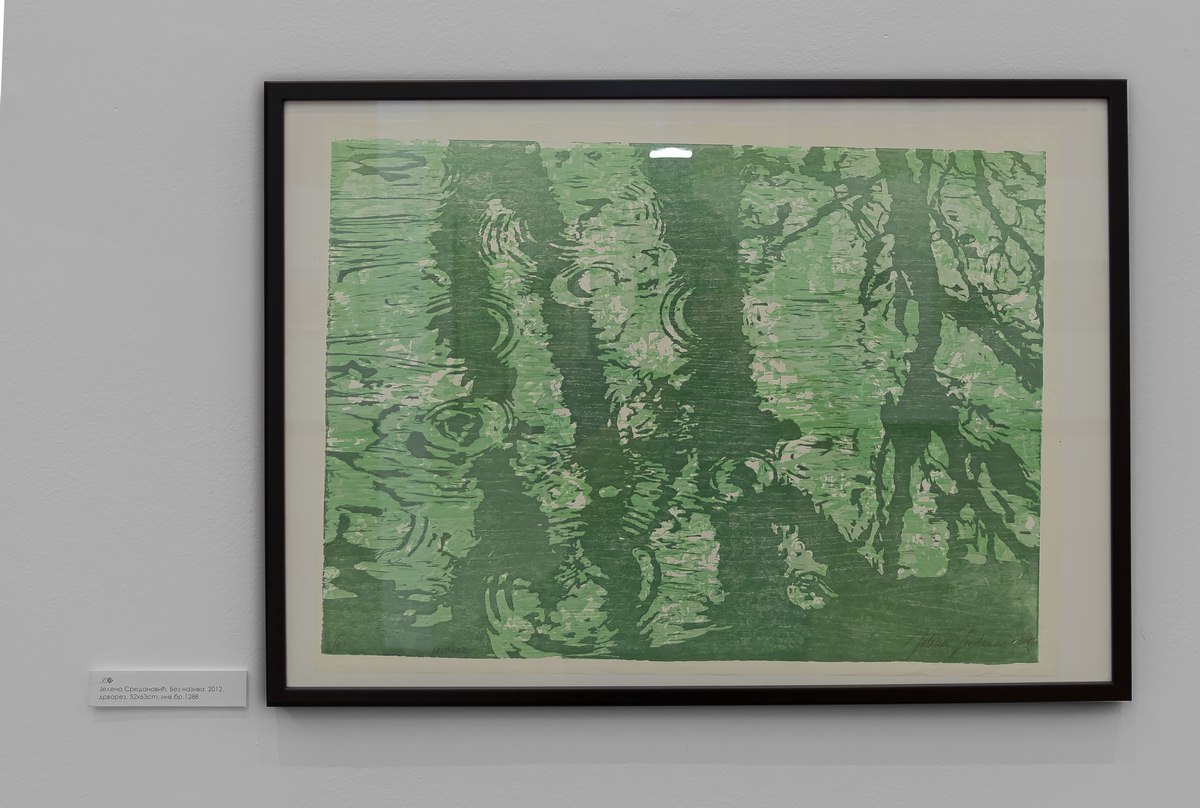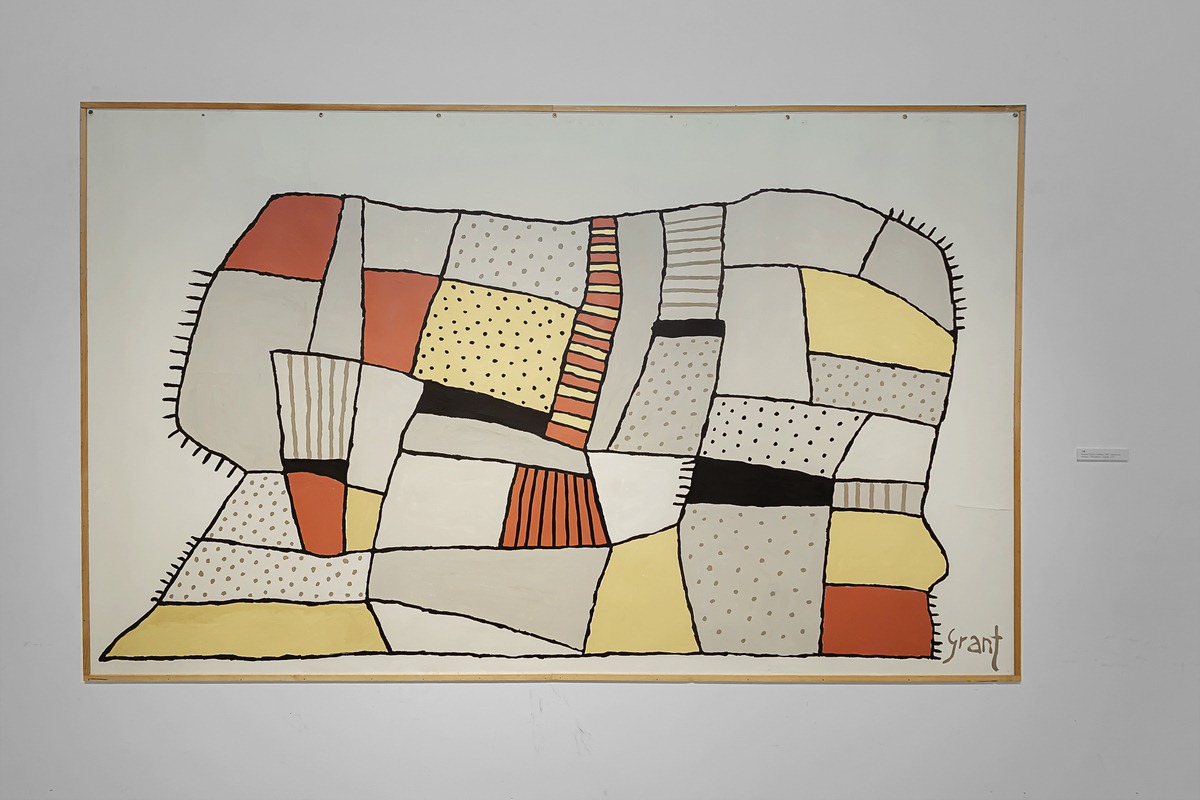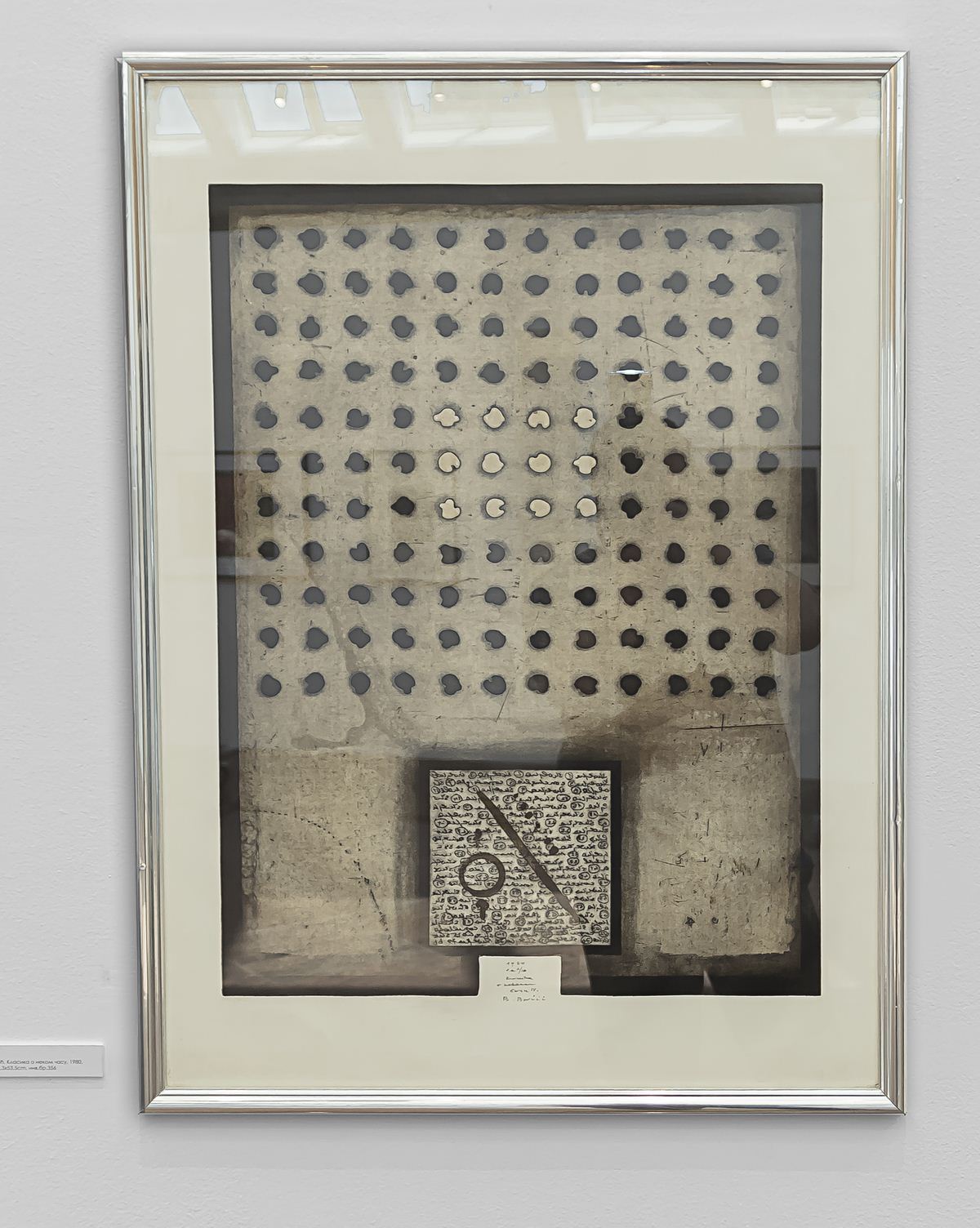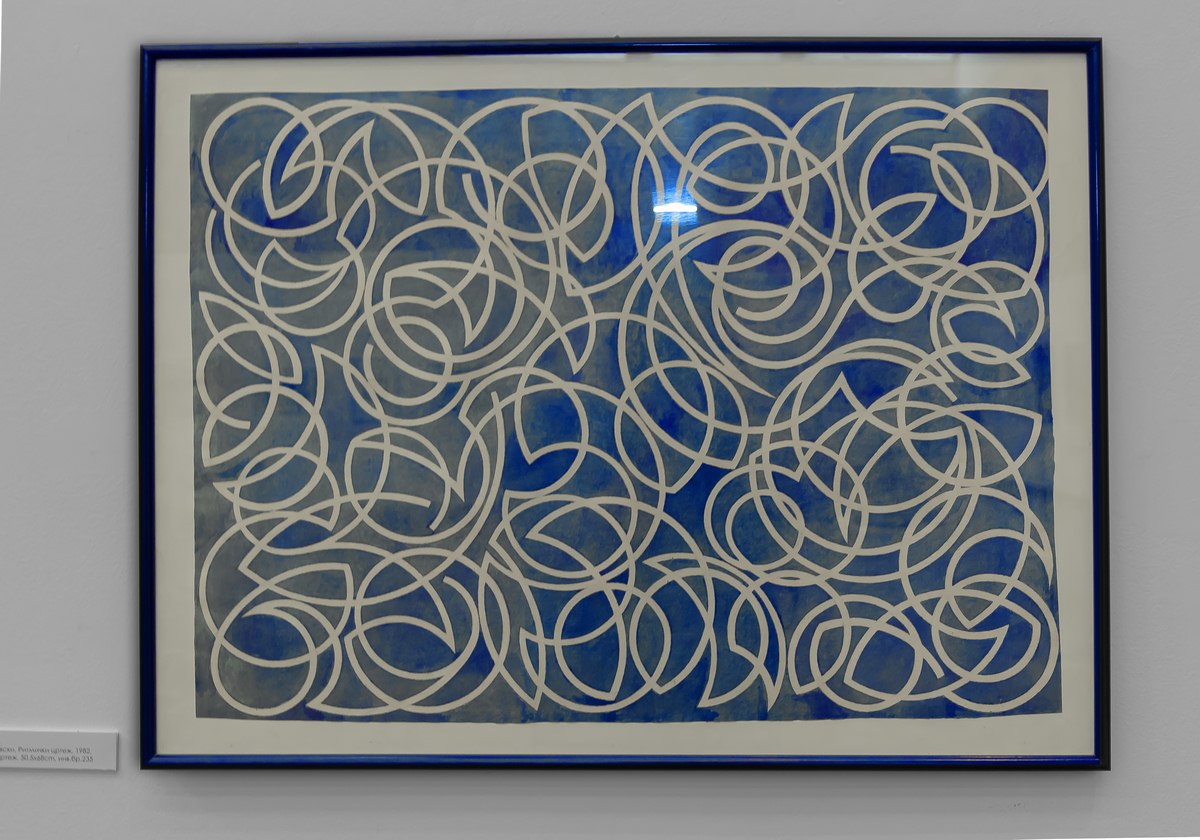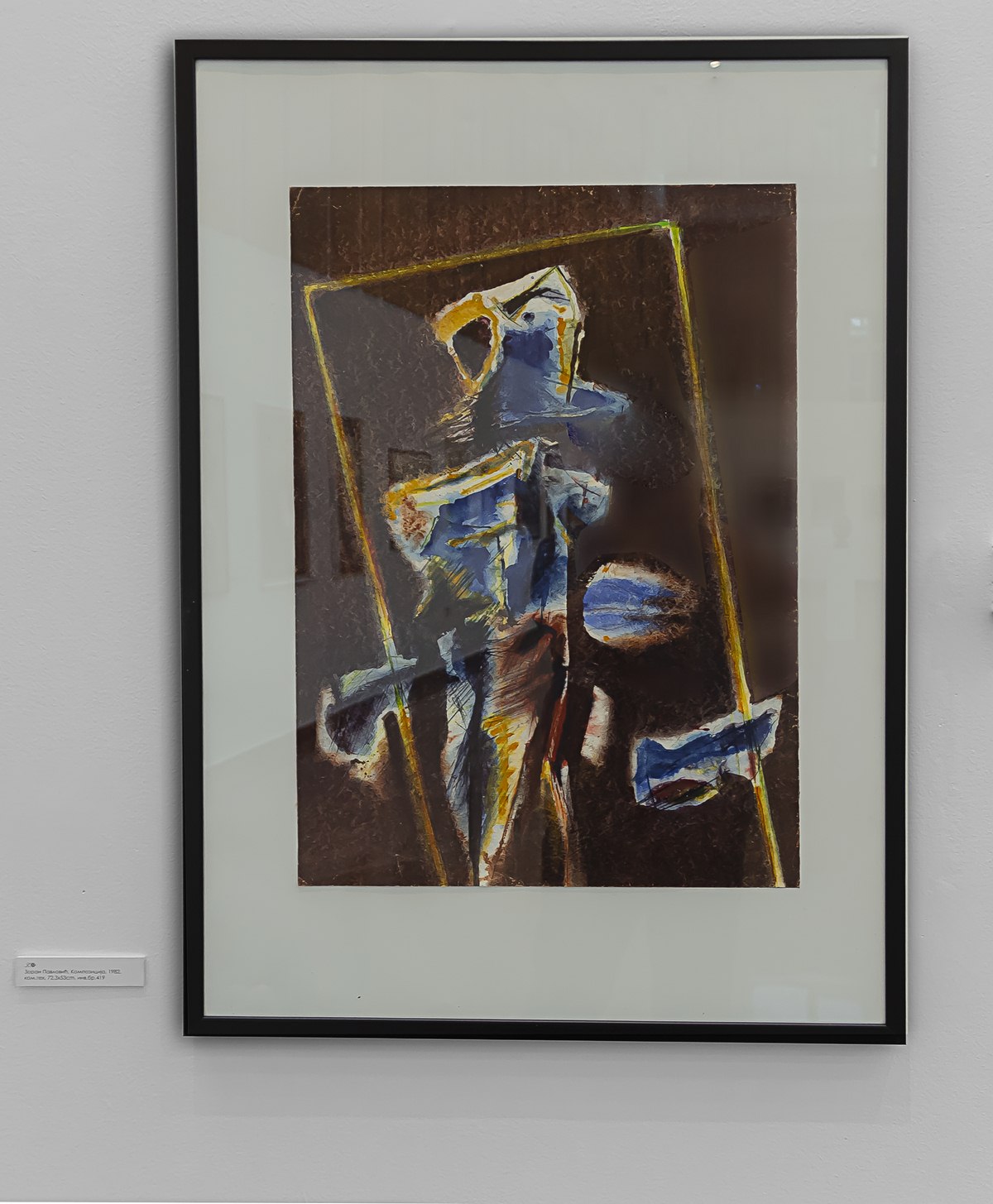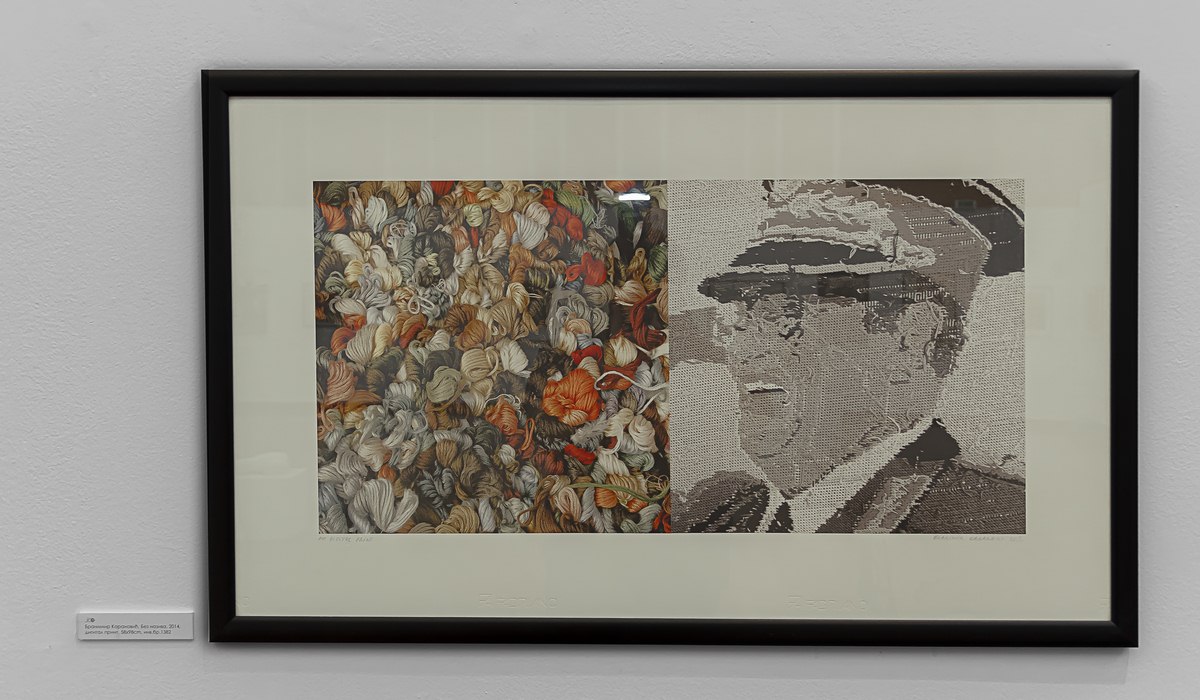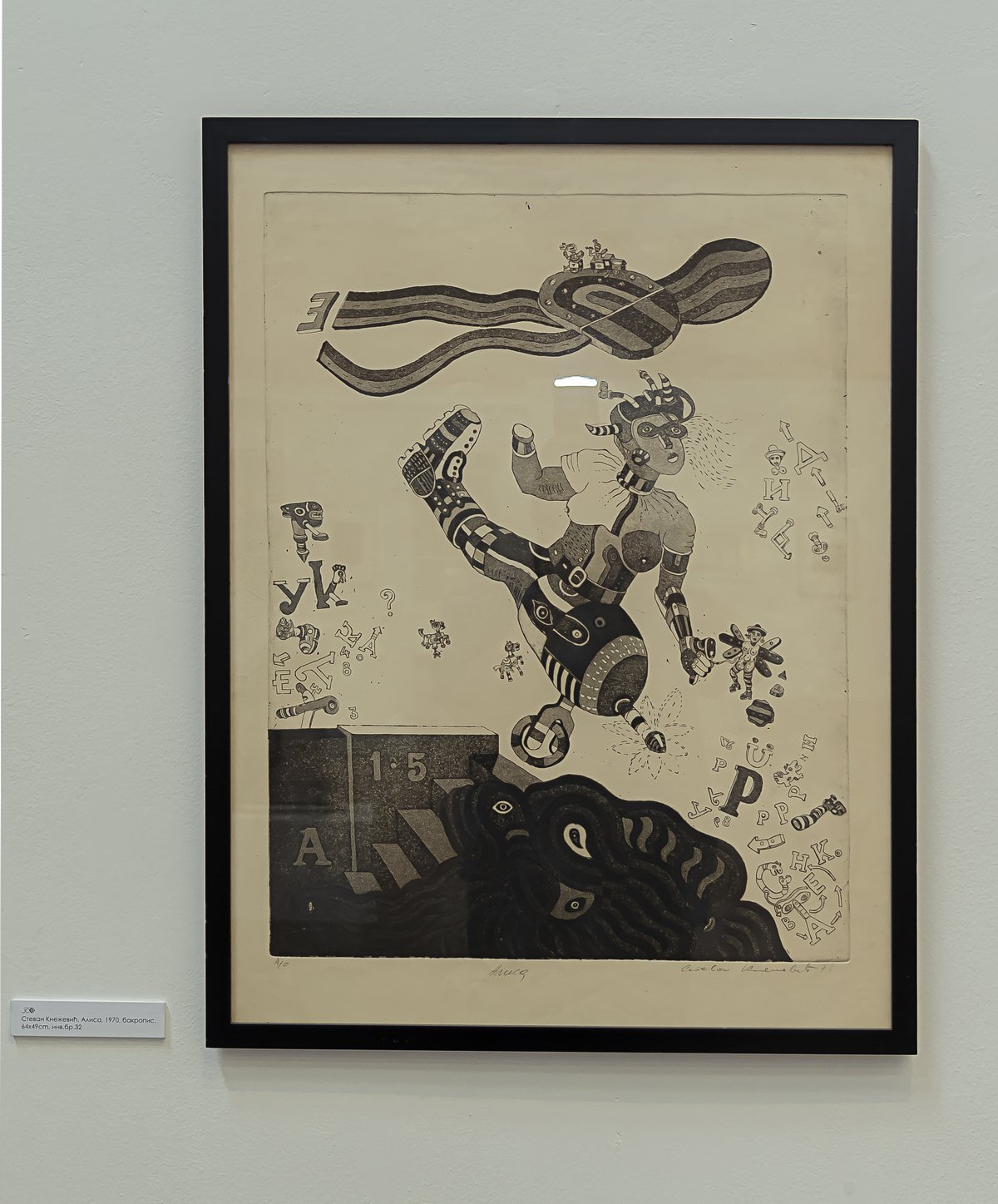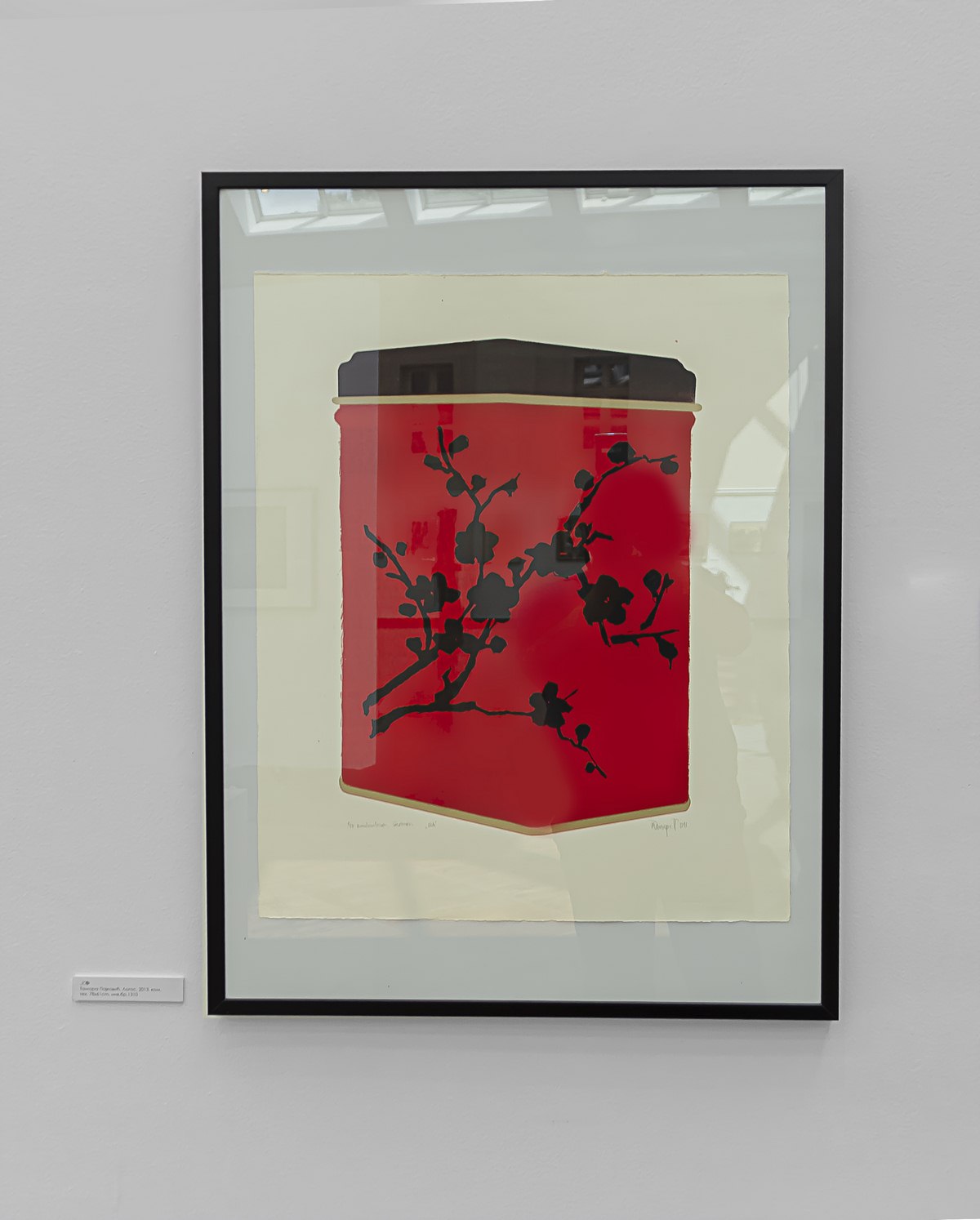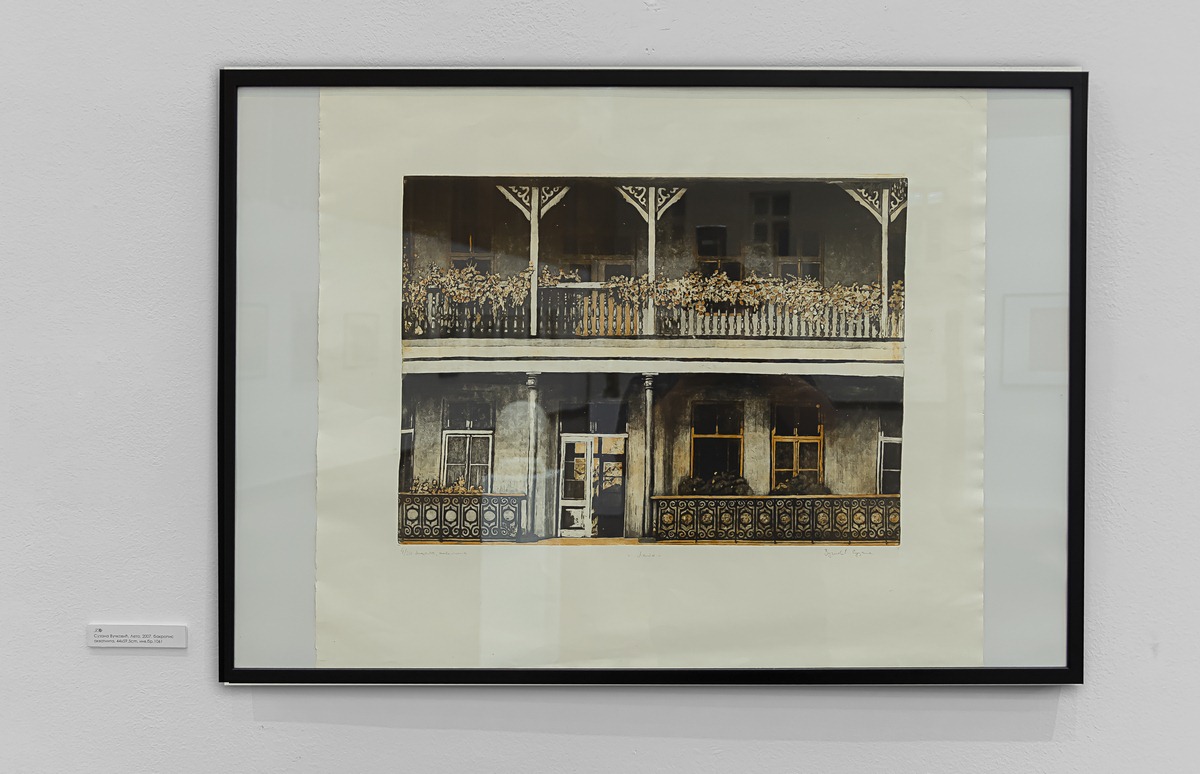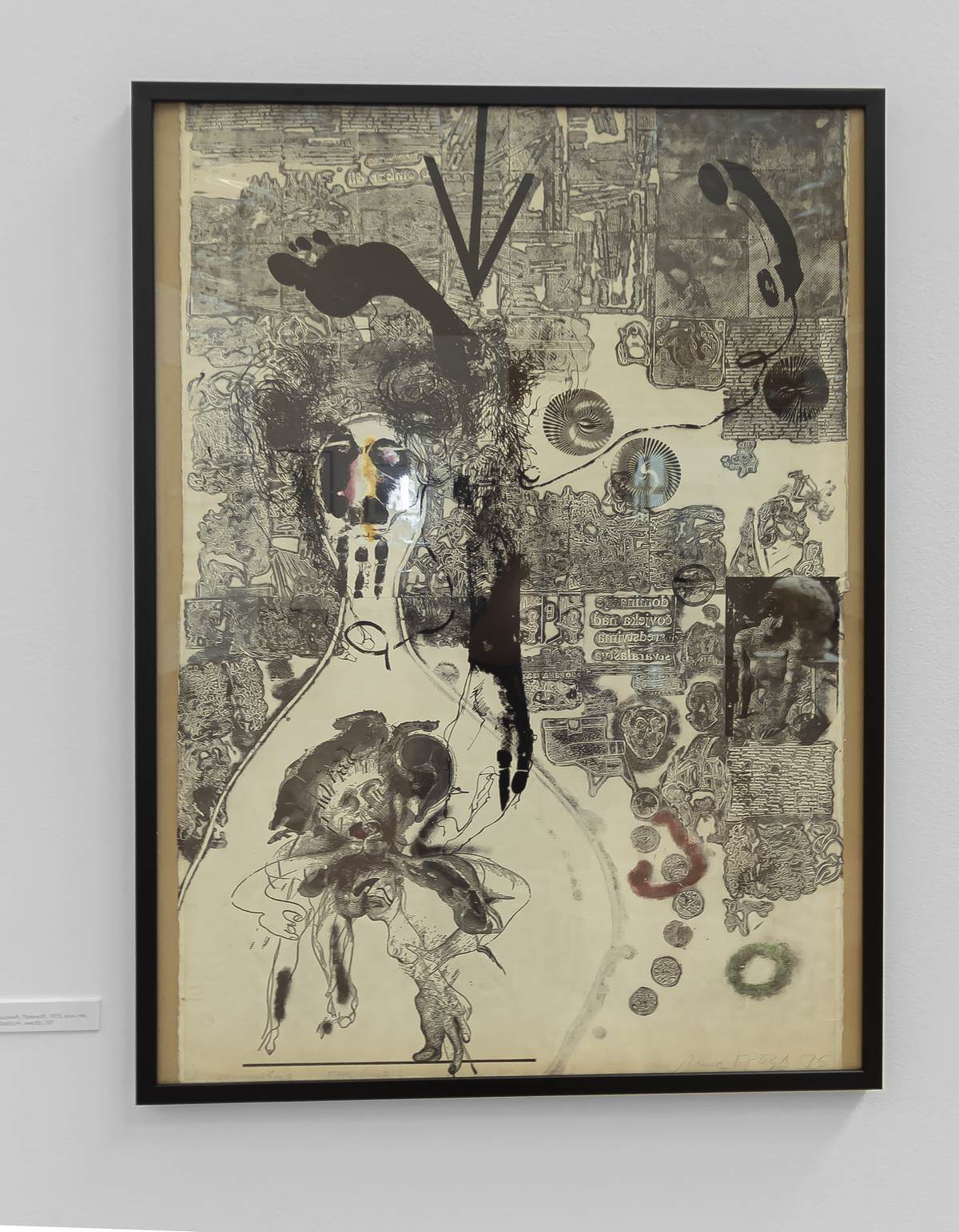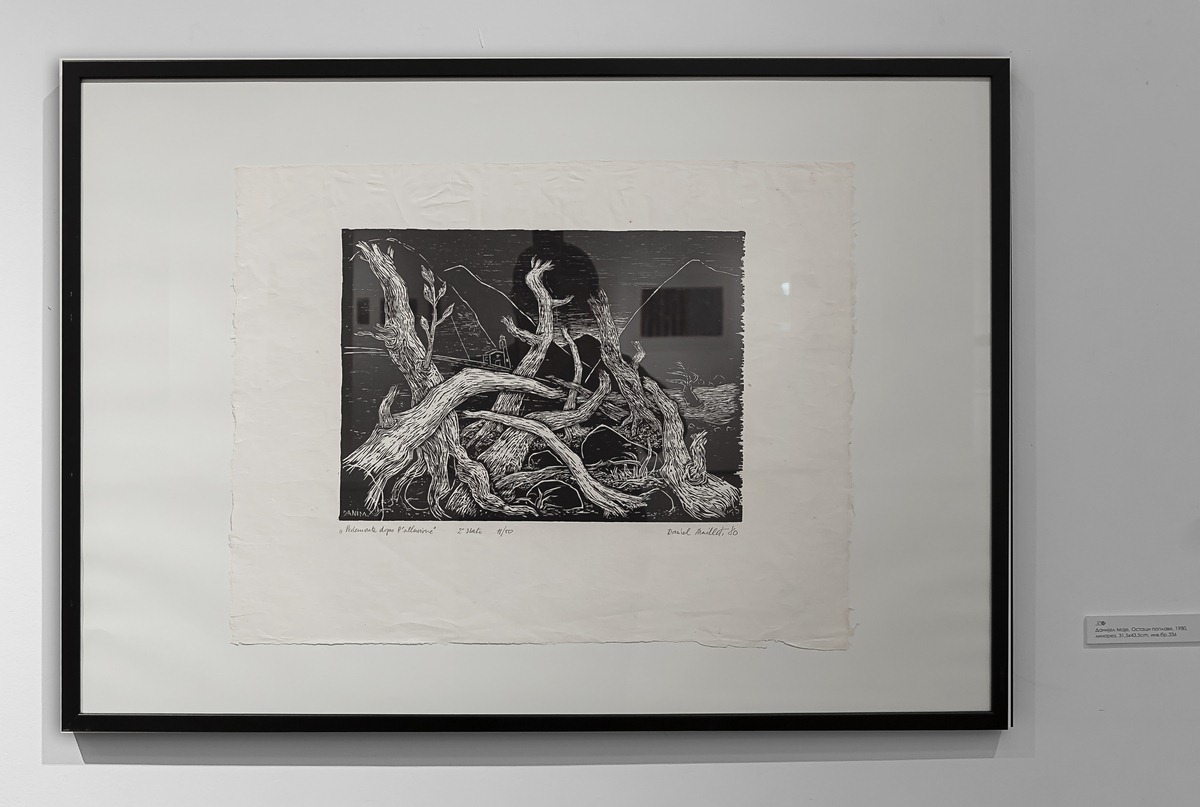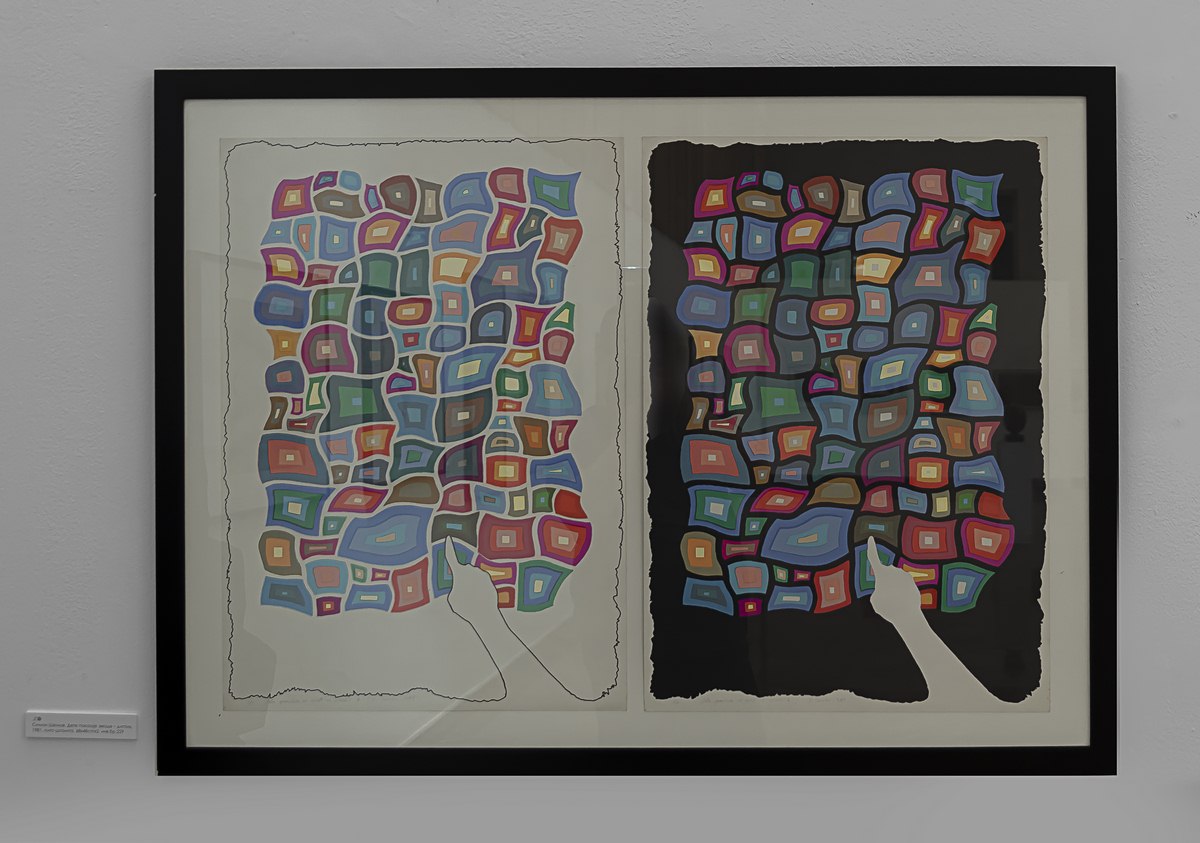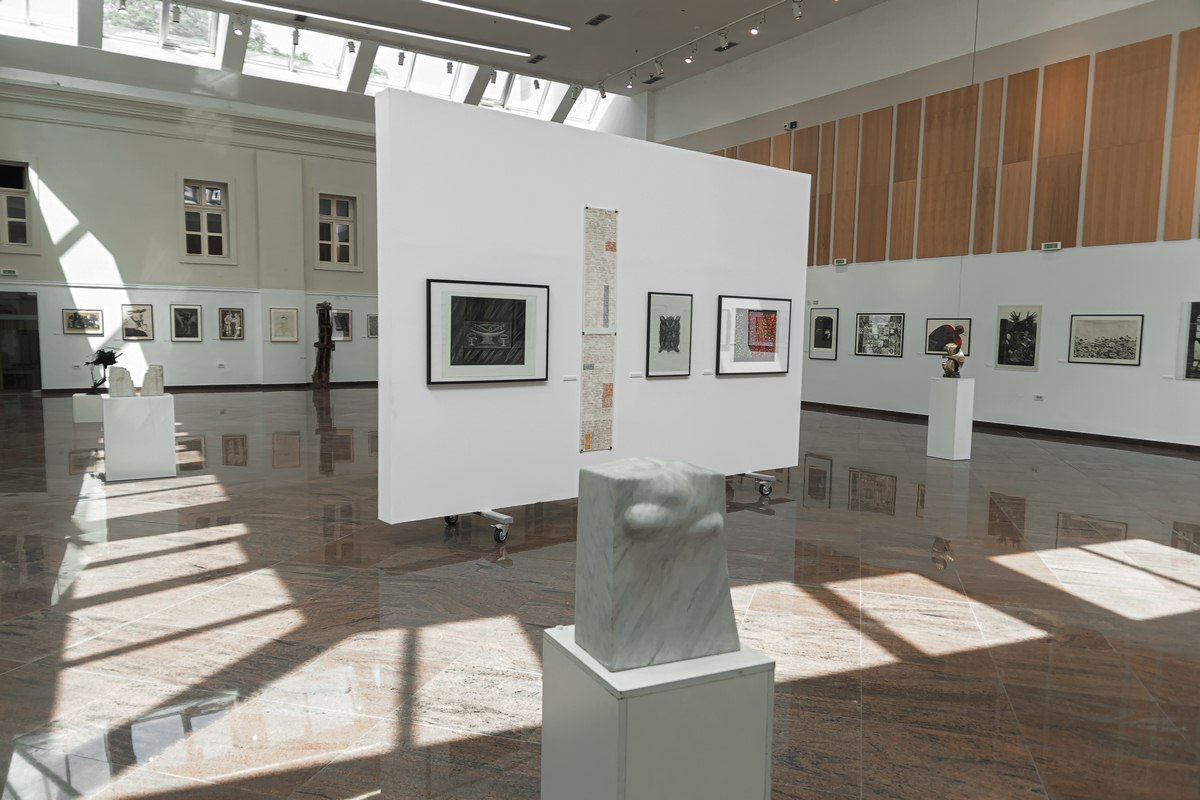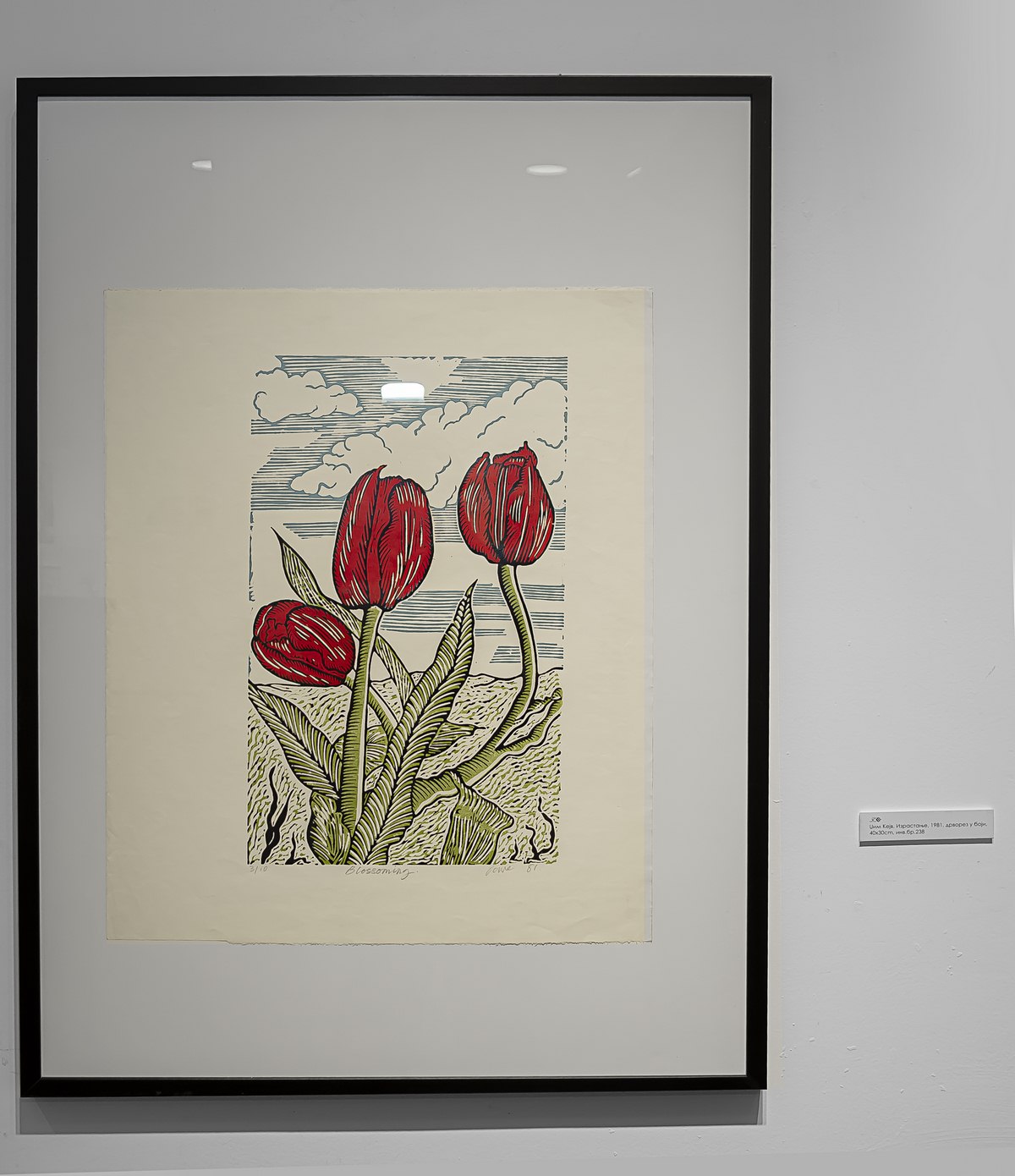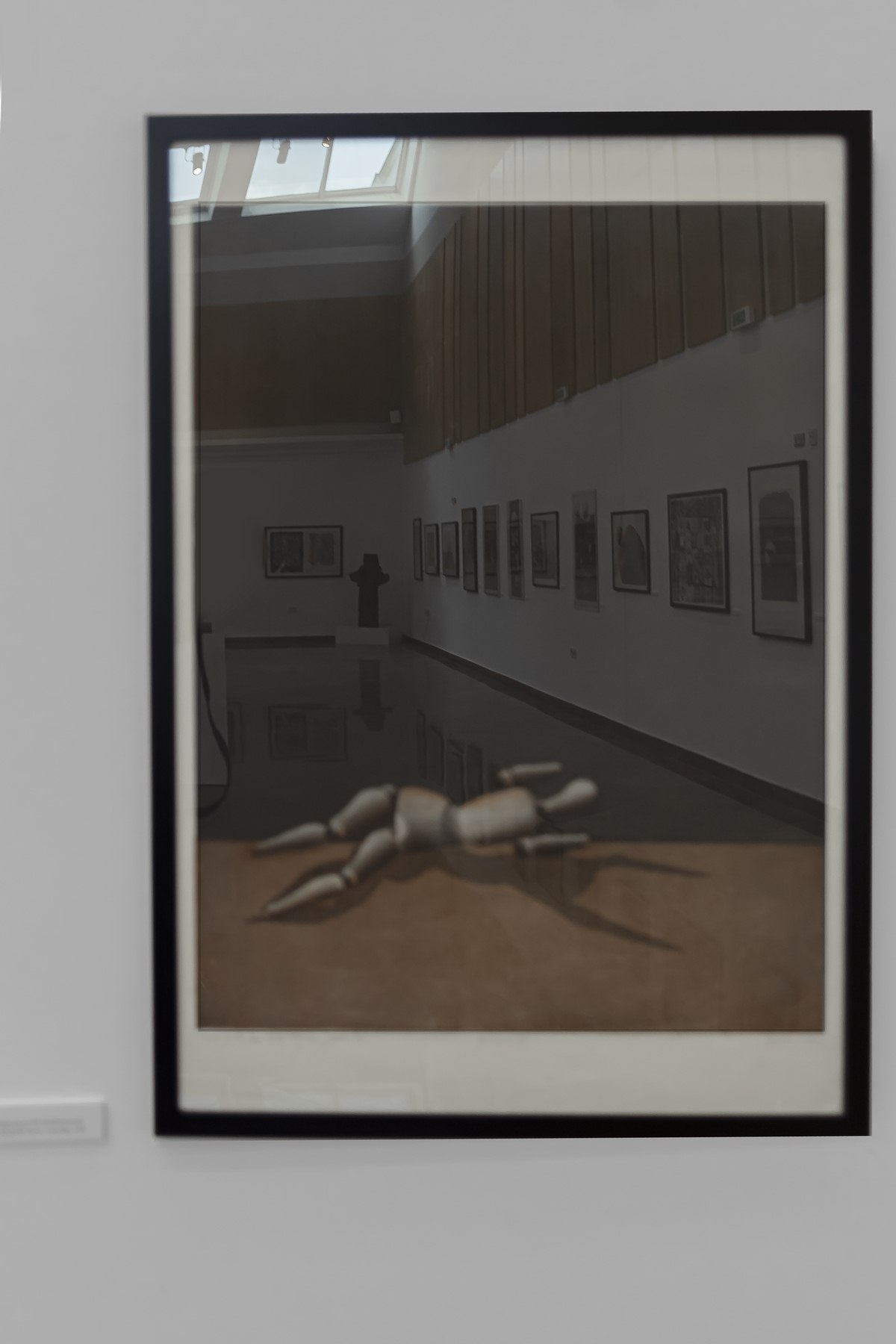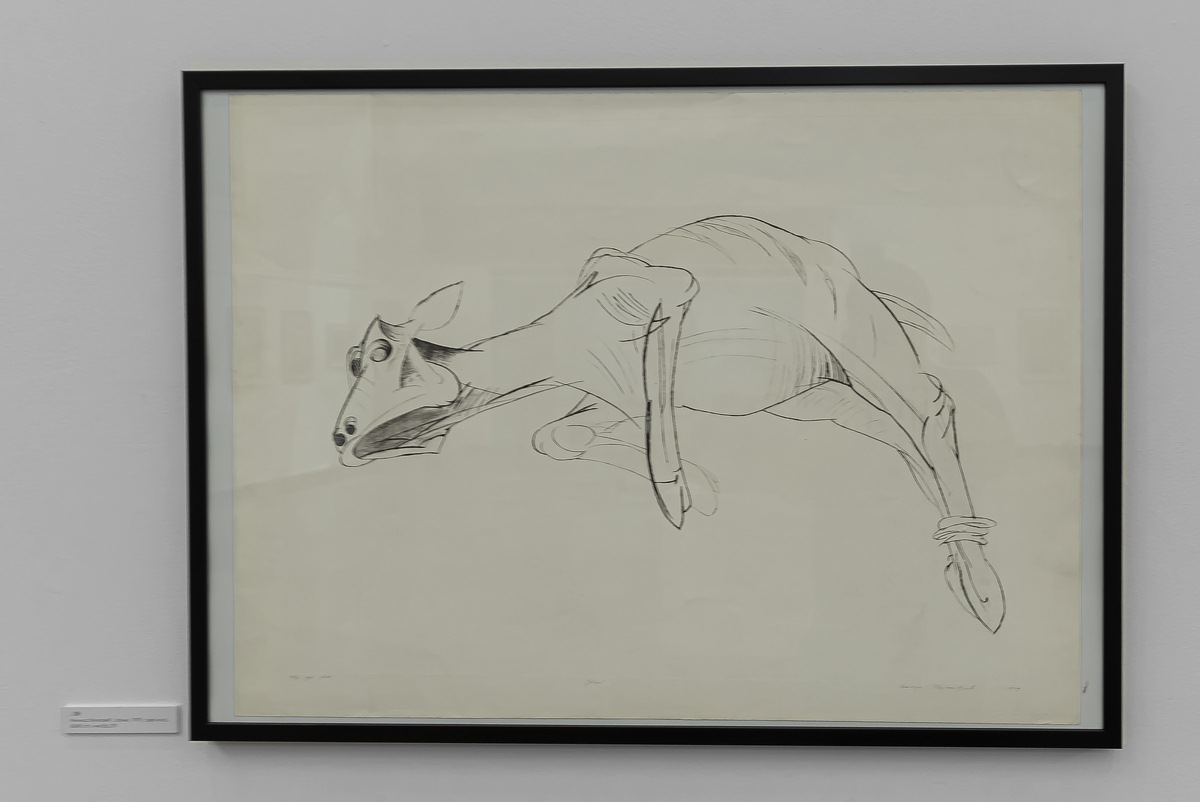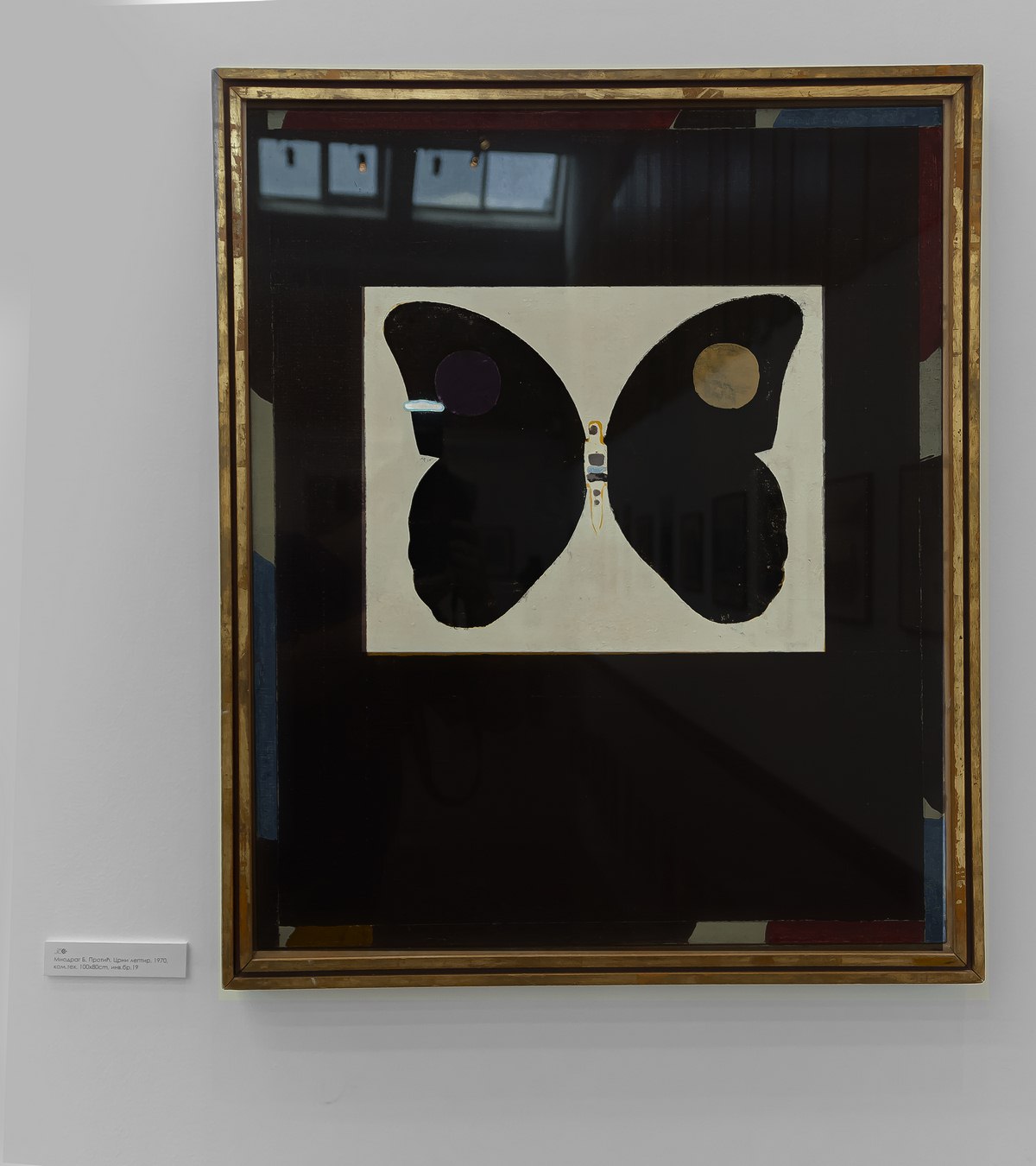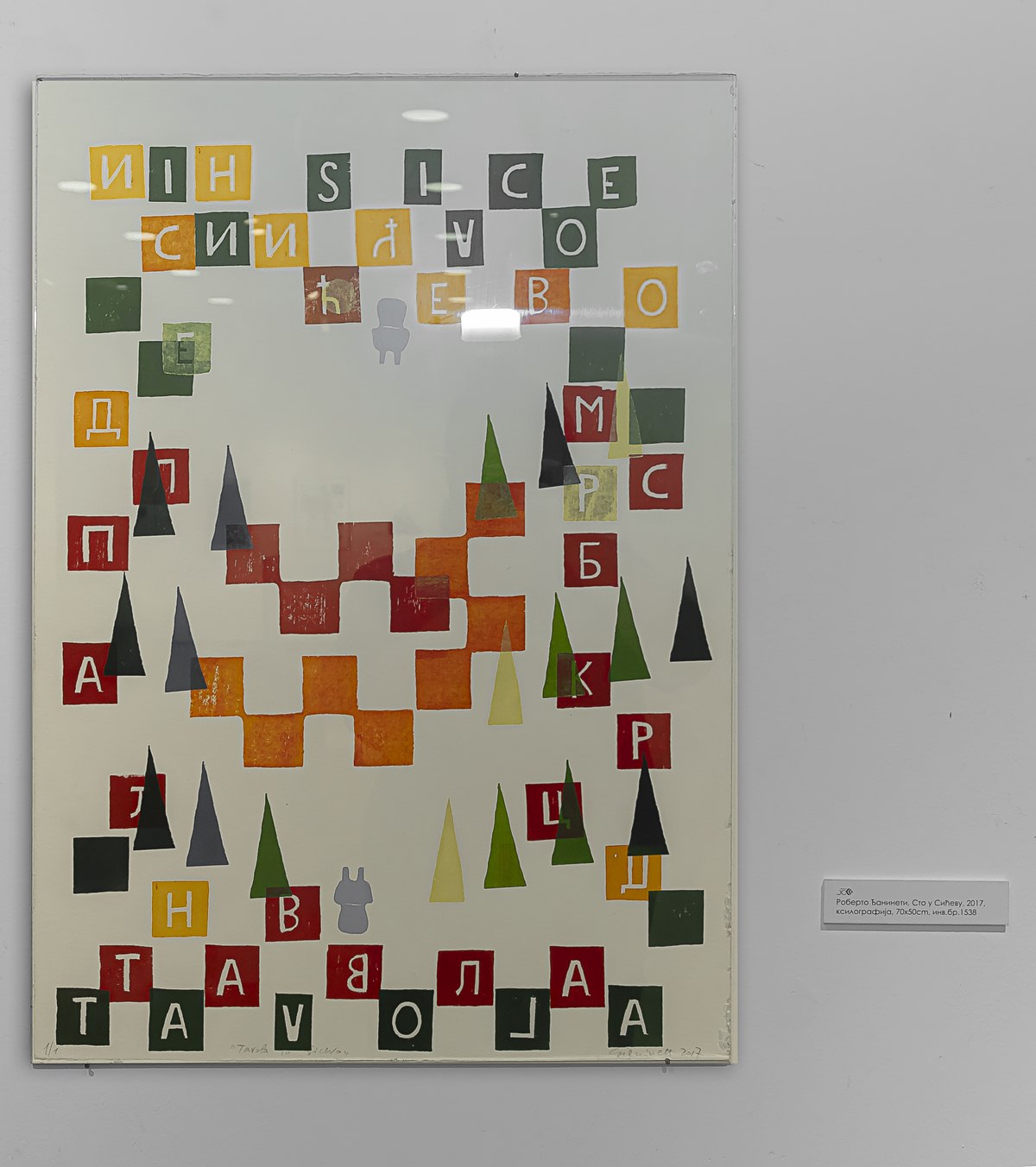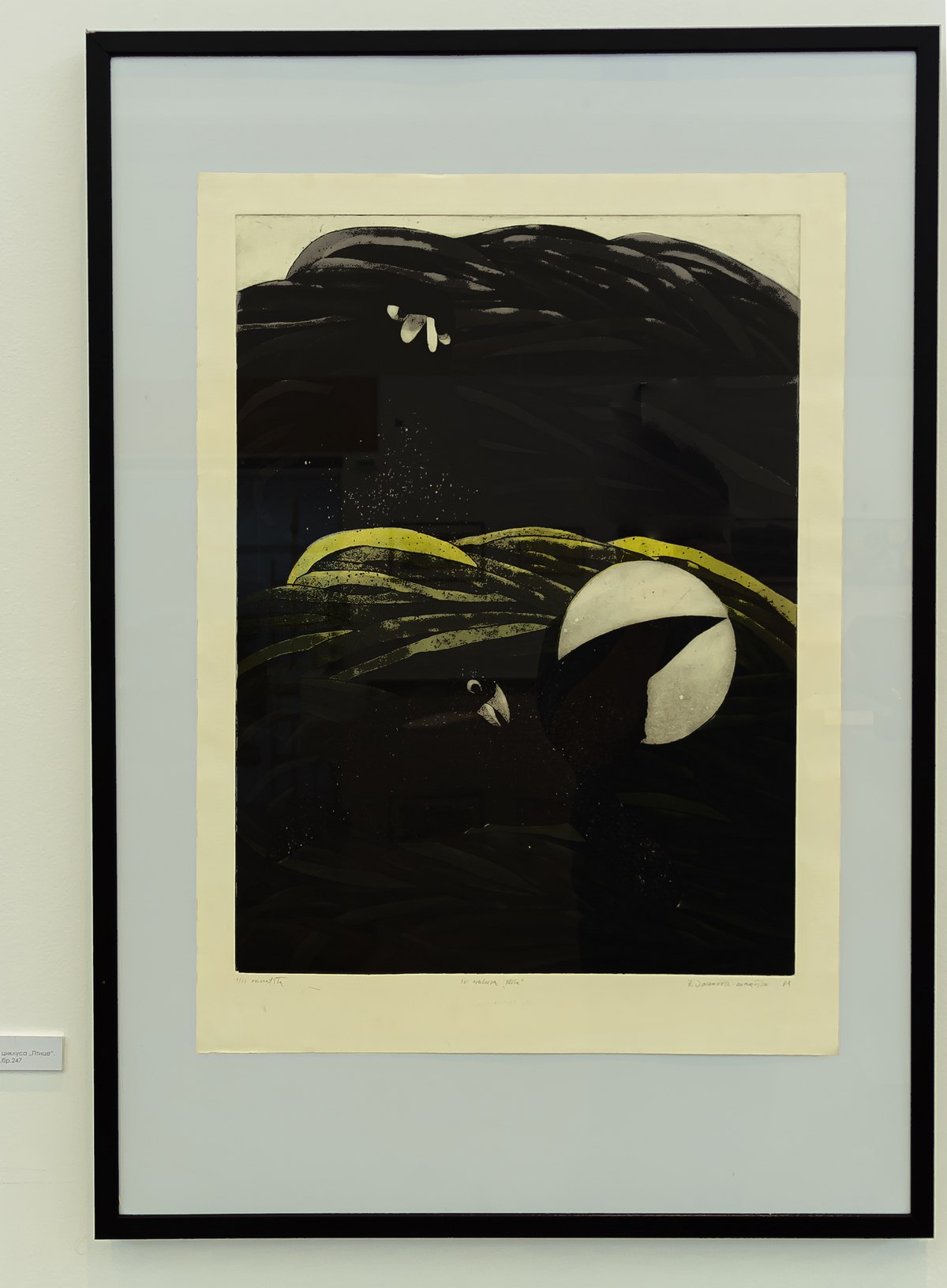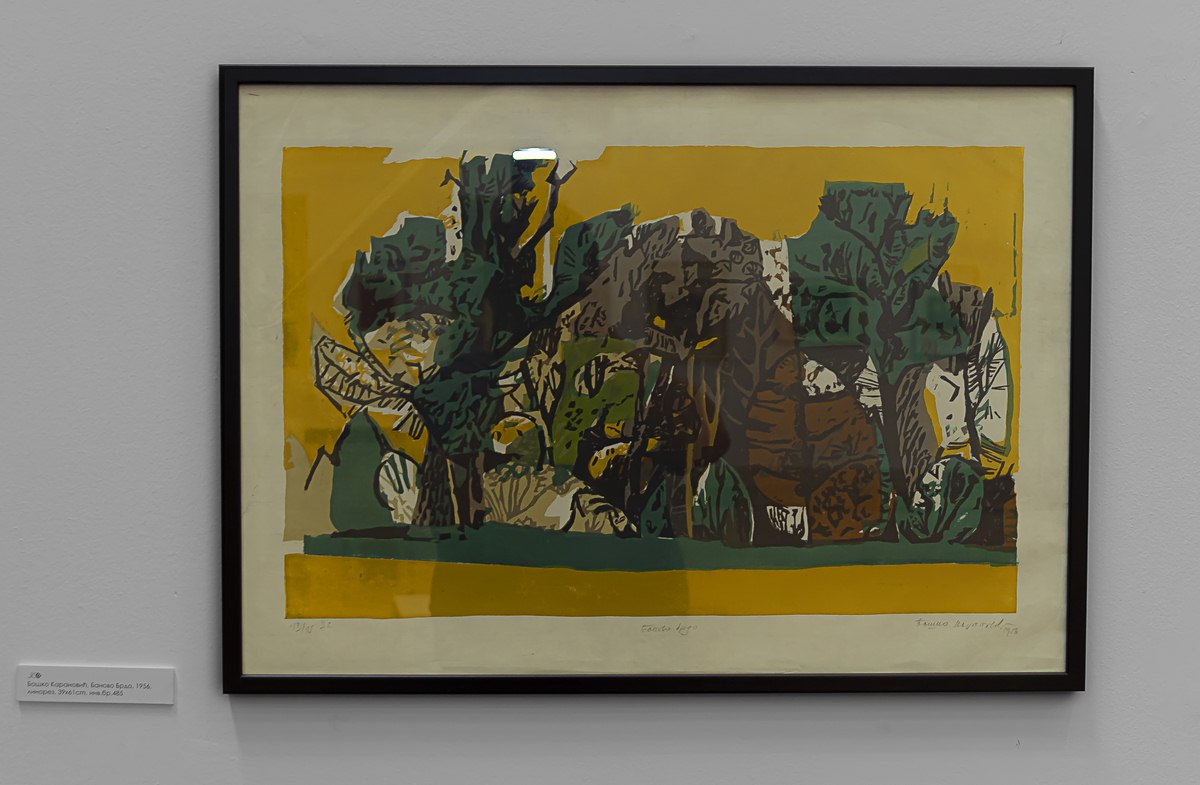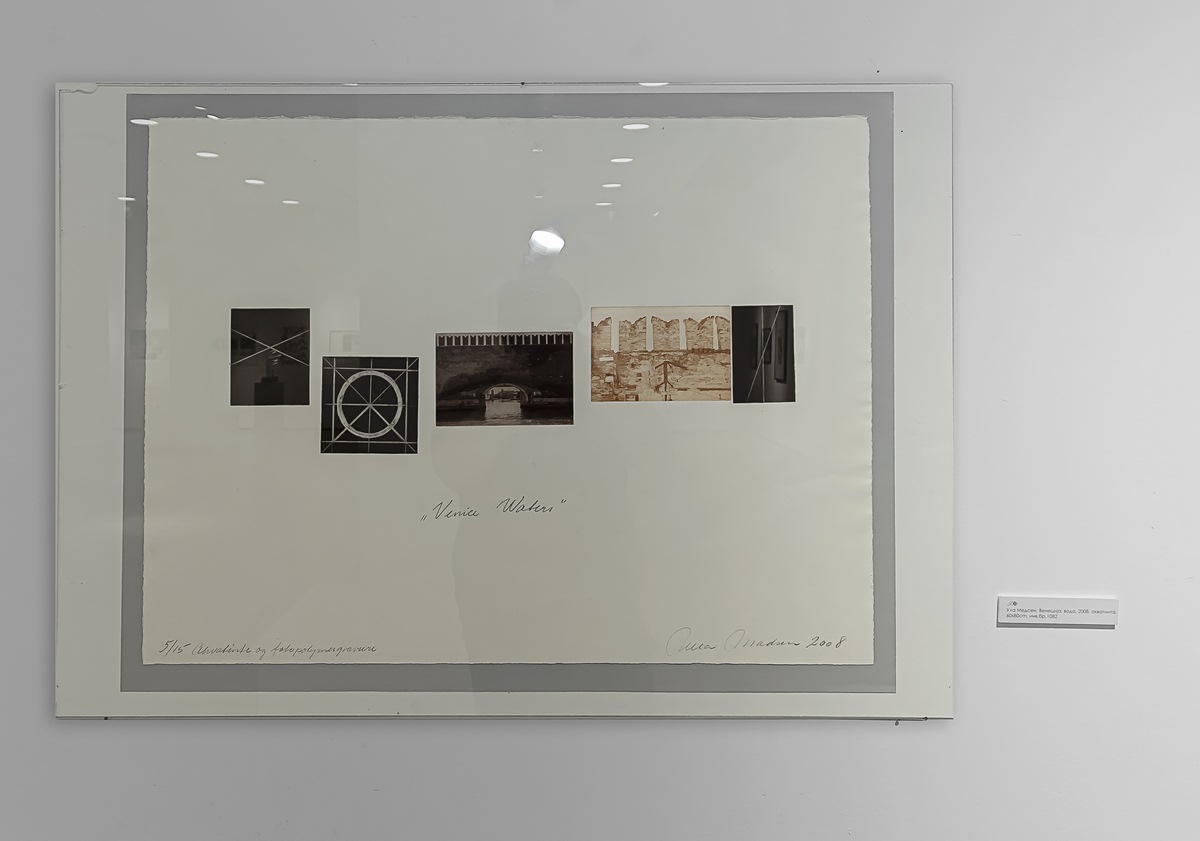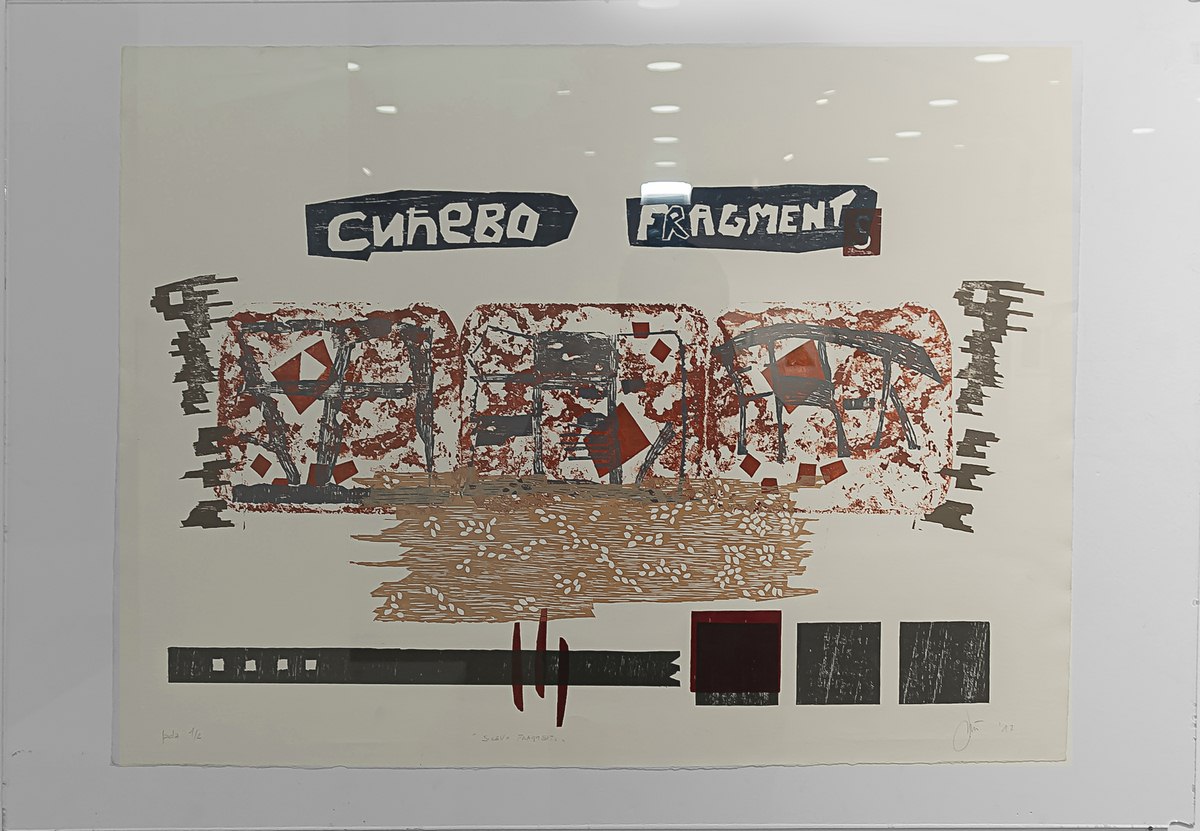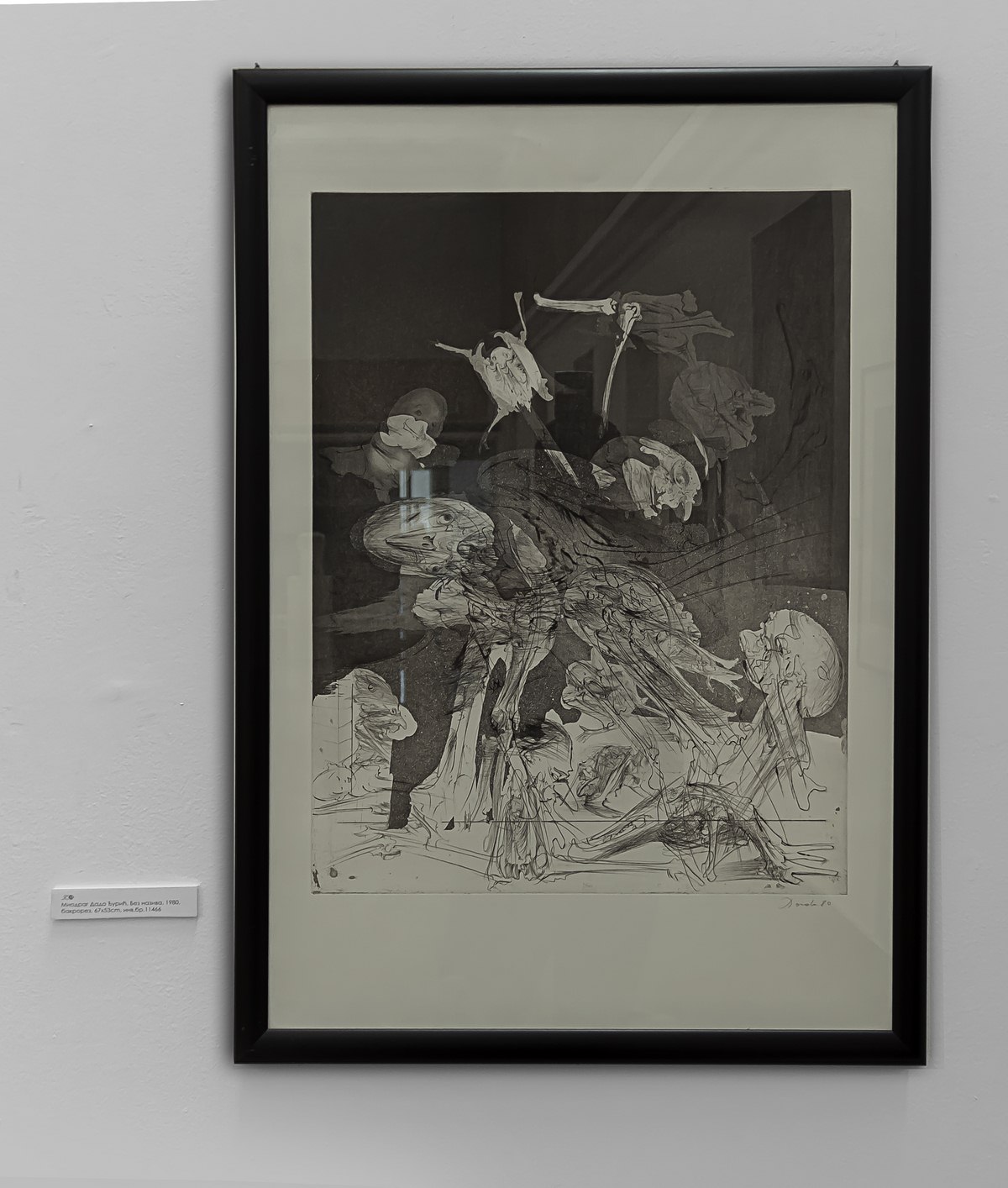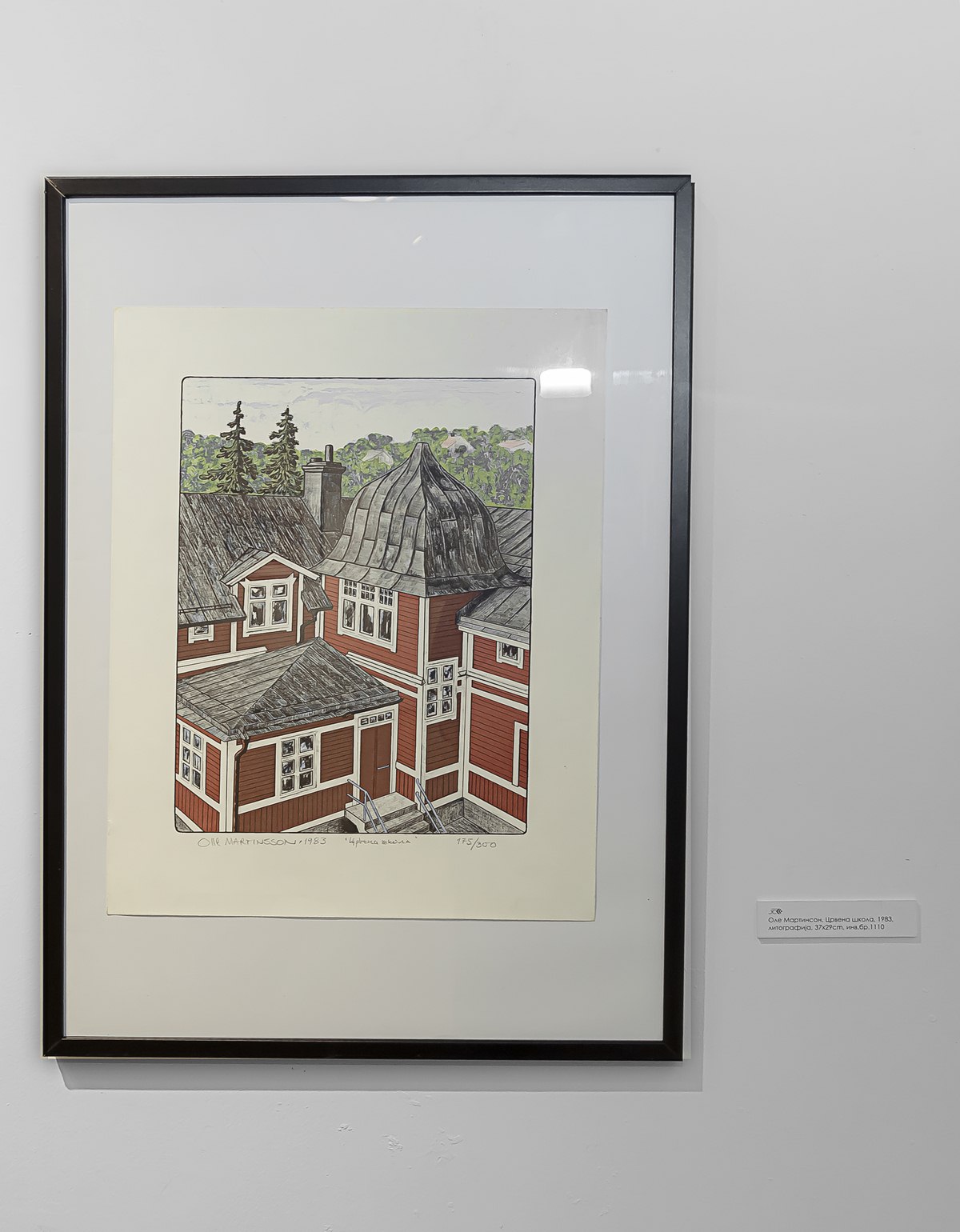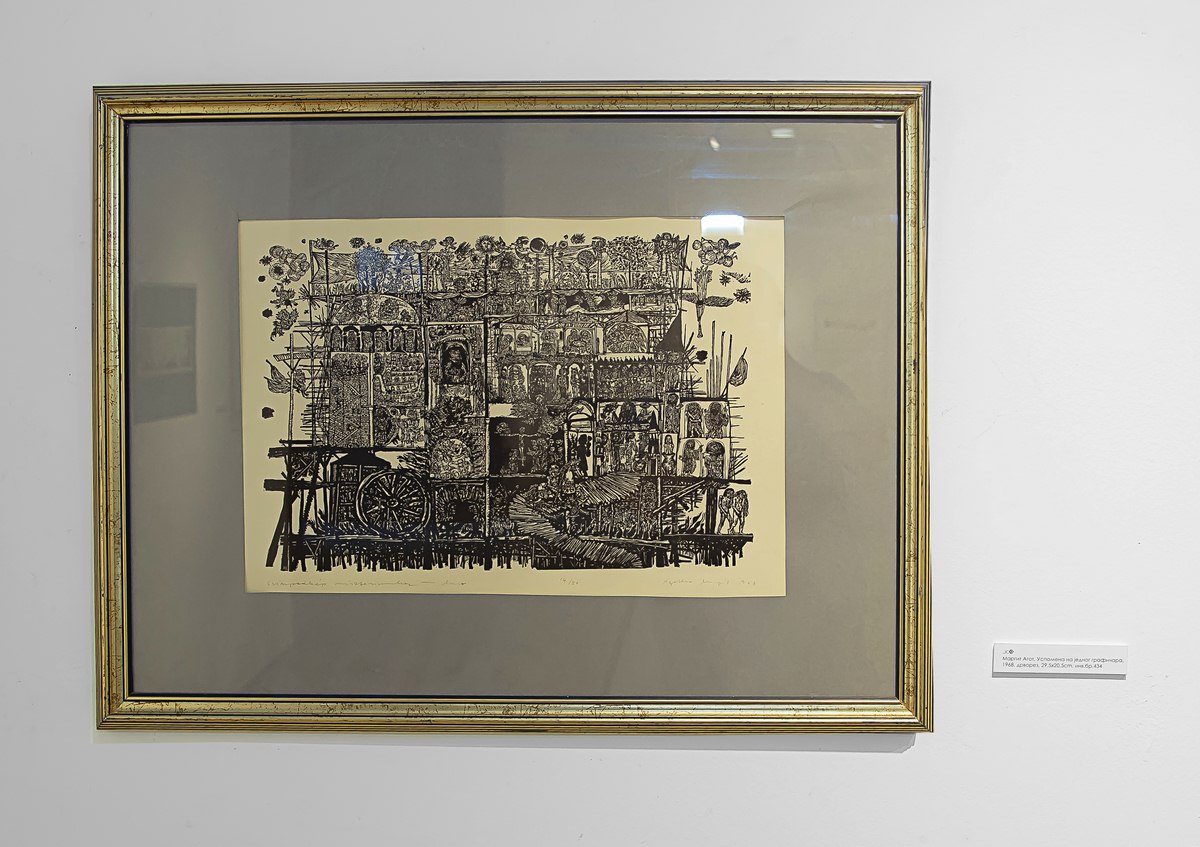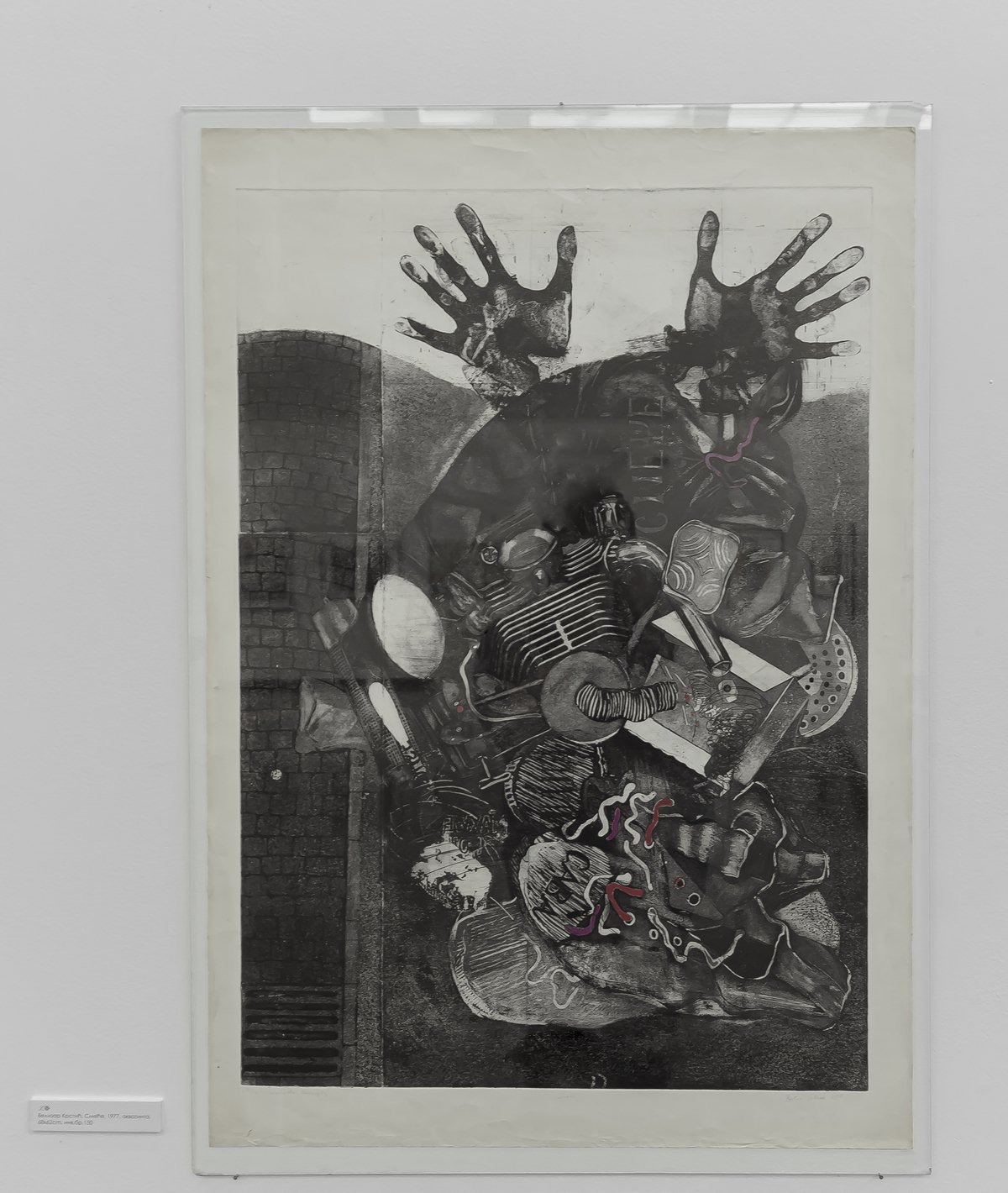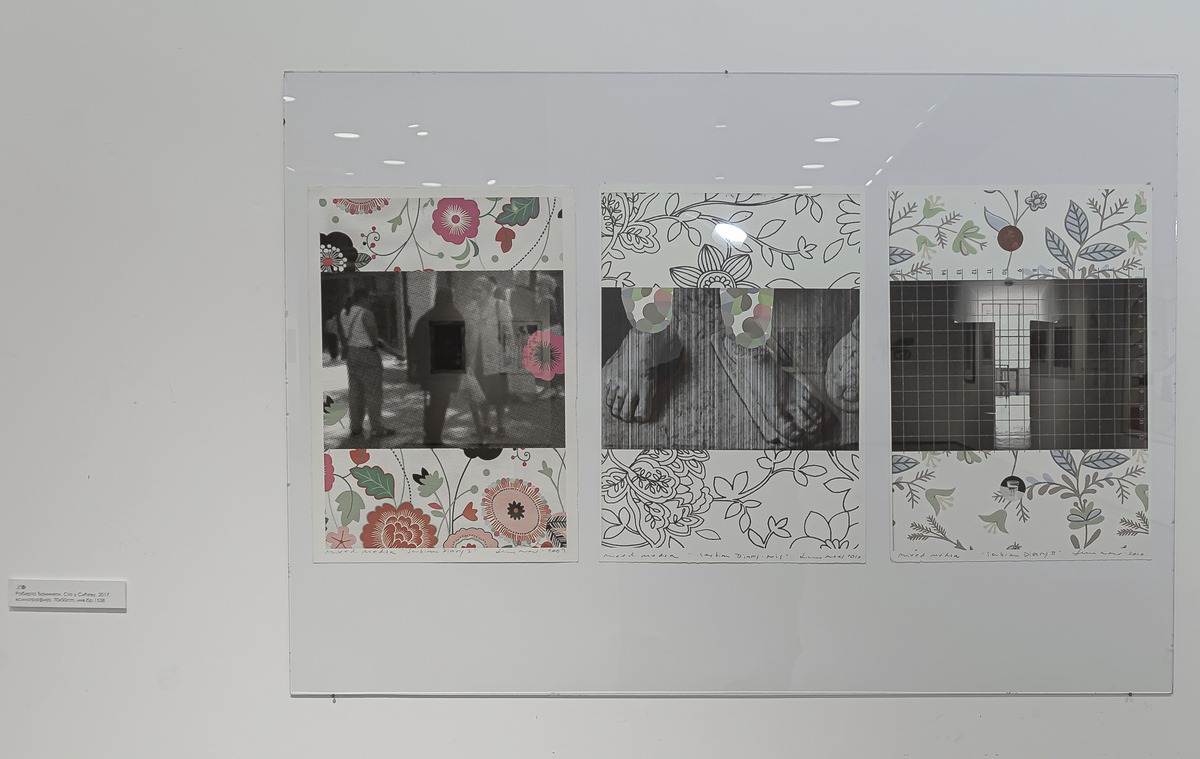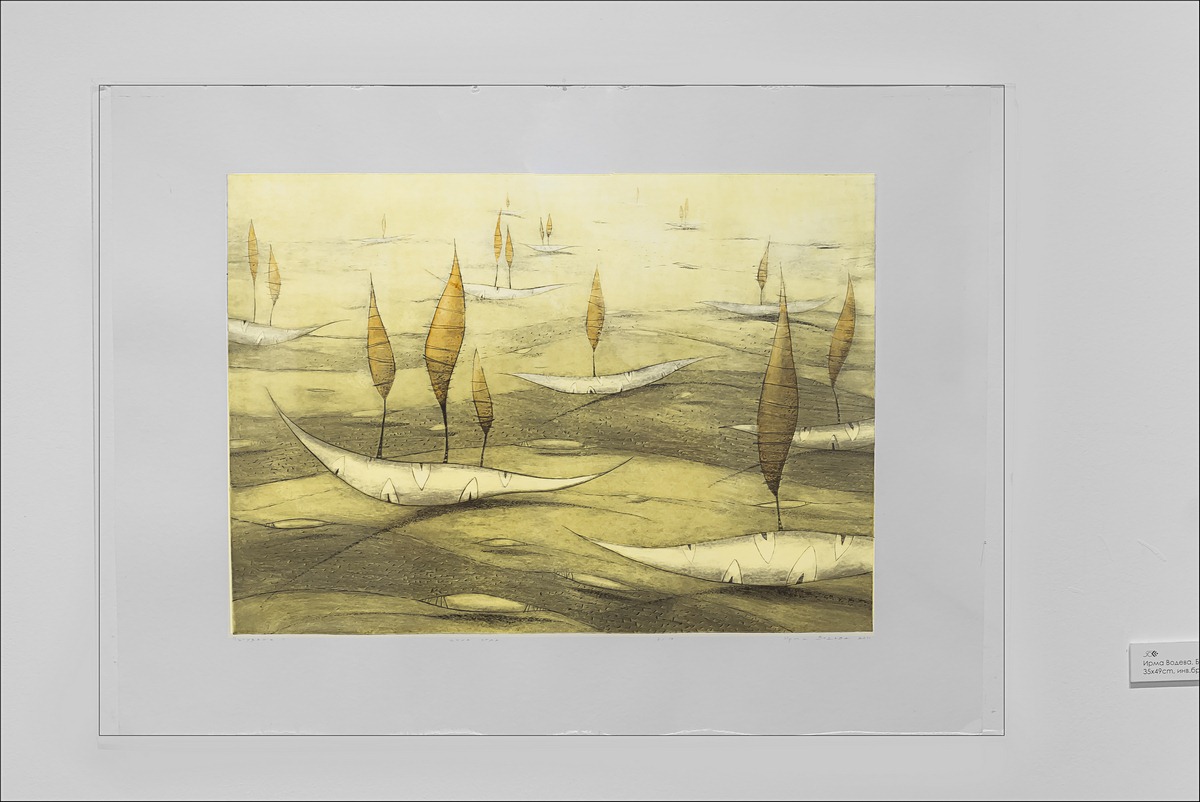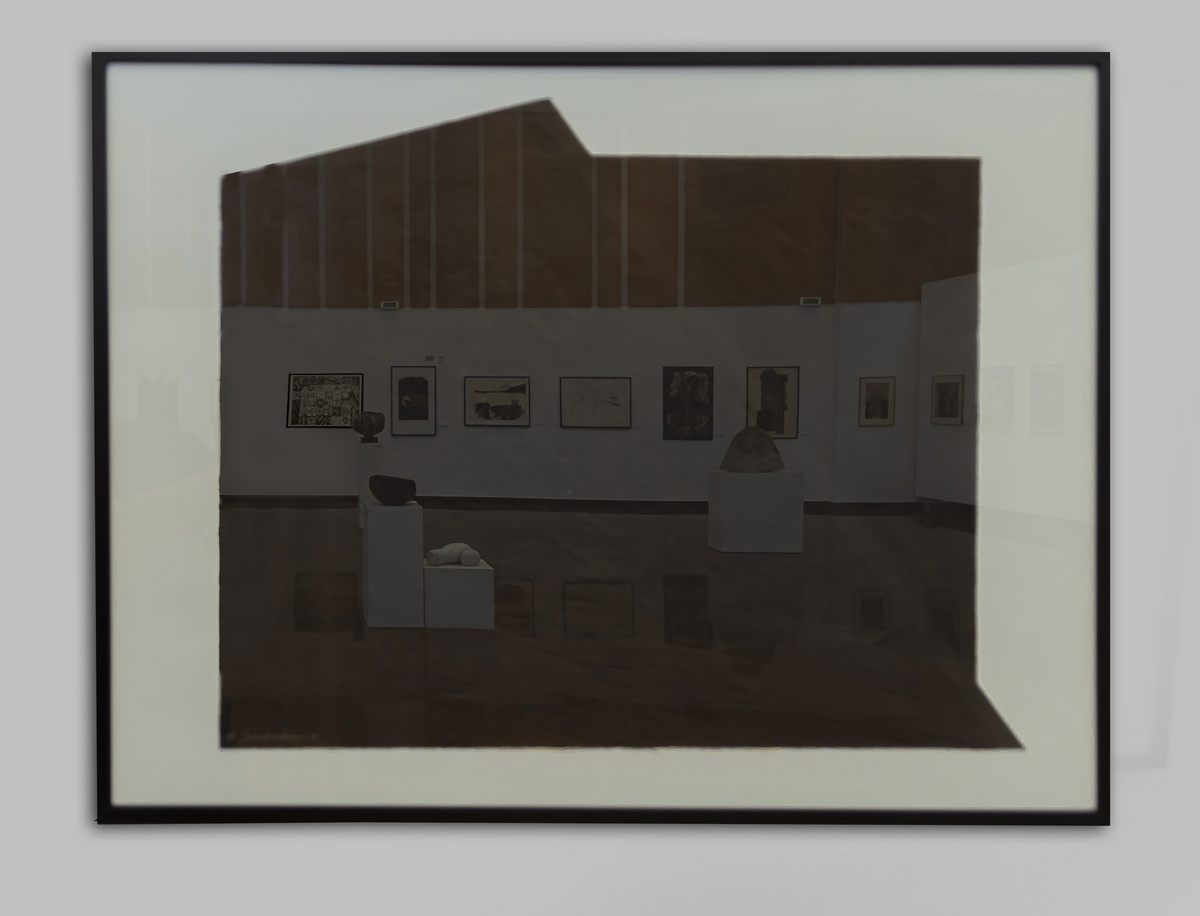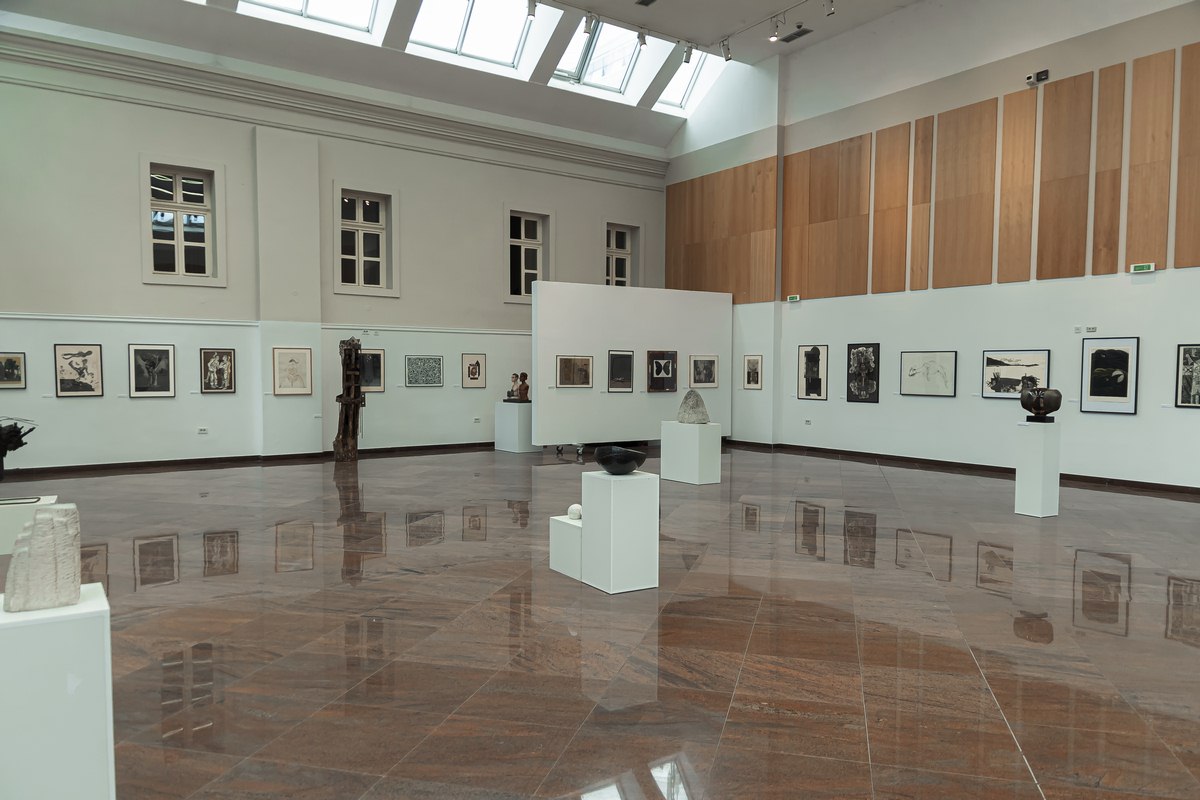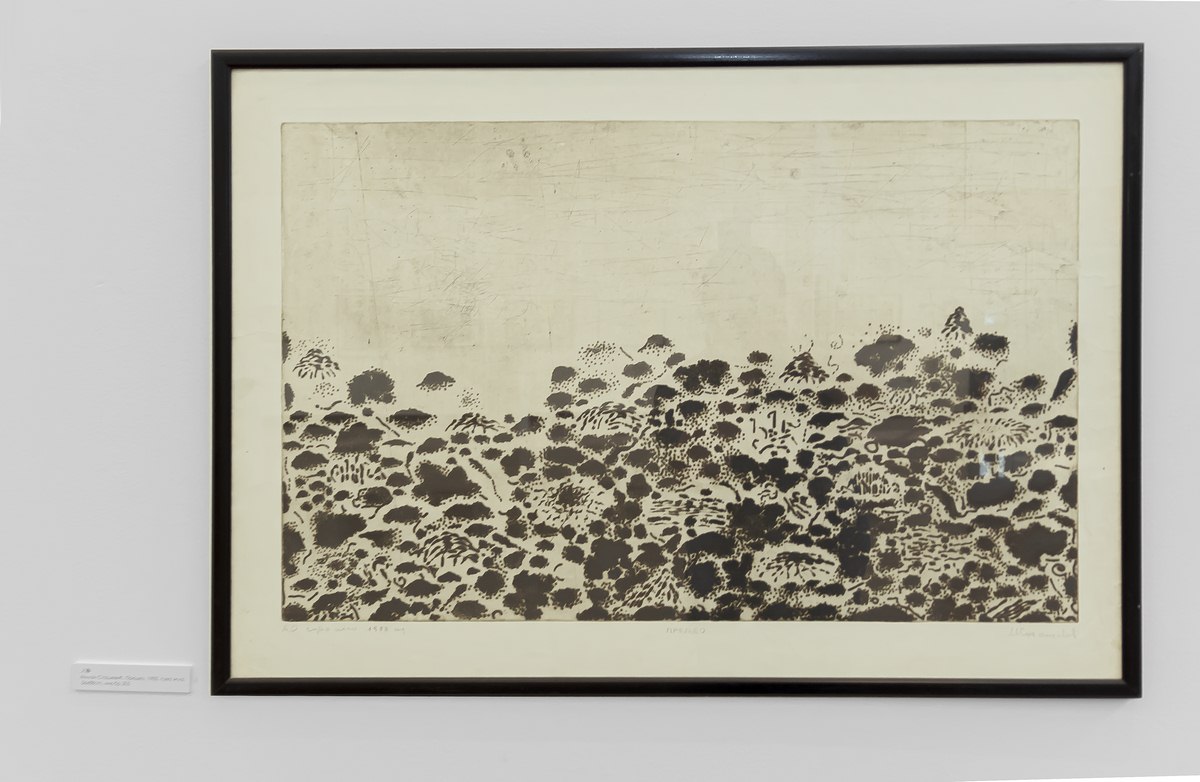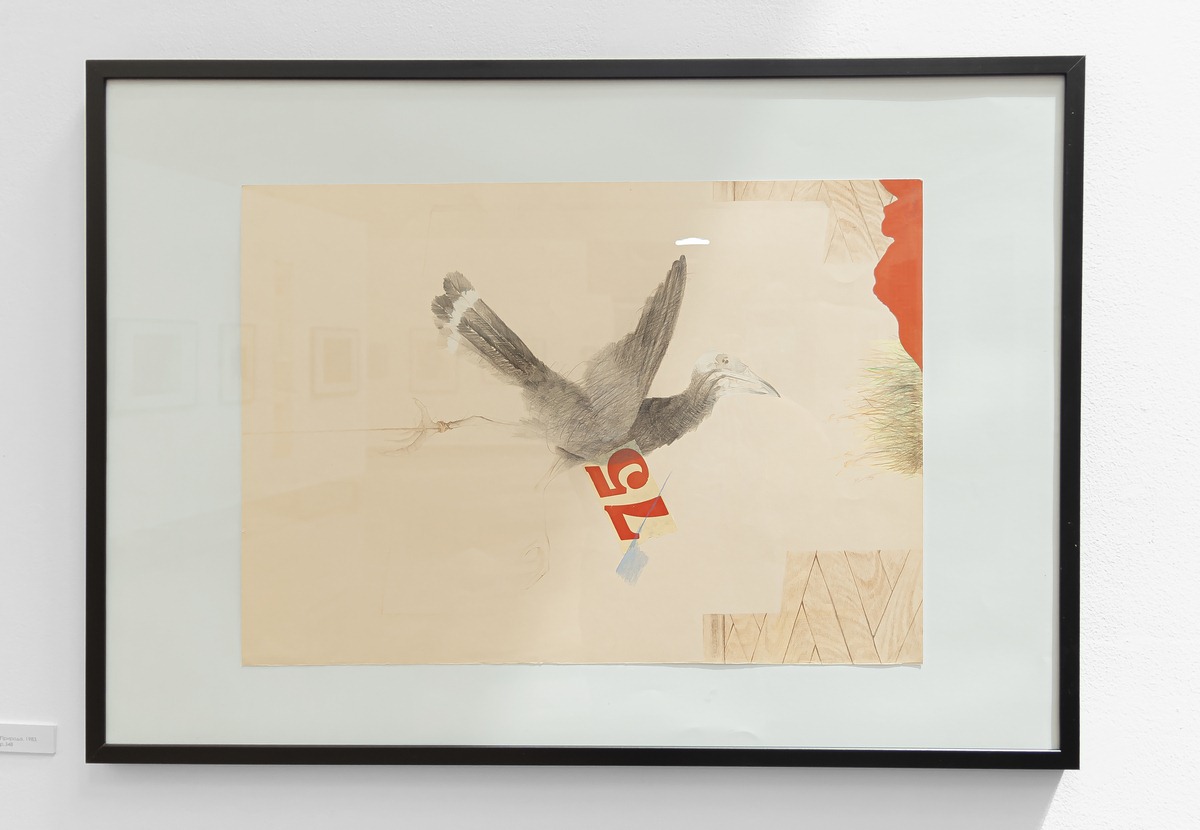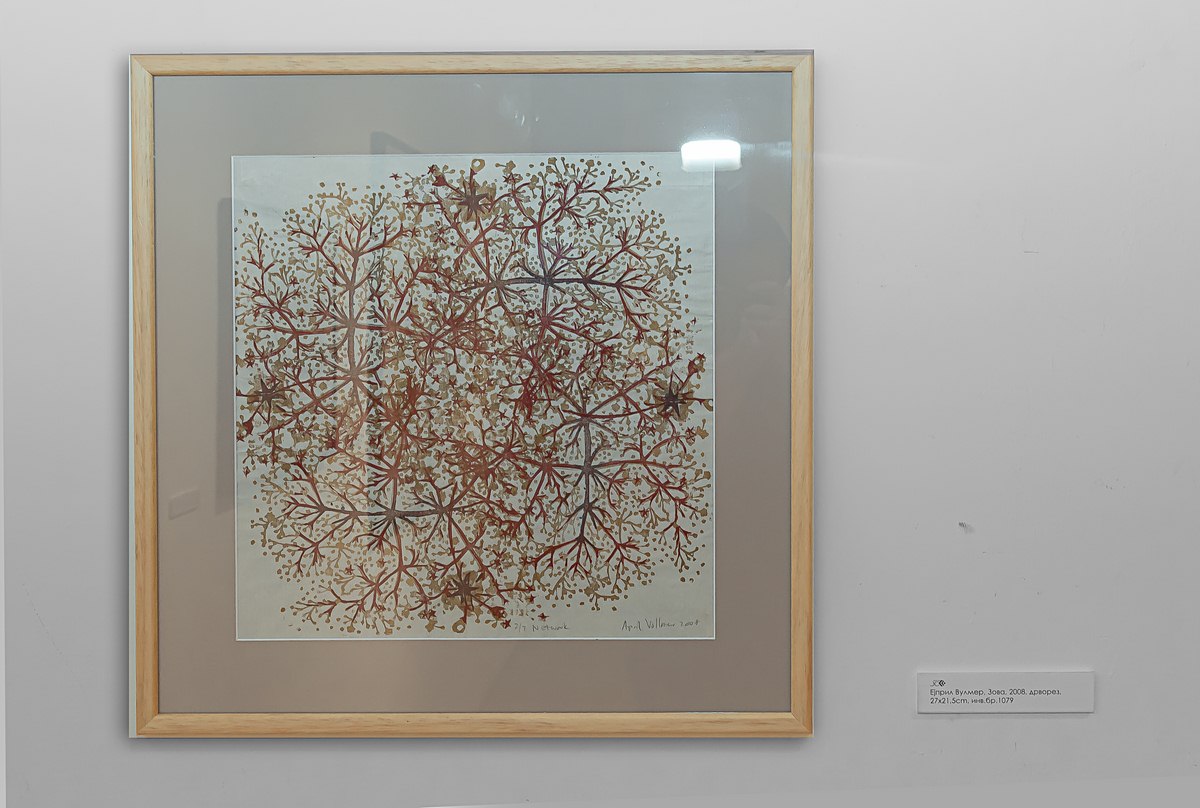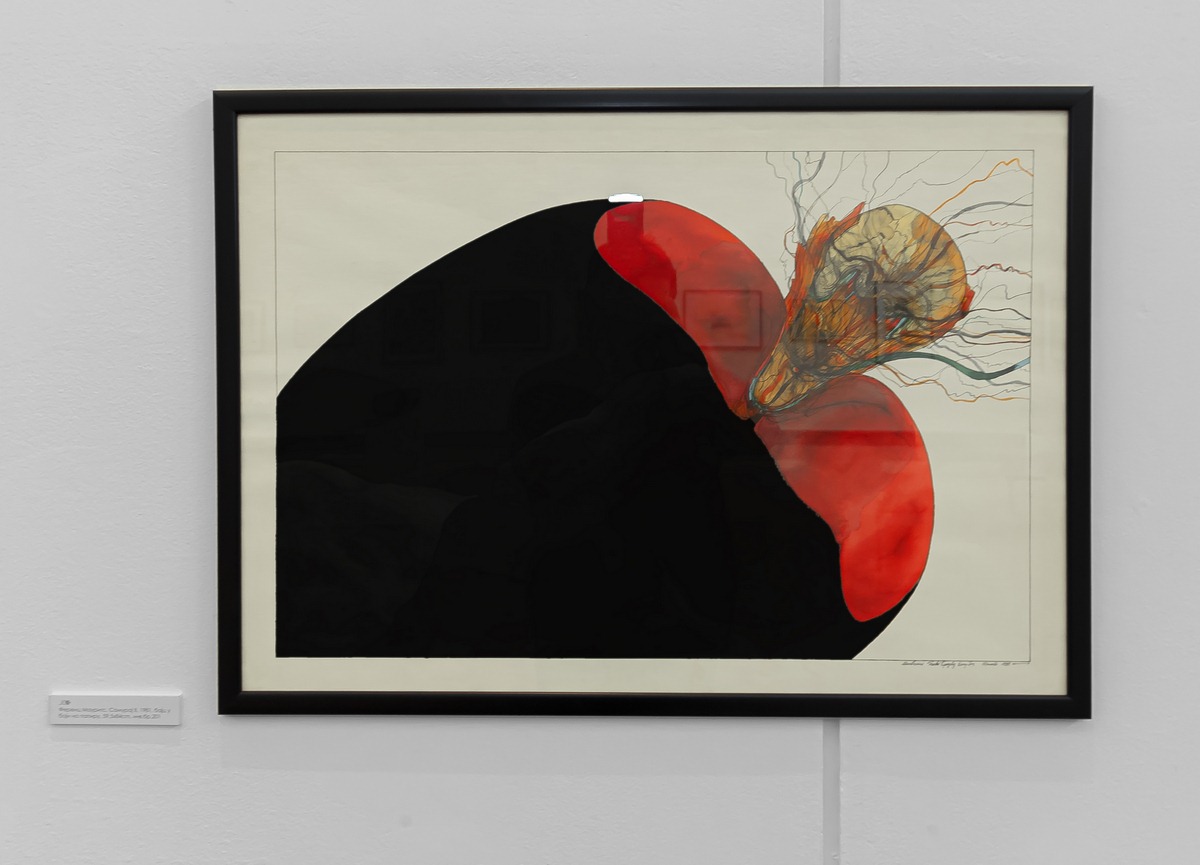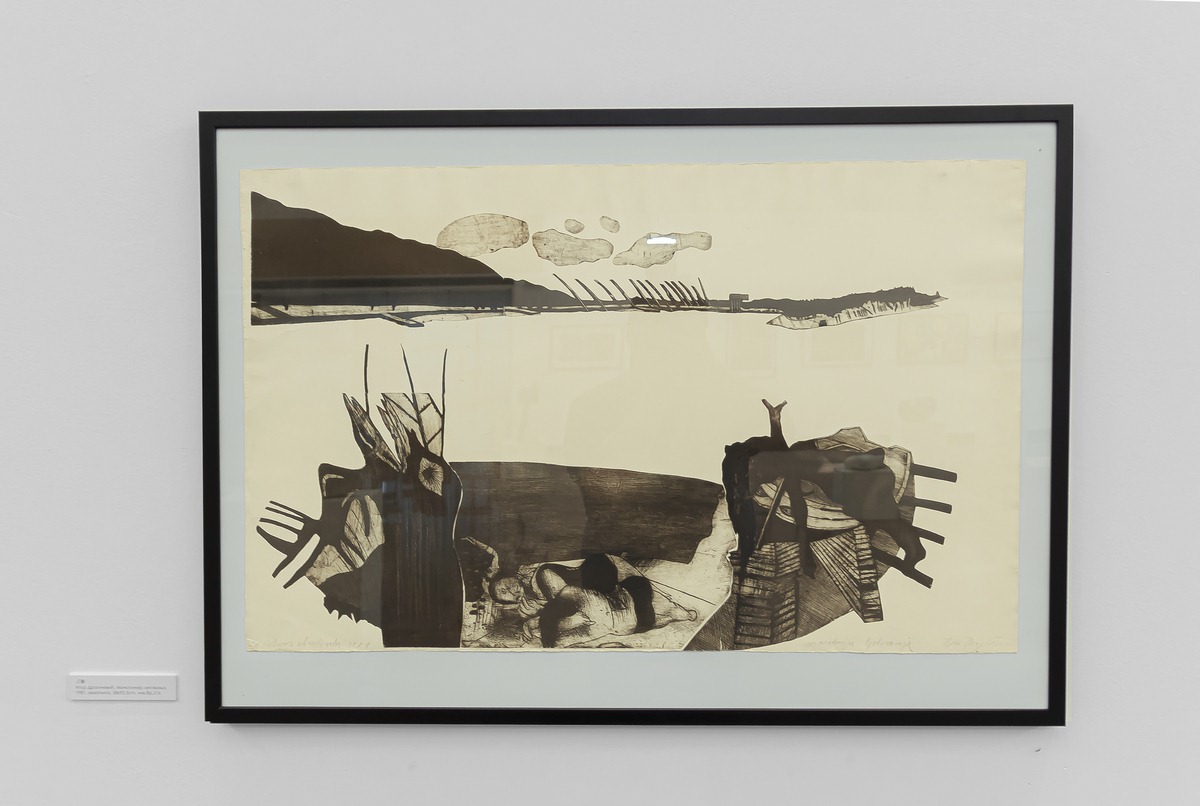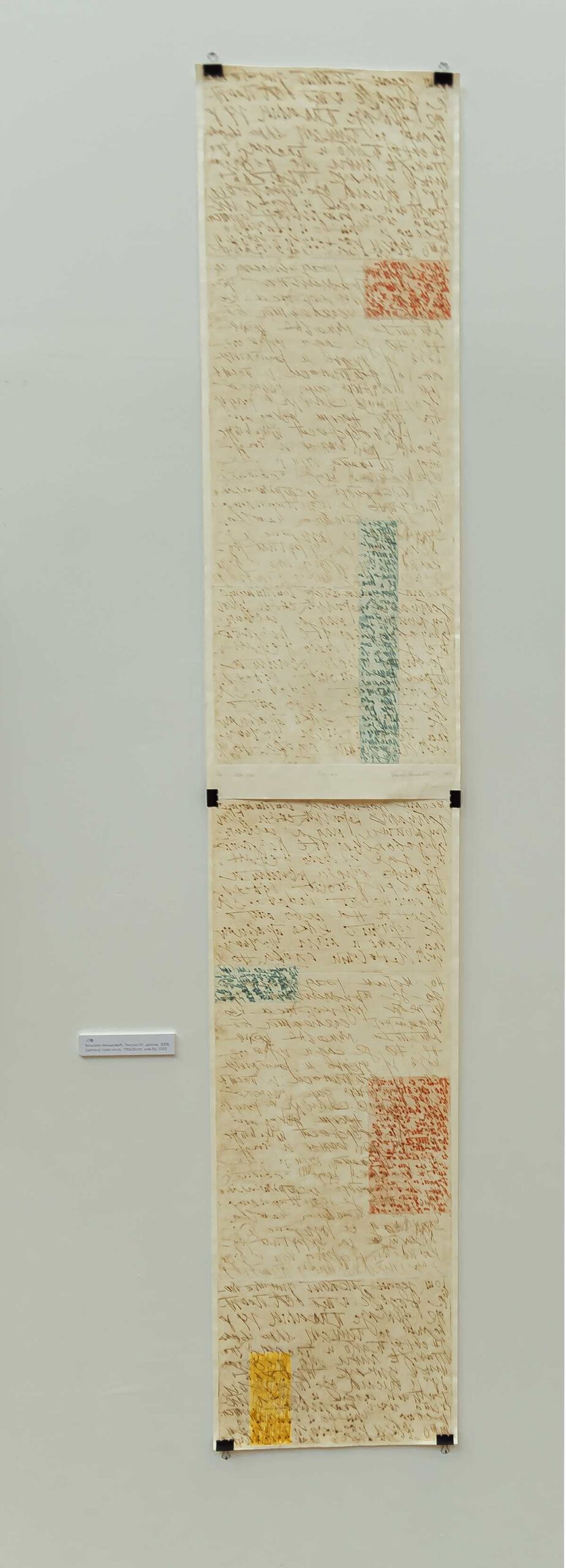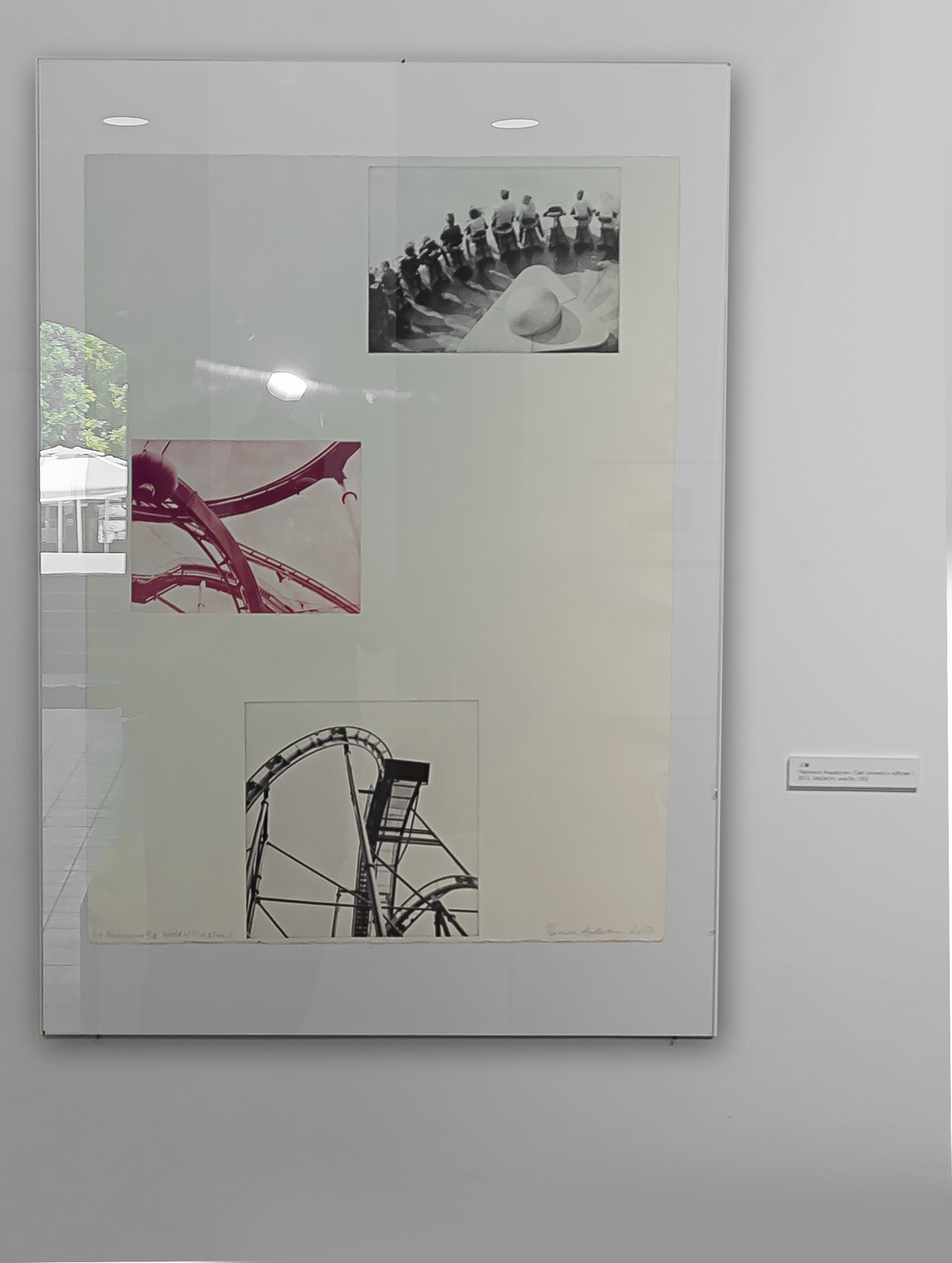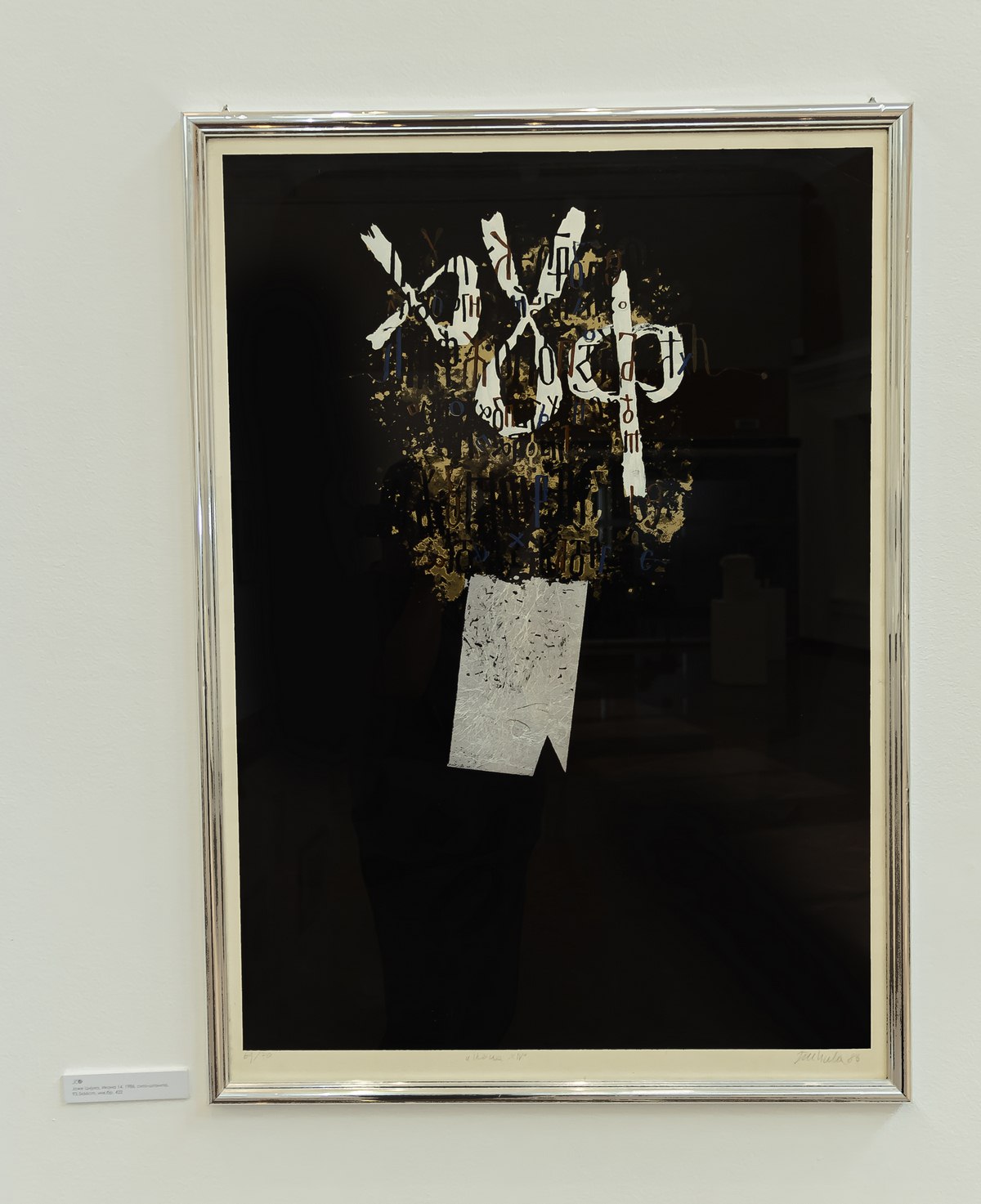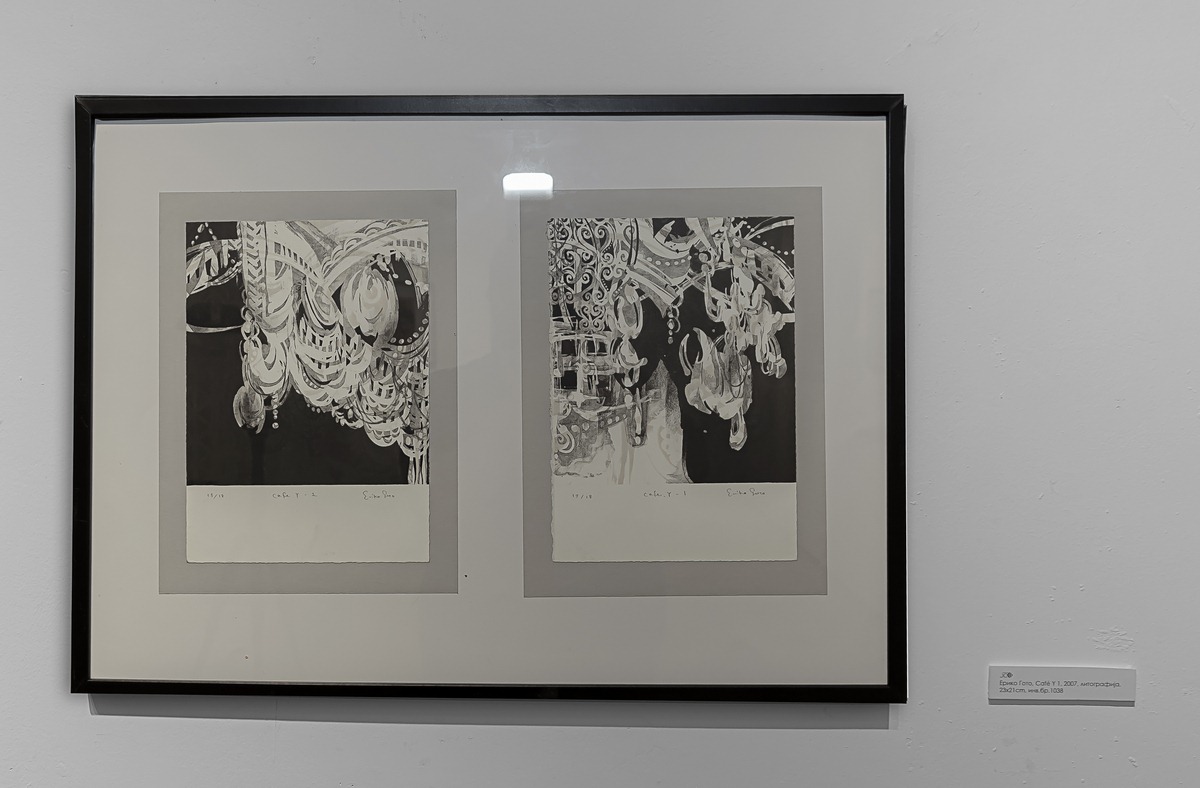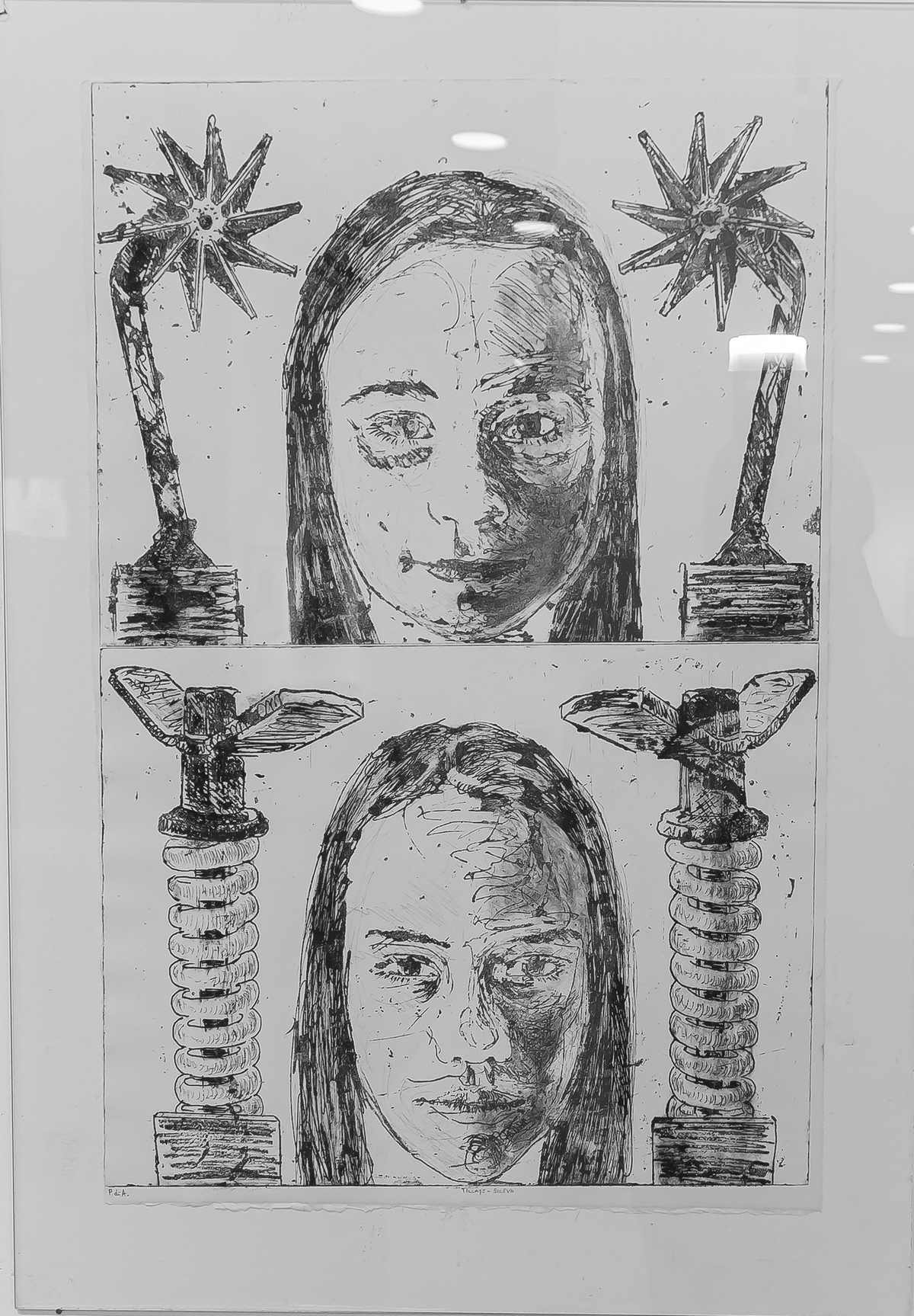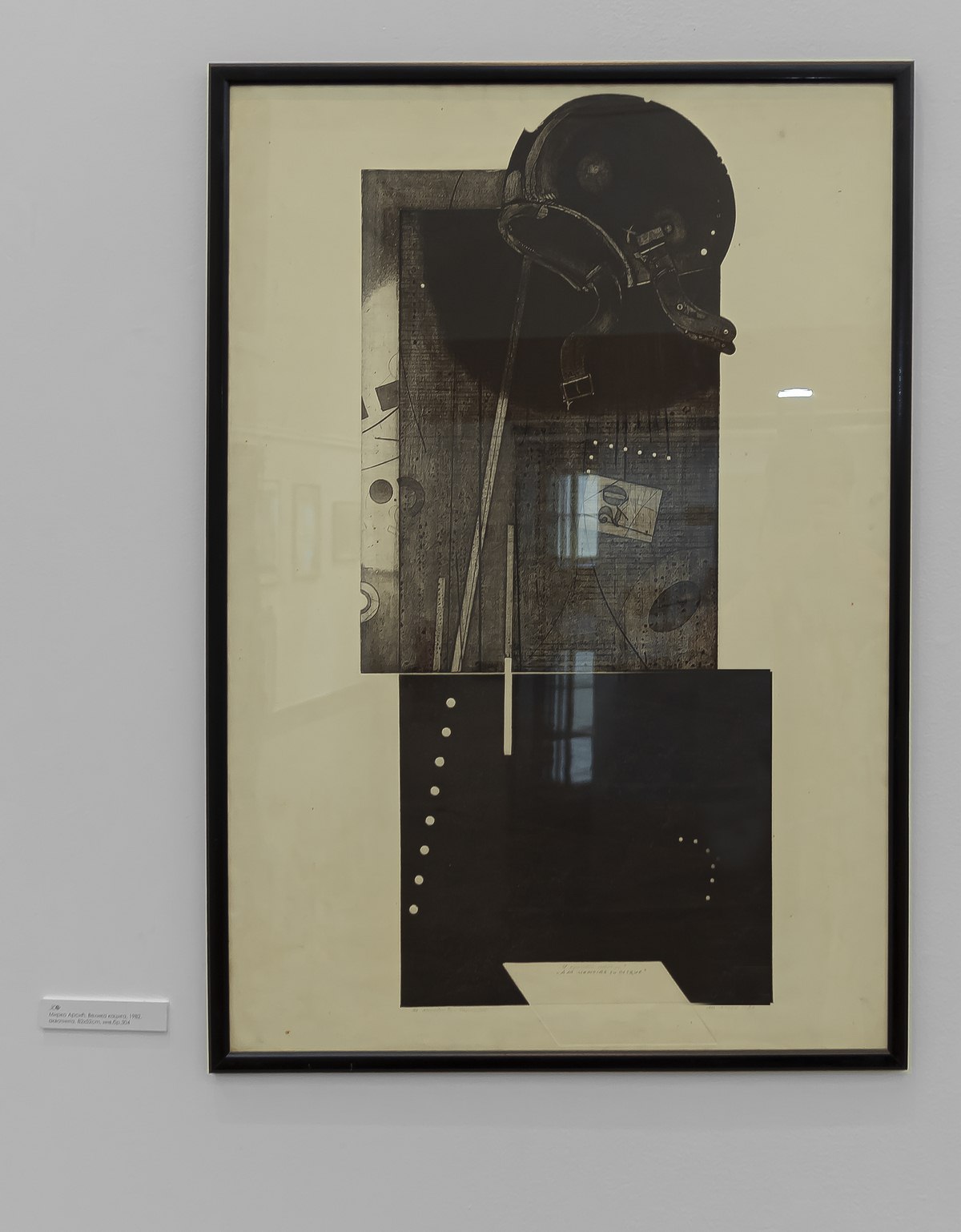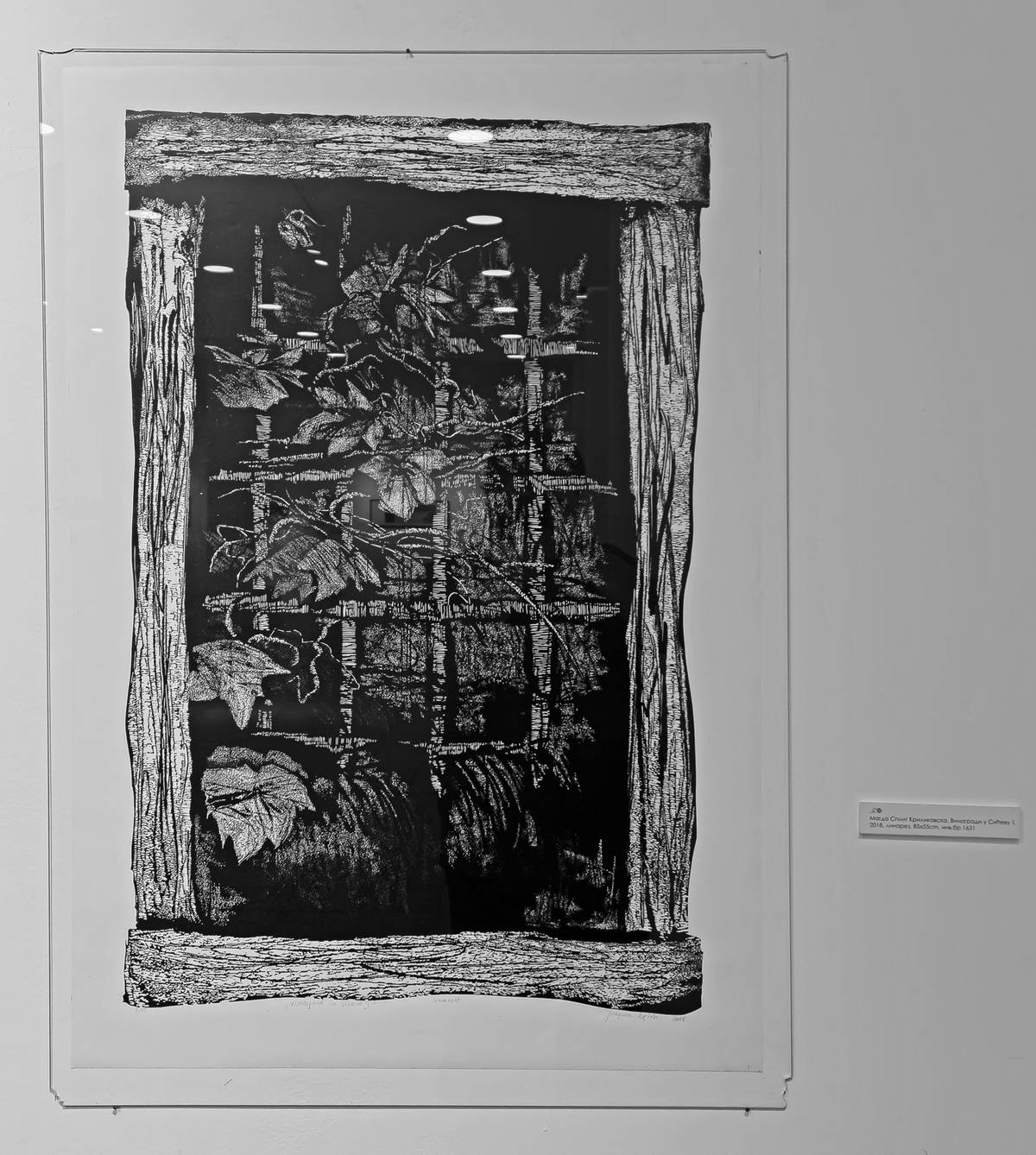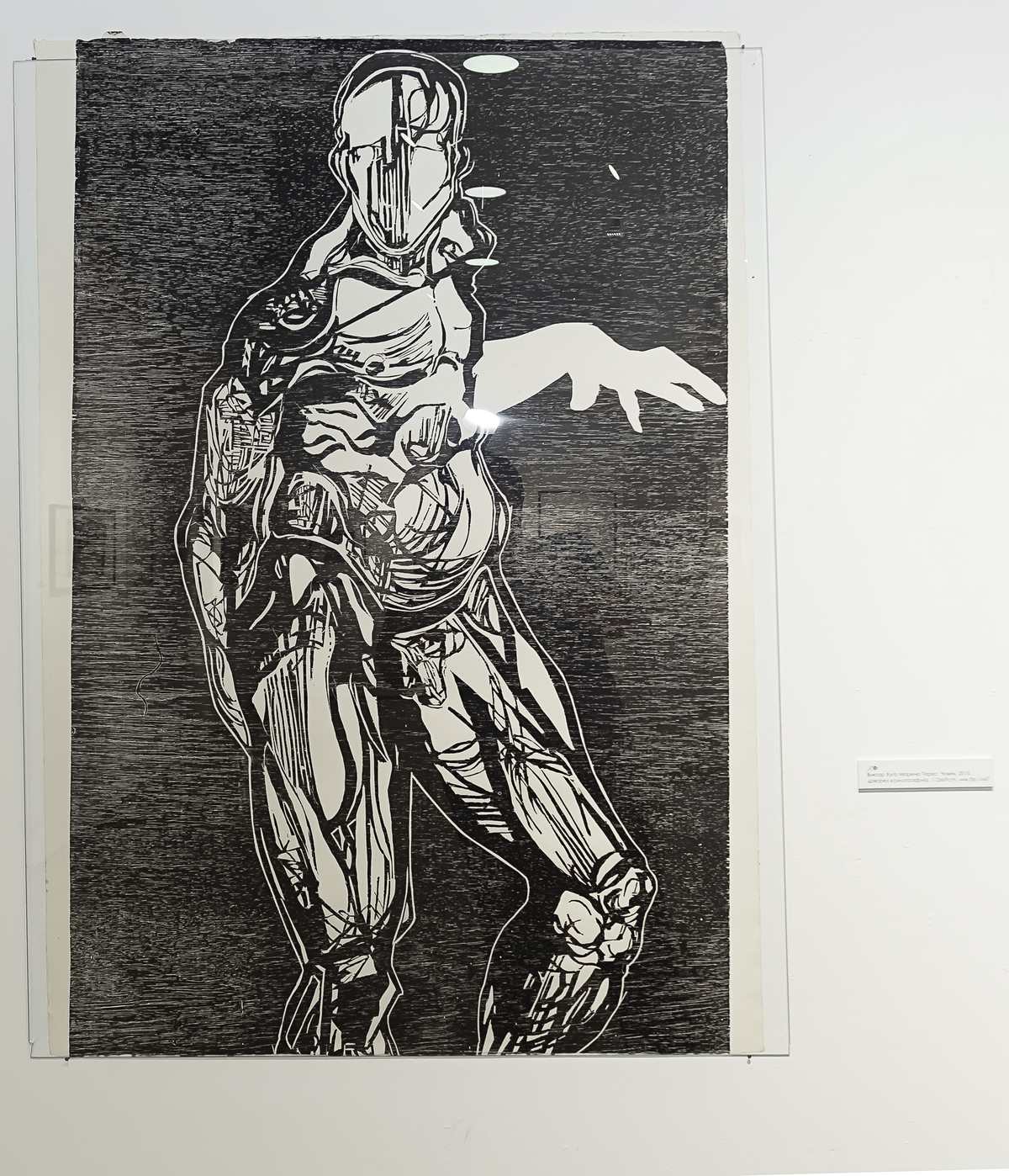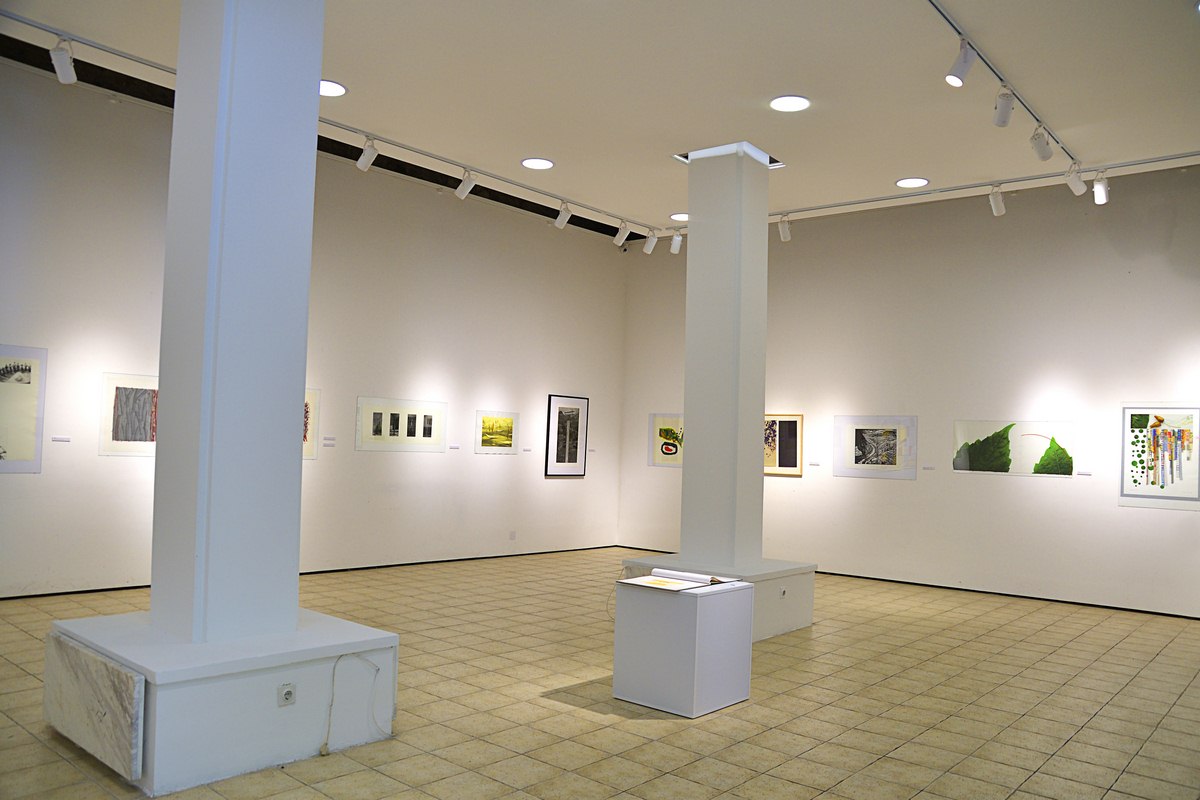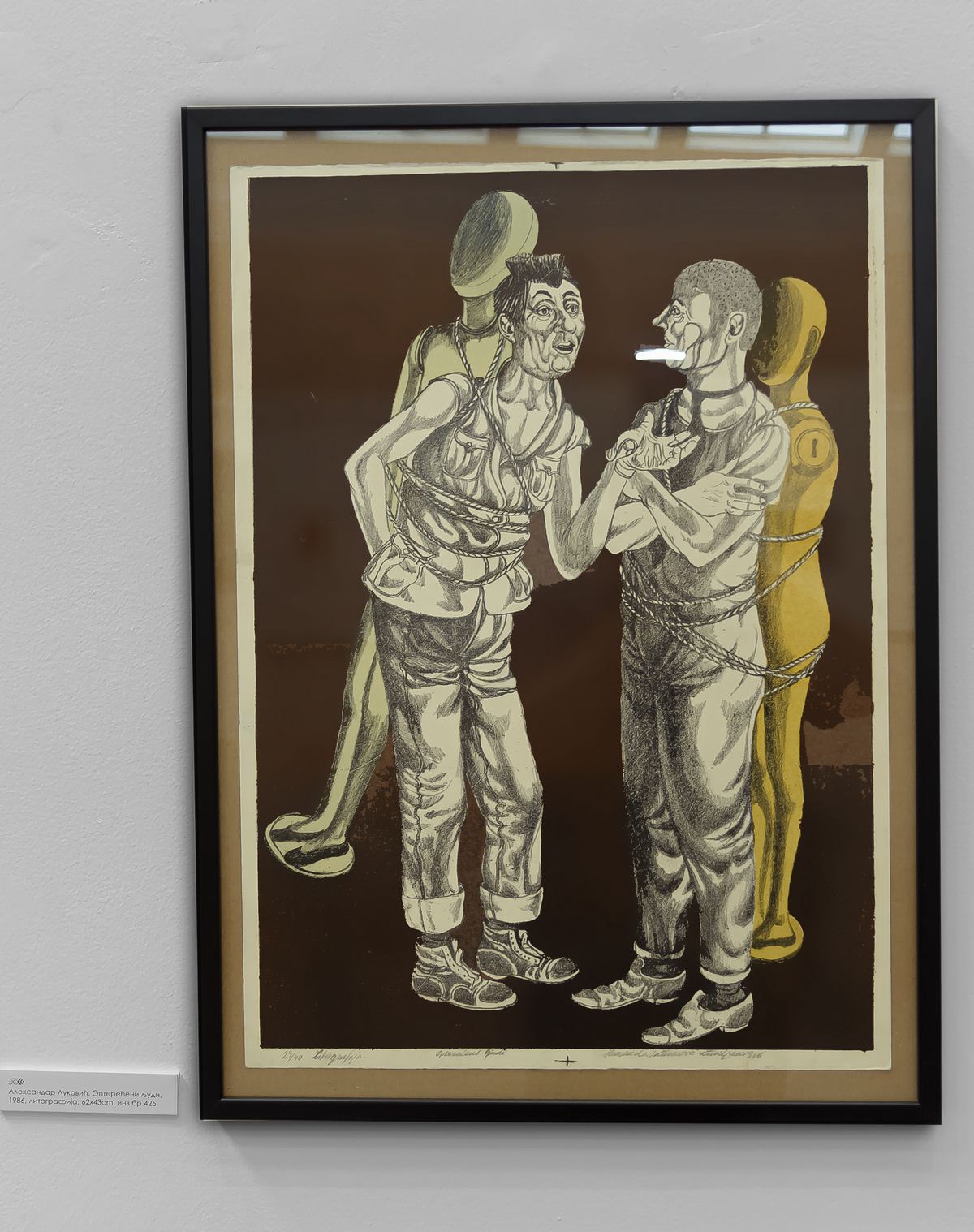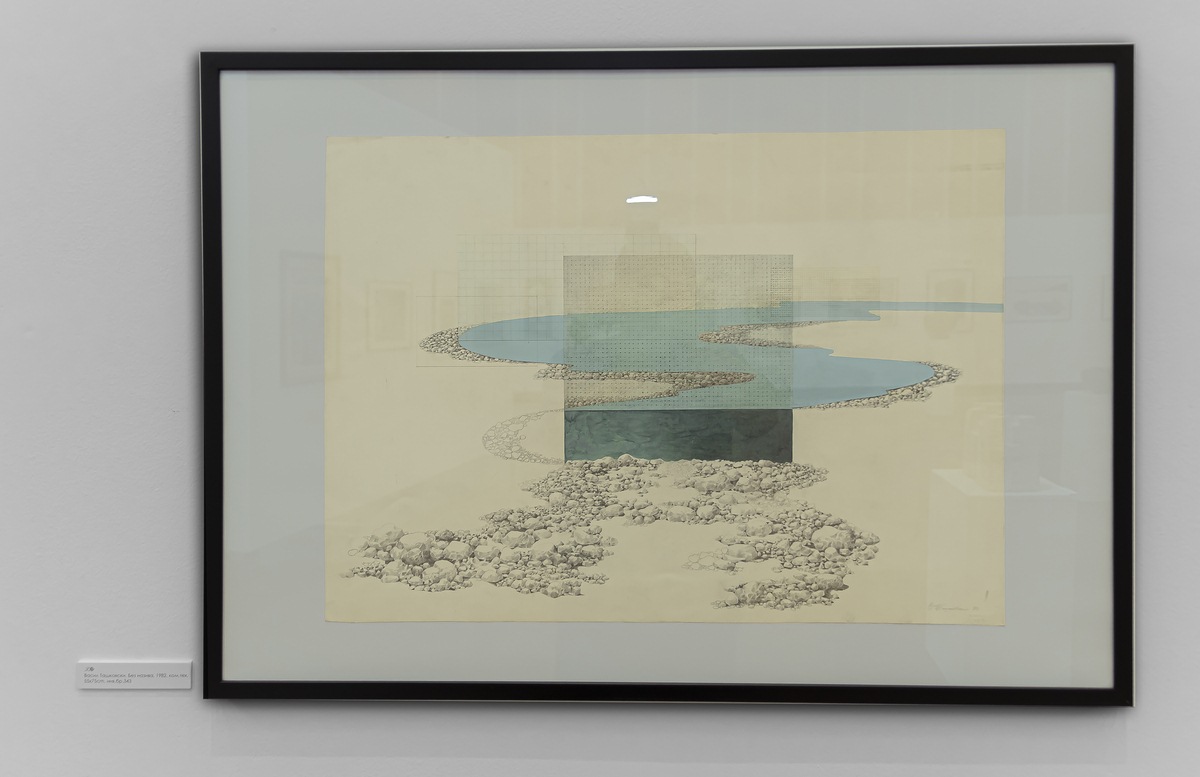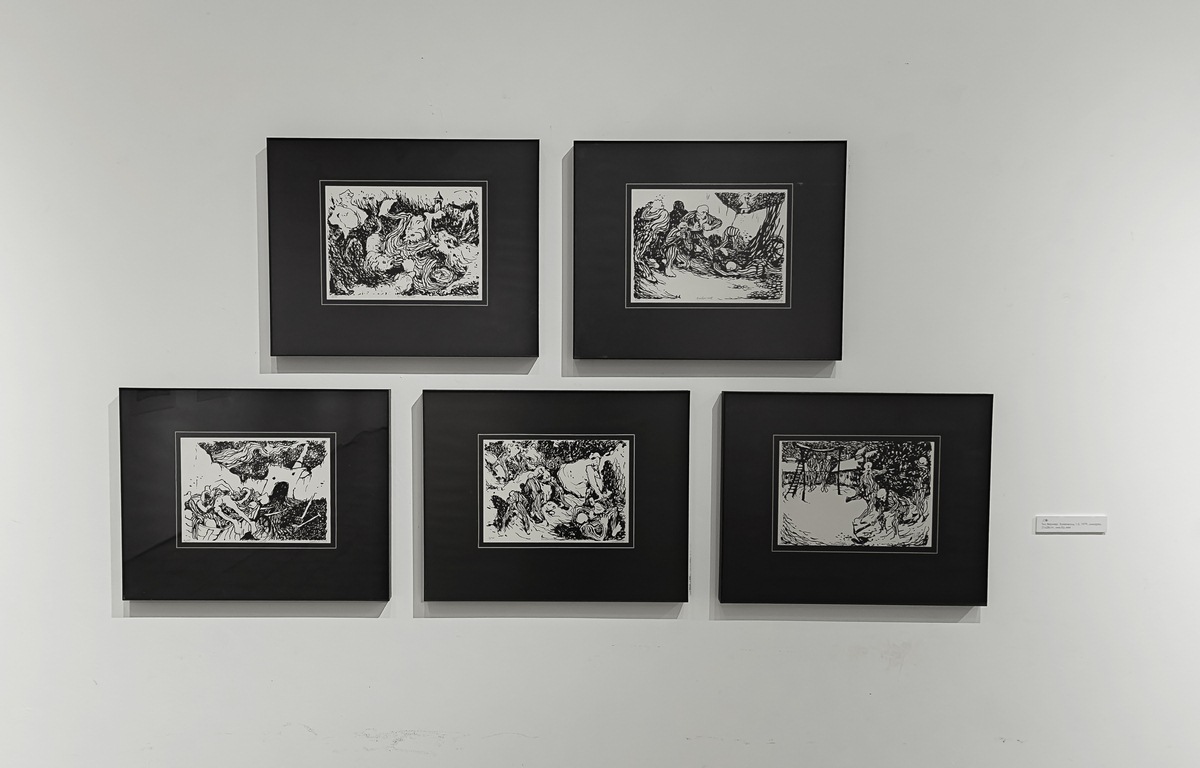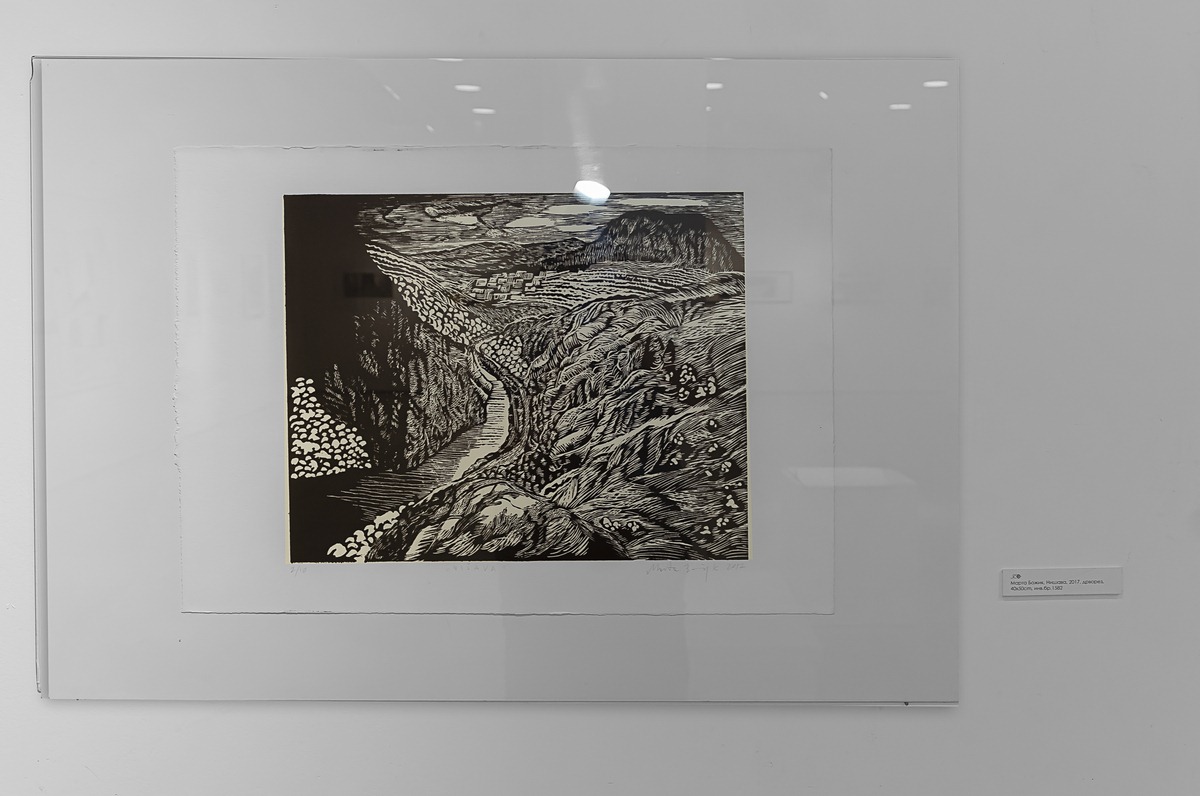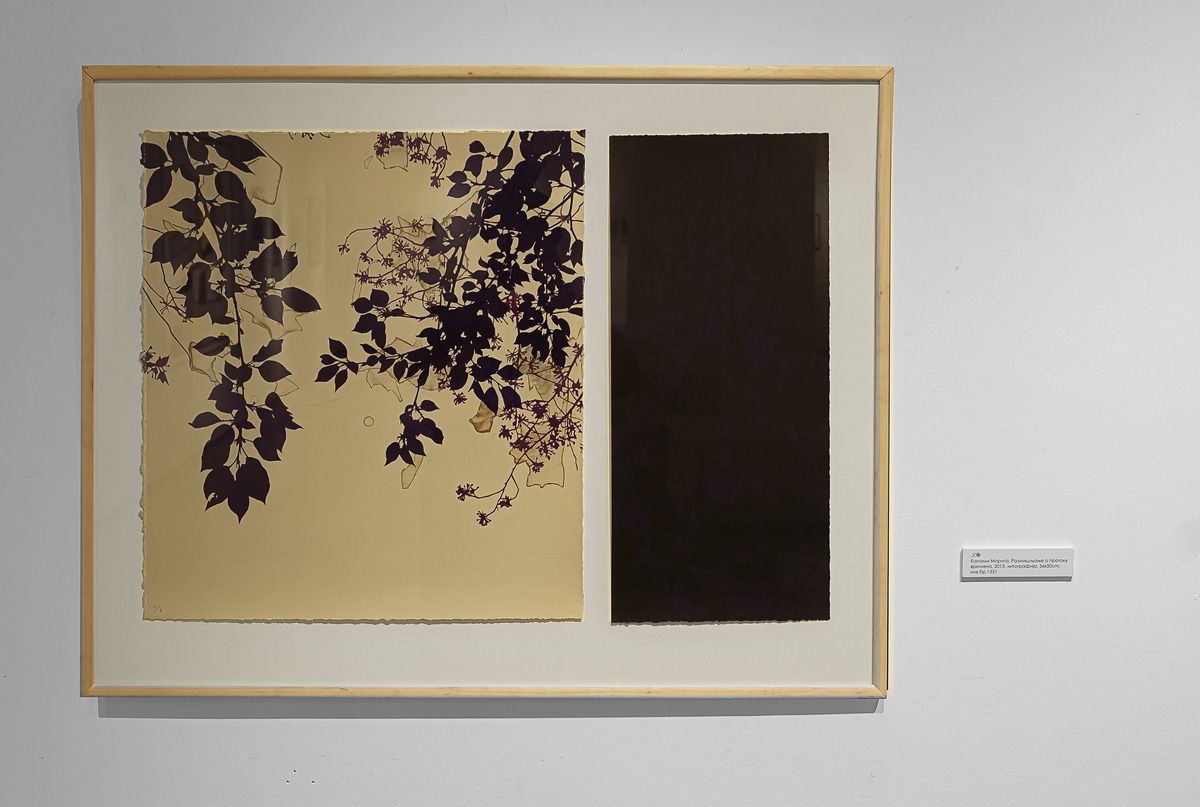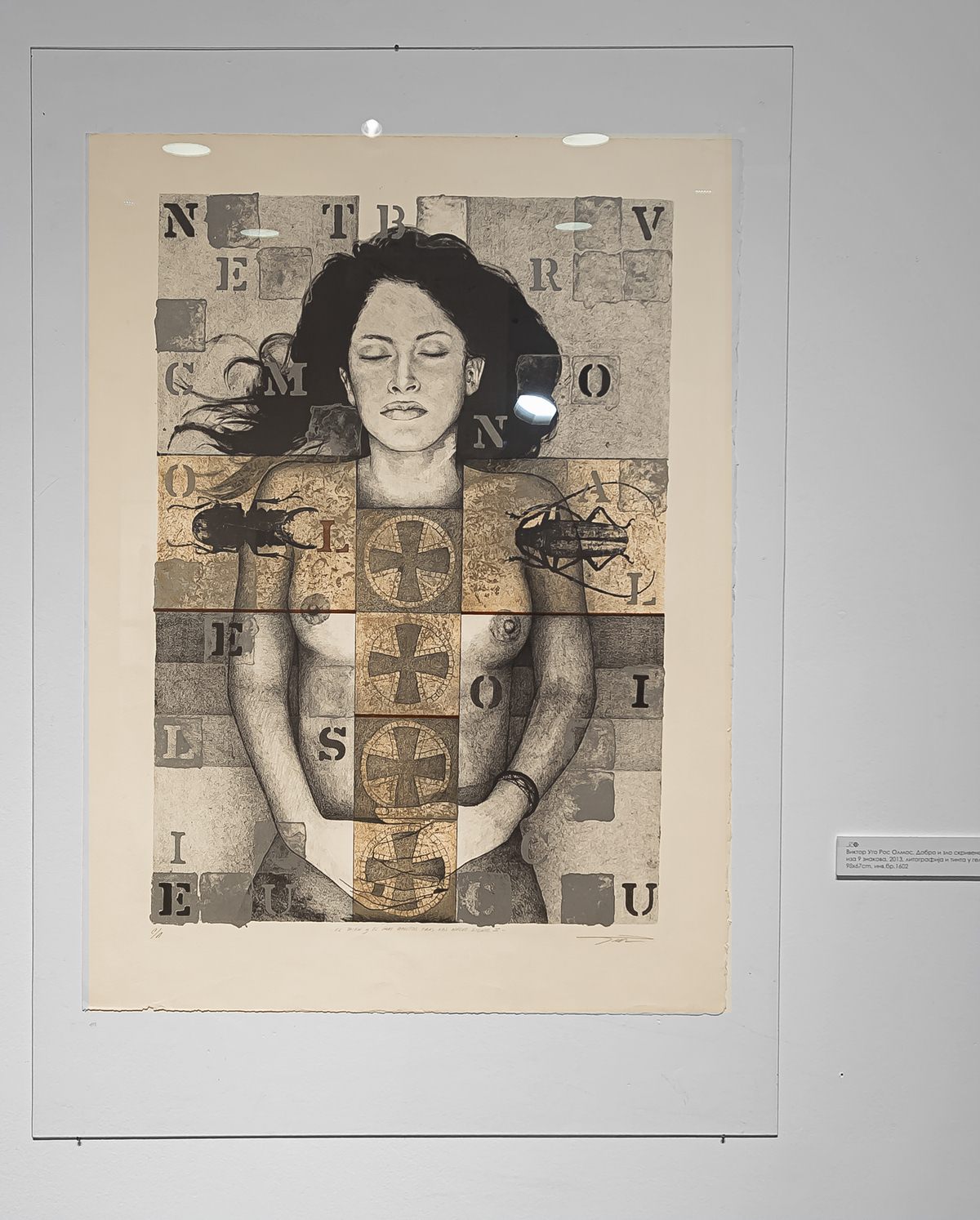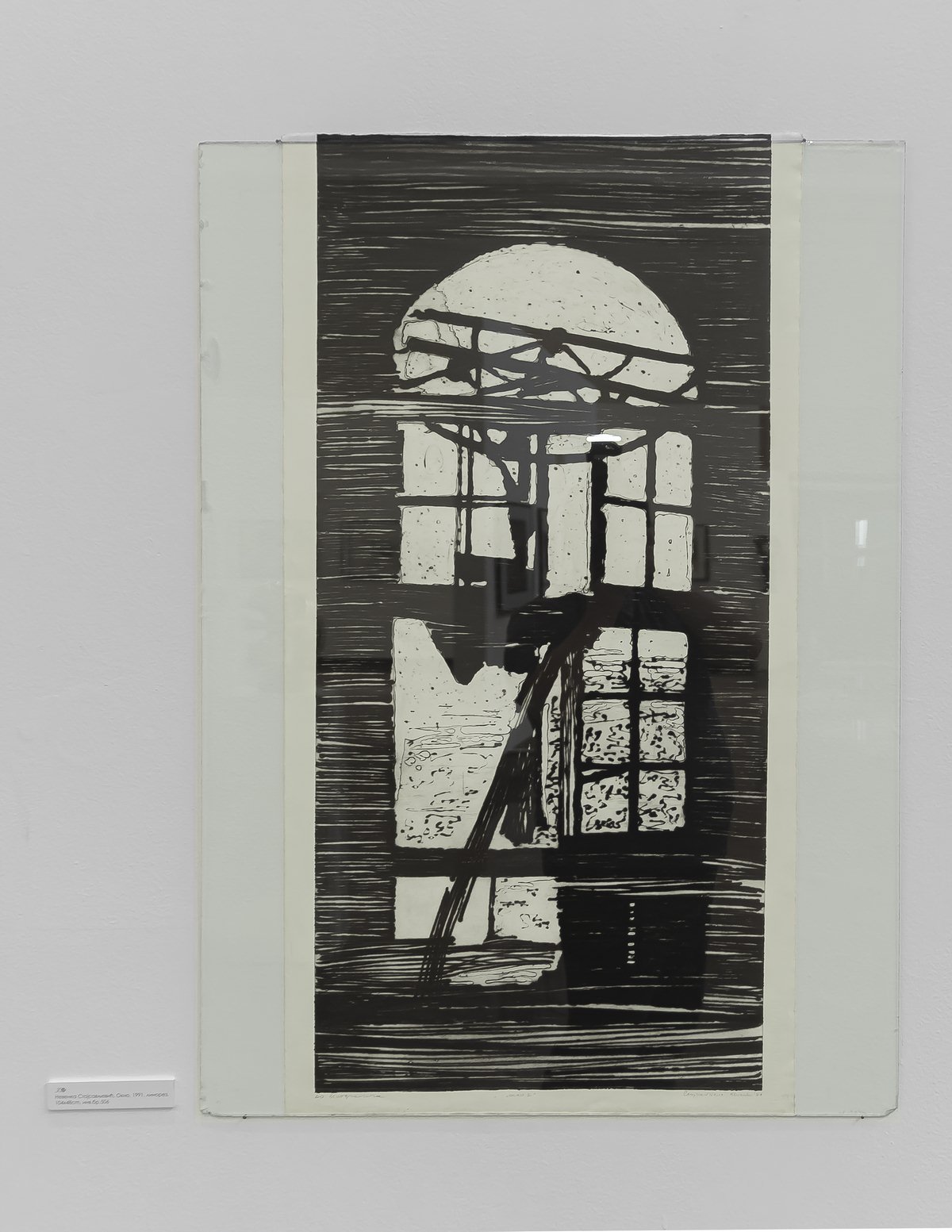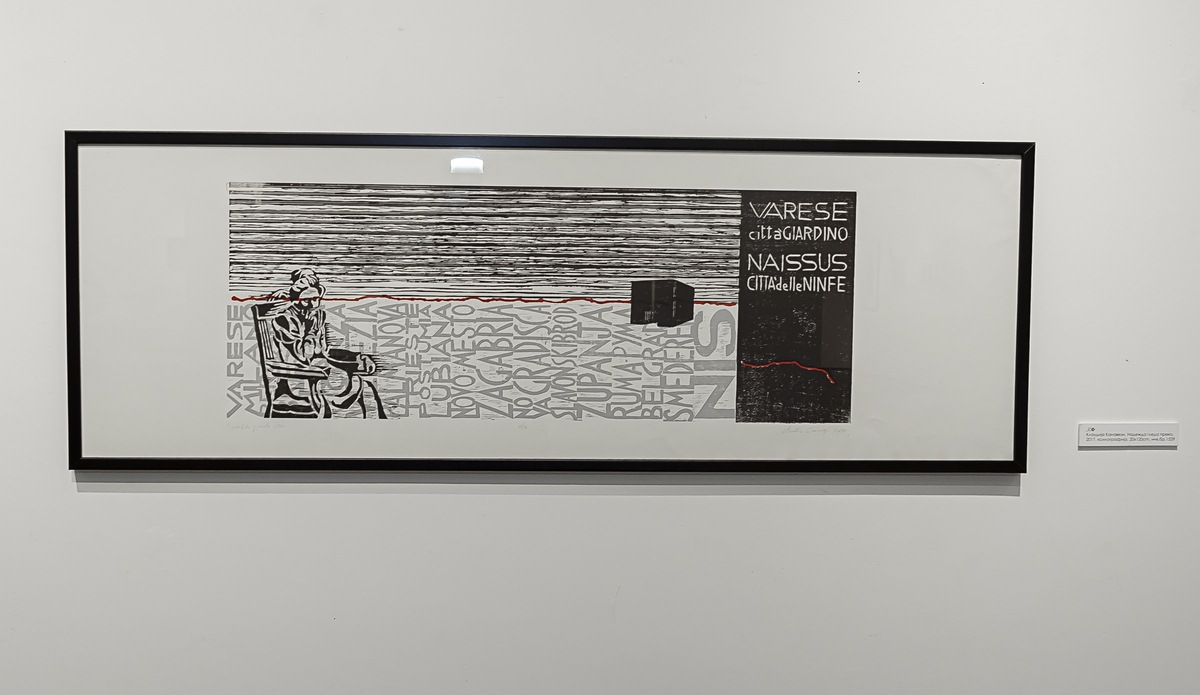THE COLLECTION OF CONTEMPORARY GRAPHICS was formed primarily thanks to the Art Colony Sićevo and then through purchases from ongoing, solo and collective exhibitions. In recent times, the Collection has been filled mainly with individual gifts from artists and since 2005. thanks to the formation of the Graphic Workshop Sićevo. The Collection represents all techniques / from woodcuts, copperplate engravings, linocuts, lithographs, etchings, serigraphy, photogravure, prints and various forms of combined graphics…
Today, the collection provides not only a brief overview of the development of the graphic medium in these areas, but also the latest achievements on the world graphic scene.
The beginnings of a greater representation of graphics as a medium can be found thanks to the efforts of Professor Boško Karanović of the Academy of Fine Arts in Belgrade and several of his colleagues. Starting with the graphic work Banovo Brdo from 1956, the Collection of Contemporary Graphics was gradually formed. In addition to the aforementioned, the collection also includes our eminent artists, starting with the oldest, such as: Božidar Jakac, who, with his woodcut from 1965 under the title Willow, emphasizes traditional artistic values in the spirit of lyrical realism. The Sićevo art colony also played a major role in this regard, and then the purchases from ongoing solo and collective exhibitions during the seventies and eighties. Halil Tikveša and Emir Dragulj, with their works in the Collection, are included in neo-surrealist trends, Branko Miljuš dissolves form, studies the content of geometric shapes, building new spaces. While Milan Stašević, winner of the award of the Sićevo art colony in 1984, for graphics, he strives for a simplified, rhythmic form, Bogdan Borčić, an artist from Slovenia whose work was purchased from a solo exhibition in 1985, emphasizes the aspiration towards technical perfection, primarily in etching and aquatint, as well as the ultimate conciseness of visual elements, having reached the radical purity of geometric form, Jože Ciuha, in that period, continued his research related to Byzantine art. In addition to the aforementioned, the Collection gained in quality with a significant gift from the owner of the Viskonti Gallery in Ljubljana, Lazar Vujić – a graphic work by our famous artist Dada Đurić.
In recent times, the collection has been filled mainly with individual gifts from artists, and since 2005. thanks to the formation of the Sićevo Graphic Workshop. By adapting a special space in the building of the Art Colony and purchasing a graphic press, conditions for work were soon created. Over the past years, the aforementioned idea has proven fruitful both for the gallery’s collection itself and for the presentation of contemporary graphic production.
Today, the collection contains works by Serbian and foreign authors, providing not only a brief overview of the development of the graphic medium in these areas, but also more recent achievements on the world graphic scene.
DRAWING COLLECTION
The SLU Gallery in its Fund contains drawings that were mostly created in the Sićevo Art Colony.
The collection includes artists whose works allow us to follow the development of drawing techniques from the seventies to the present day.
A special curiosity in the Fund of the Gallery of Contemporary Art in Niš is the block with drawings as a kind of sketches or diaries of notes by participants of the Sićevo Art Colony from 1970 to the present day – which contains names such as Ivan Tabaković, Stojan Ćelić, Mića Popović, Radomir Reljić, Bože Ilić – where each of these artists records interesting moments and the positive atmosphere of everyday socializing in Sićevo. The famous artist Dobri Stojanović emphasizes that for him, the line is not just a means by which the artist explains the world, but begins to explain itself – which is best seen in his drawing from the Sićevo Art Colony in 1976.
The Collection contains a drawing by our famous journalist and painter Zuka Džumhur, who, while staying in Sićevo in 1972, drew a portrait with light, confident lines.
Prof. Dr. Pavle Vasić, as an honorary guest of the Colony in 1981, donated a crayon drawing in the form of a portrait of his colleague-sculptor Jelisaveta Šober Popović to the Collection. In a similar manner, Nevenka Teokarevic created a series of portraits of her colleague Miroljub Aleksić /Sićevo 1988./.
Peđa Milosavljević’s colored drawing depicting the famous Rialto Bridge in Venice (Luzern Colony Fund) stands out with its exceptional ease, sure strokes, and incredible power of expression. The collection continues to be filled over the years with drawings created in the Sićevo art colony. Among others, there are works by Dušan Đokić (Sićevo 2004), who, with a dynamic interweaving of lines in bright colors, highlights his own complex thought process. Milica Stevanović (Sićevo 2006) emphasizes the role of line as the basic, leading means of expression in her artistic expression. Radovan Kragulj continues his earlier artistic research (Sićevo 2007), based on experiments that break away from the classical understanding of drawing.
In the same year, Veselin Drašković, staying in Sićevo in 2007, strives to retain certain traditional dimensions in the medium of drawing on the one hand, and on the other hand, a completely new approach and atmosphere.
Starting from the skillful experimentation with various materials of Ordan Petlovski from 1970, which depicts the organic-biological character of Art Informel, or as a possibility of freeing the artist from all established clichés, as is the case with Robert Mason, from Canada in 1997, through the colored drawings and collages of Slobodan Jelisijević, the dramatic gestures of Velizar Krstić /1999/ to the thoughtful lines of the professor from Japan Kenji Nagai /2003/. Completely on the side is Cvetko Lainović, who in his manner with a few reduced lines draws a female nude in one breath with almost childish naivety.



